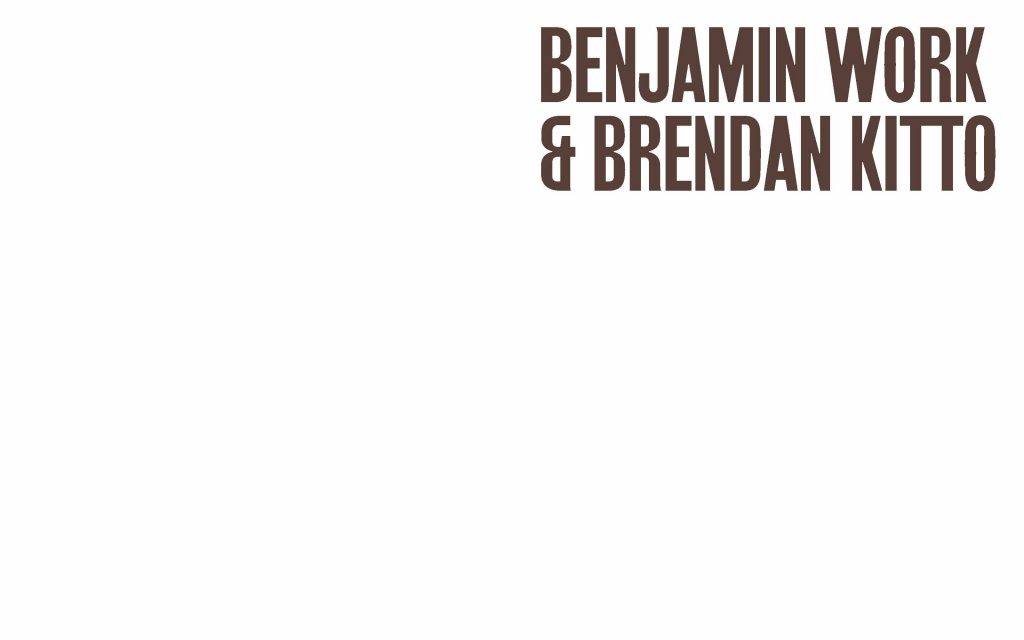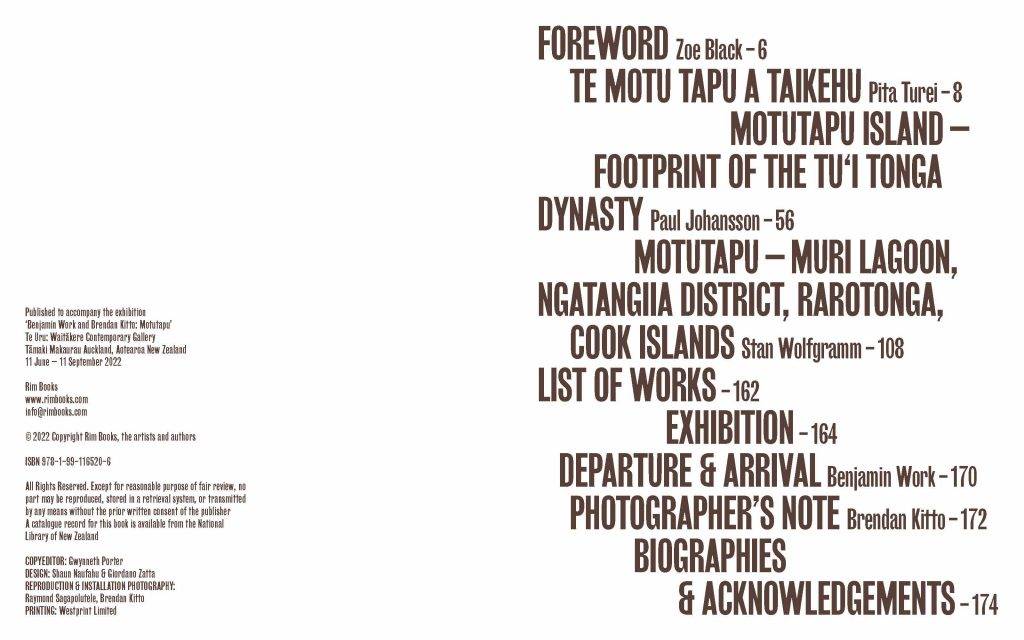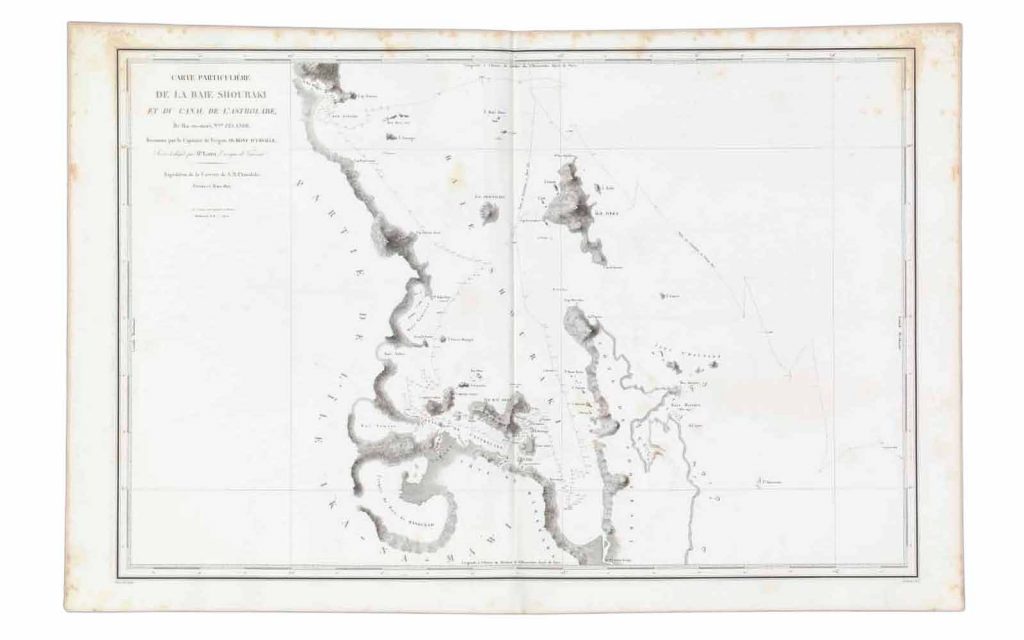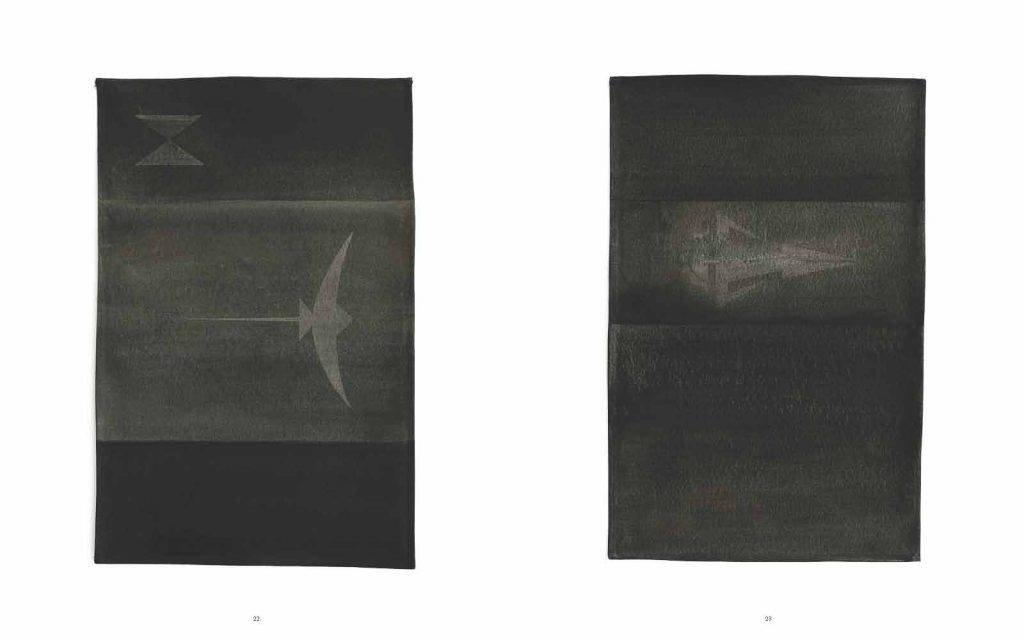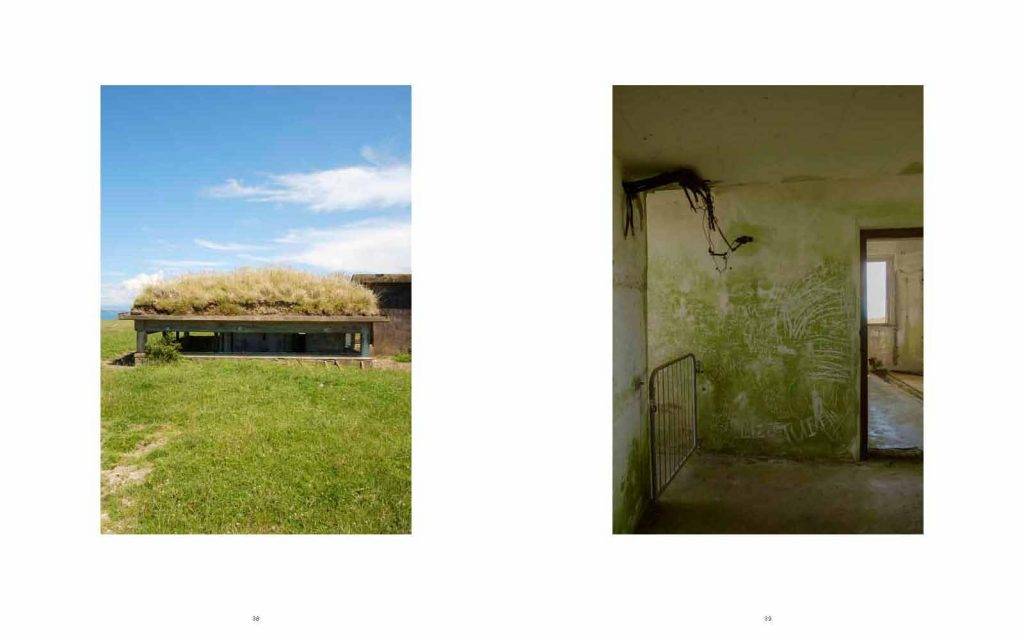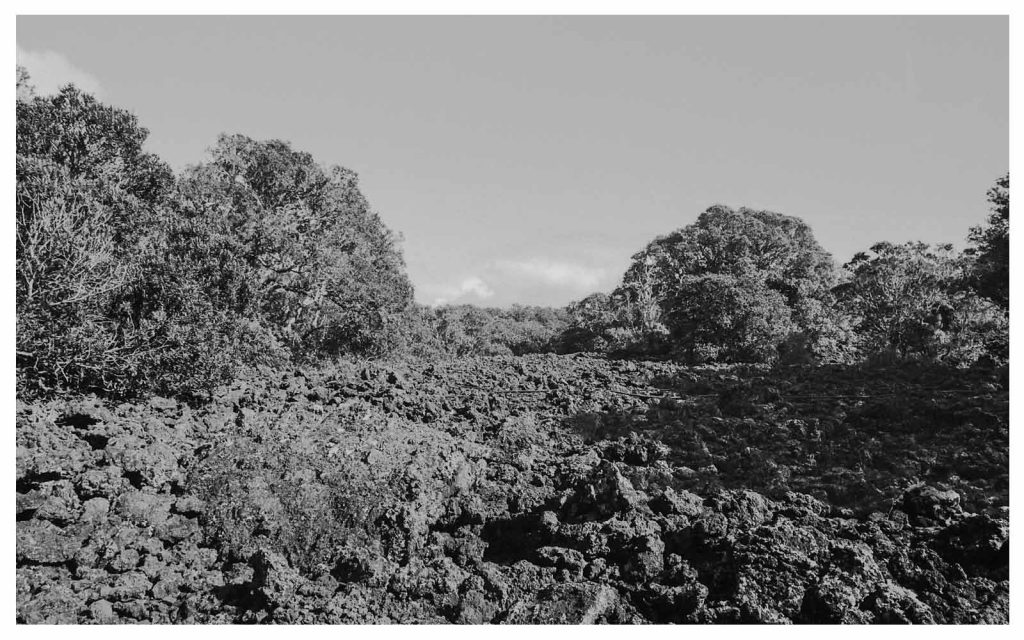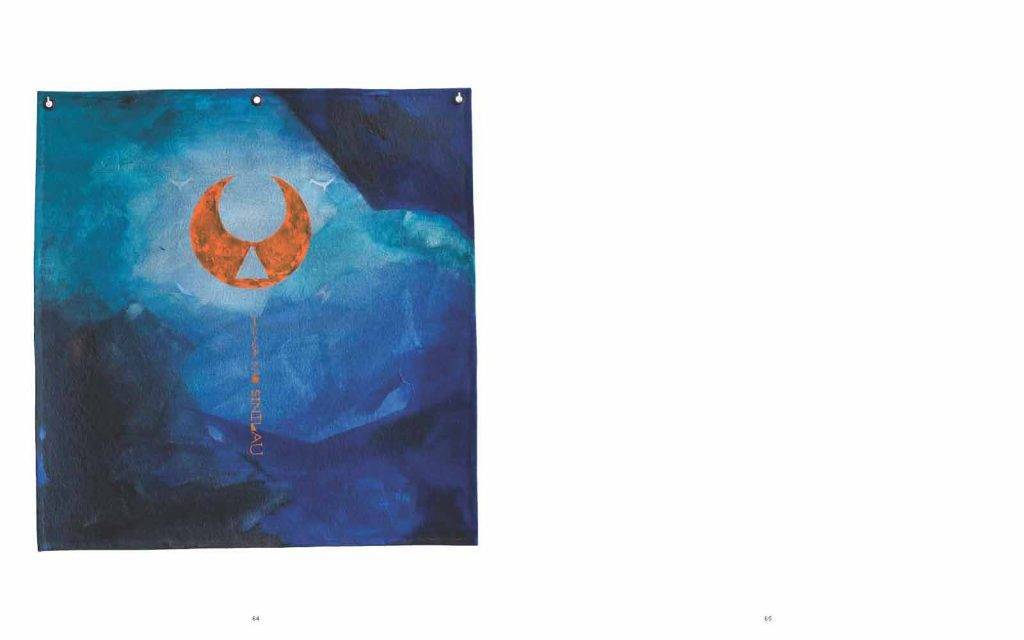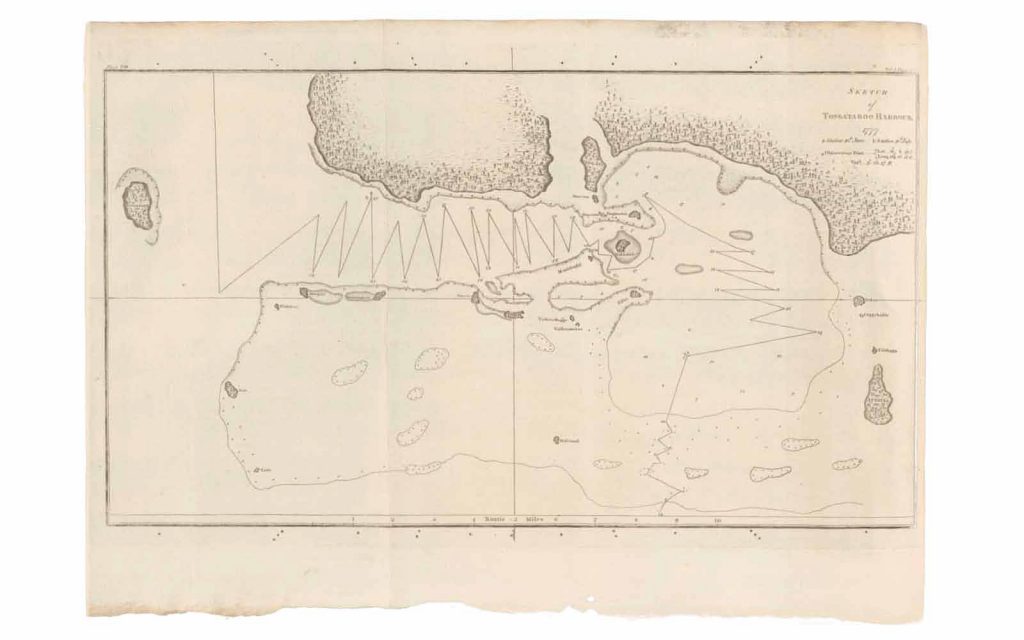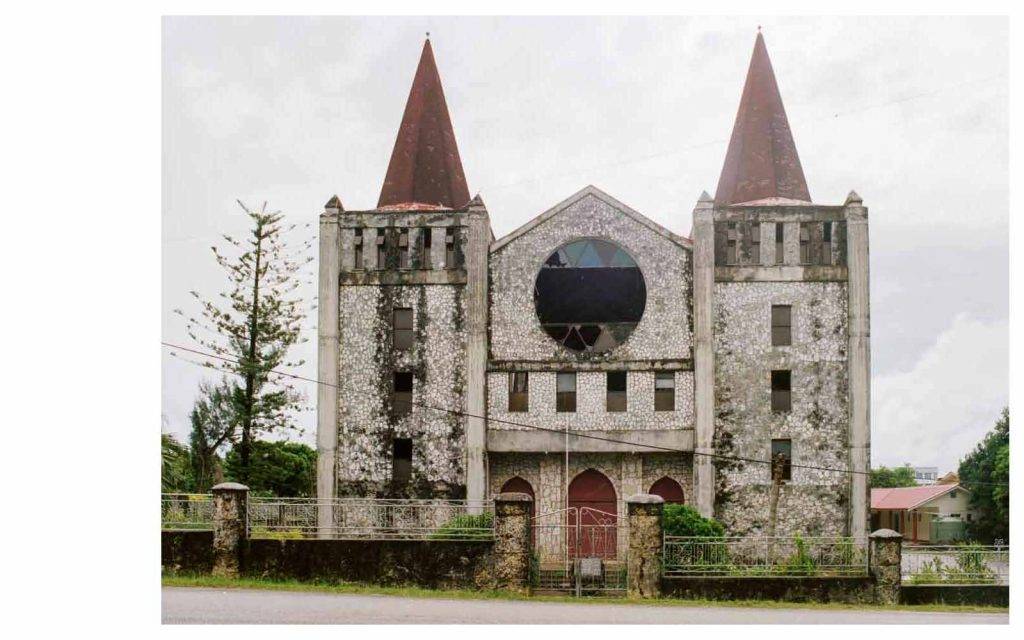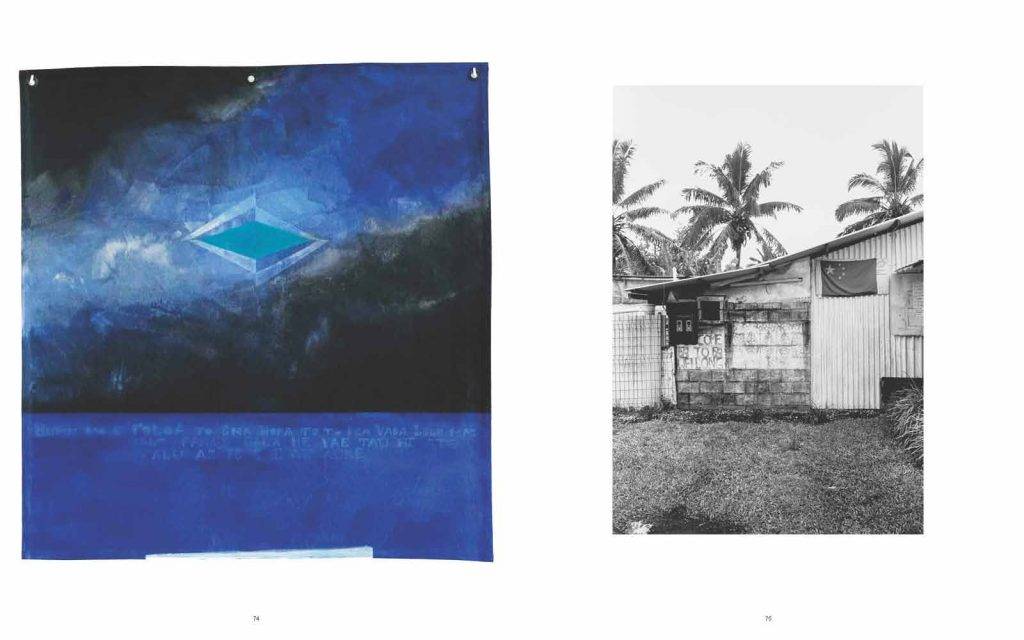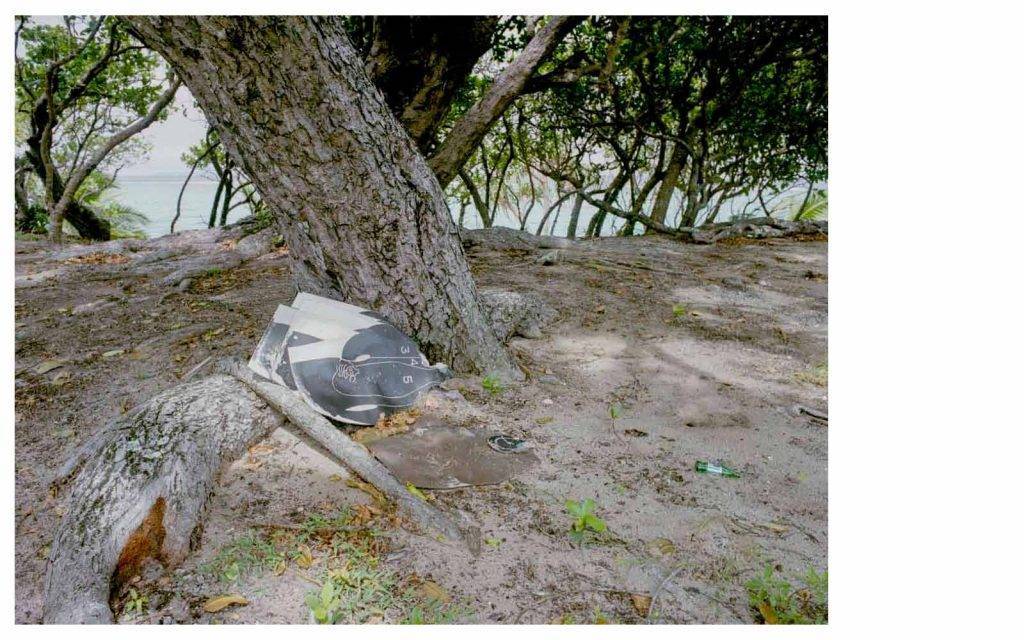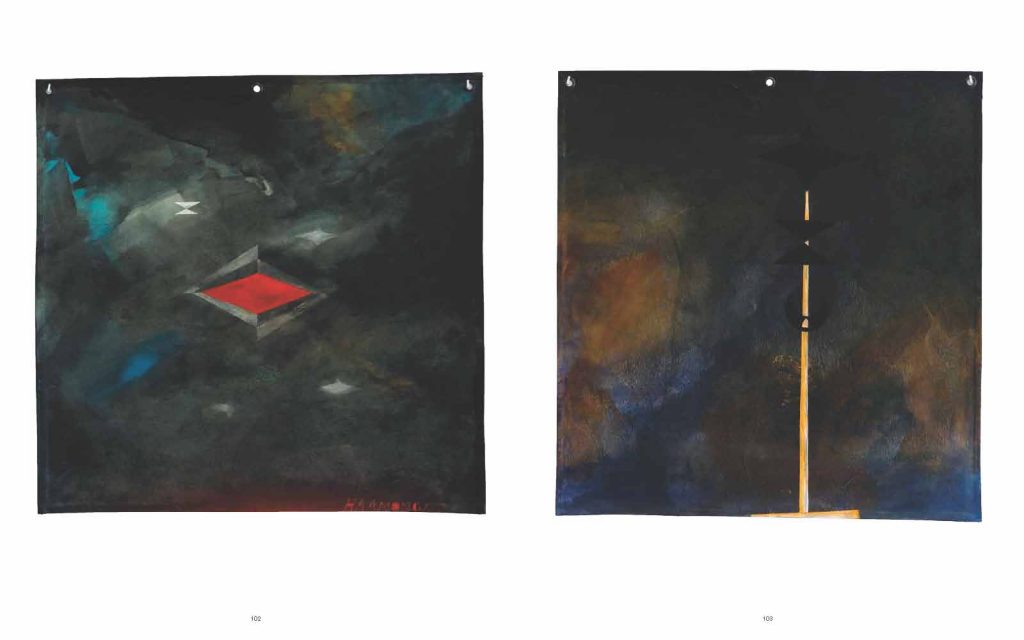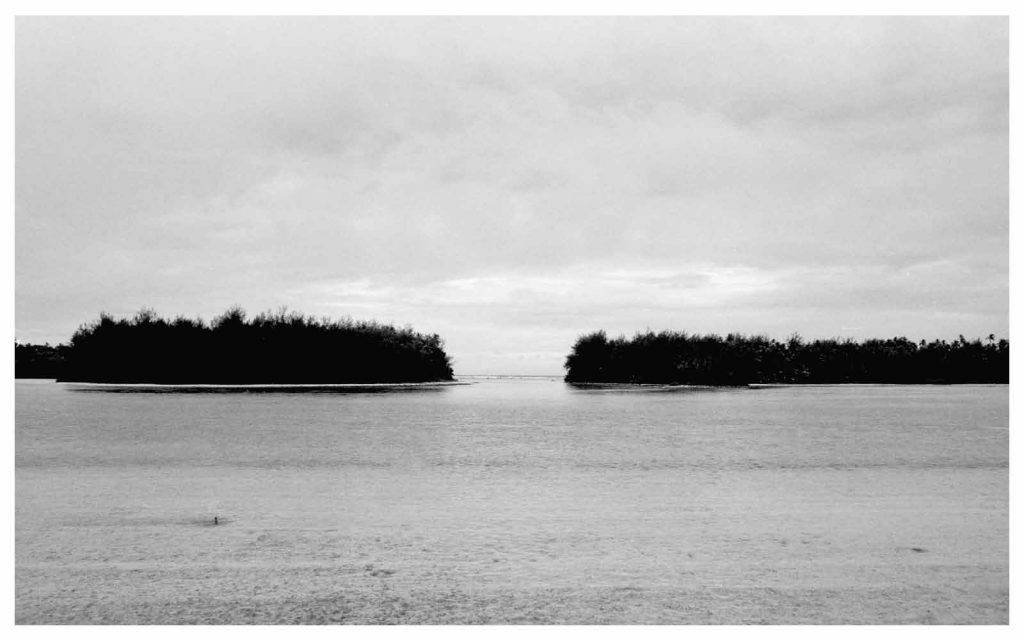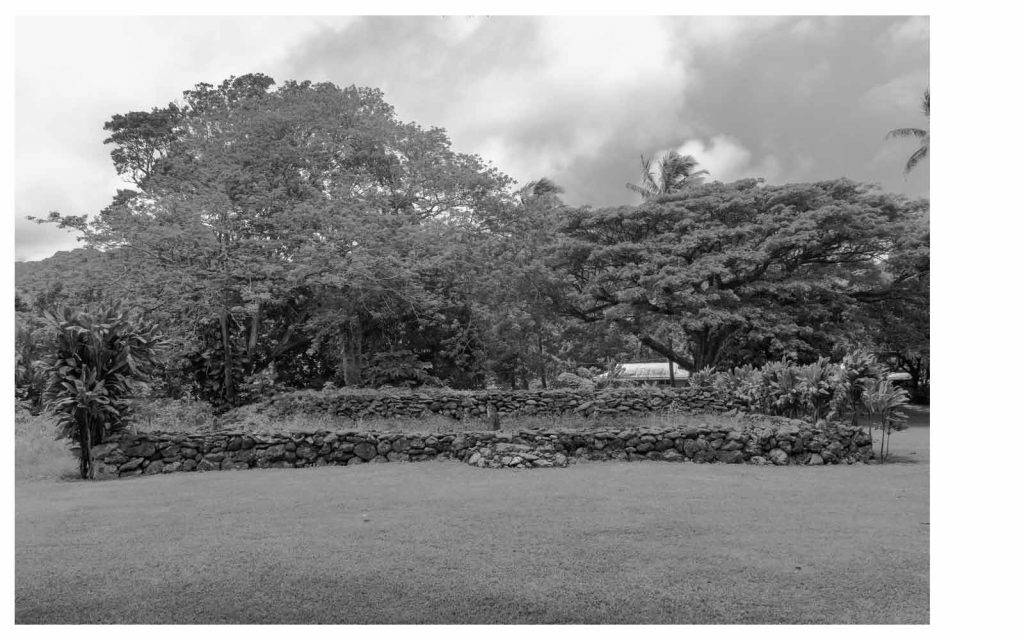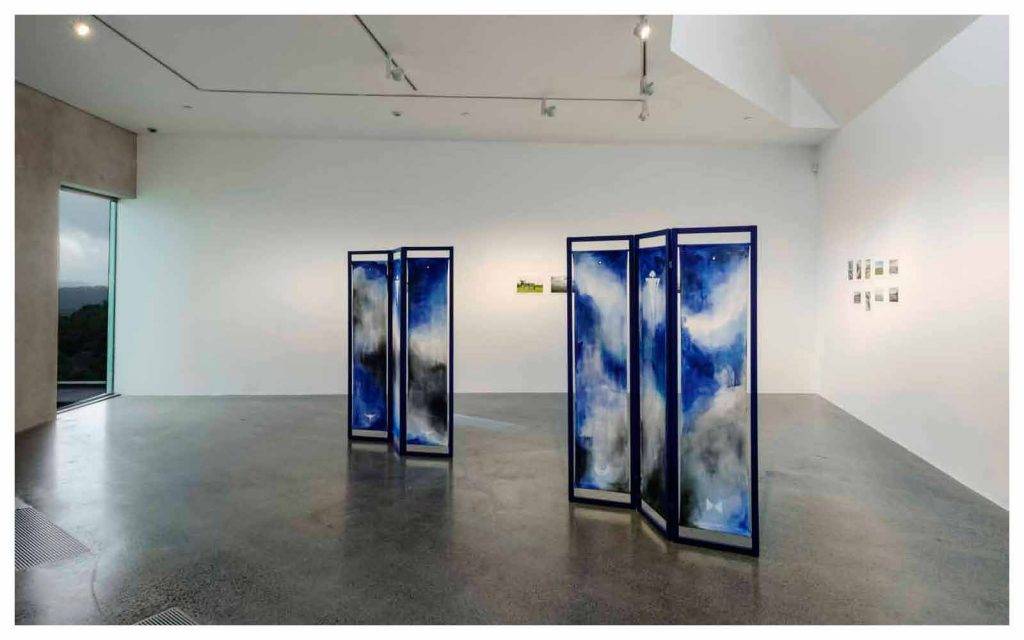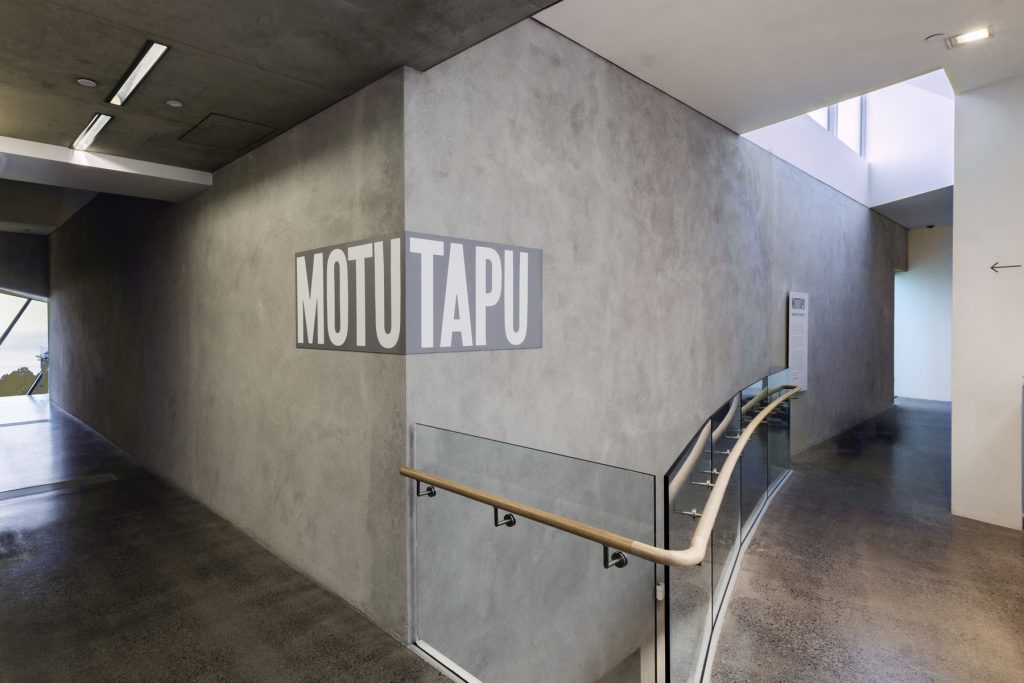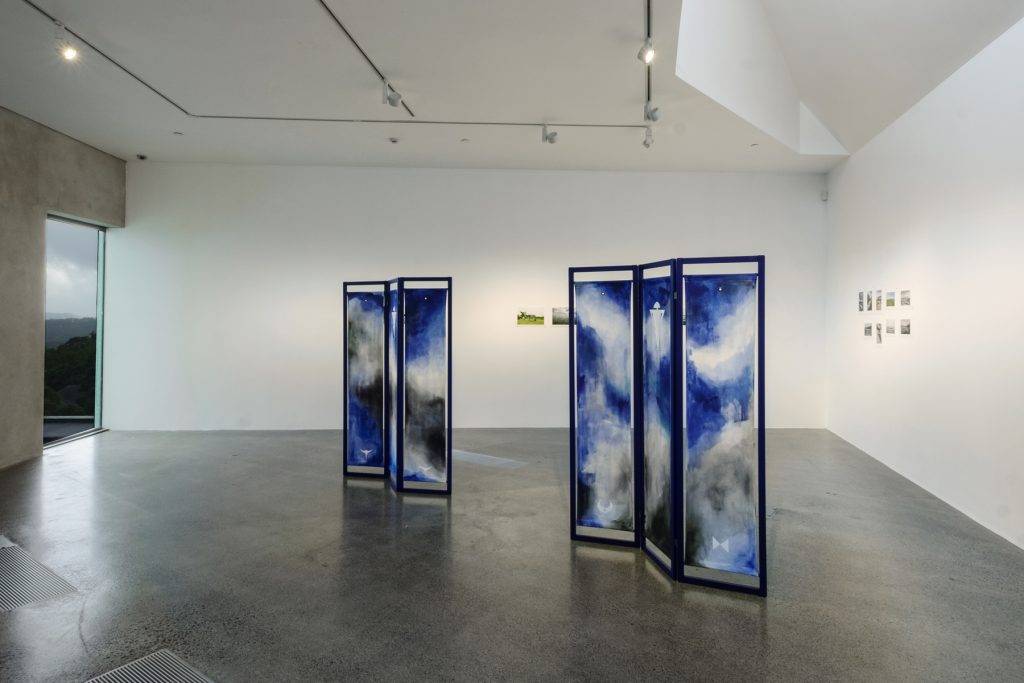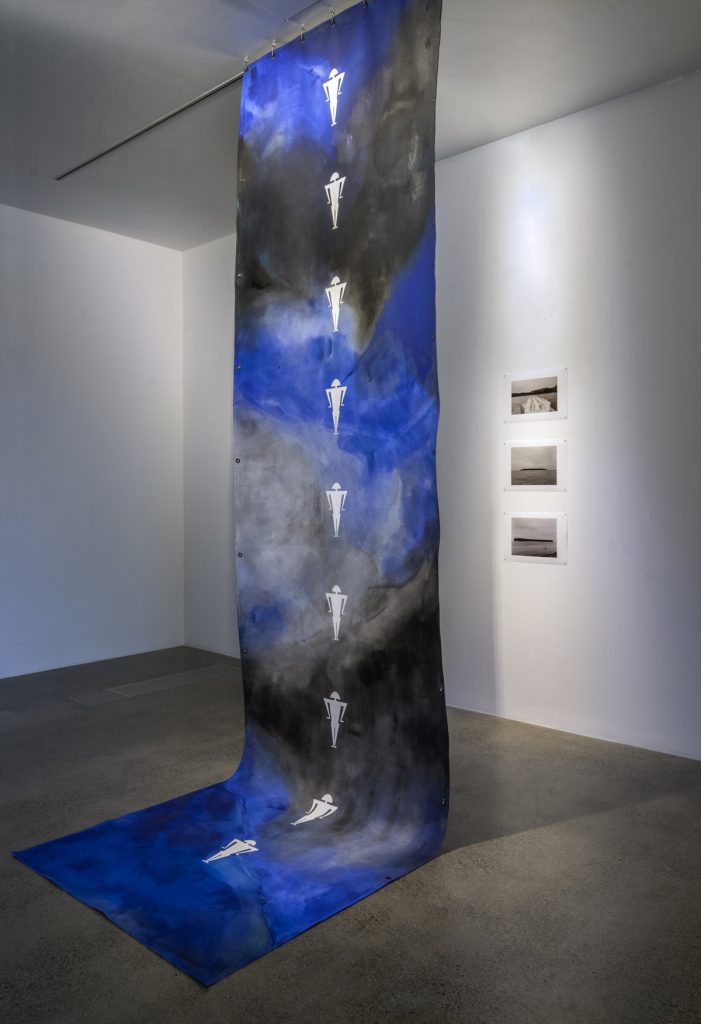worm, root, wort… & bane
by Ann Shelton
Published by Alice Austen House Press (US)
Artist Ann Shelton’s latest book, worm, root, wort… & bane delves into the rich history of plant-centric belief systems and their suppression. Part artist scrapbook, part photo book, part quotography, and part exhibition catalogue, this publication explores the medicinal, magical, and spiritual uses of plant materials, once deeply intertwined with the lives of European forest, nomadic, and ancient peoples.
worm, root, wort… & bane re-assembles fragments of historical knowledge alongside the first 19 artworks from Shelton’s photographic series, i am an old phenomenon (2022-ongoing). The plant sculptures photographed are constructed by the artist, who has worked with plants since childhood and long been interested in the history of floral art and its expansive gendered resonances.
Overflowing with 300+ images and quotations, this book traces the loss of plant knowledge held wise women, witches, and wortcunners in post-feudal Europe, as Christianity spread and capitalism emerged. The book follows our changing relationships with plants, through the Victorian era to the present — offering cause to reflect on the consequences of the ongoing estrangement between humans and the natural world.
worm, root, wort… & bane features a multiplicity of voices, reflecting the assorted and sometimes conflicting beliefs that are held about plants, gender, and sexuality. Adopting an intersectional approach, the book quotes historical accounts, herbal advice, folk knowledge, and artist research, and draws from art, literature, film, and television.
The book also features new essays by photographic curator Susan Bright and Victoria Munro, Executive Director of Alice Austen House, as well as The Three Fates, a short story by New Zealand writer Pip Adam, written in response to Ann Shelton’s research.
Ann Shelton, Pākehā/Italian (b. 1967, Aotearoa New Zealand) received her MFA from the University of British Columbia, Vancouver, Canada. She lives in Te Whanganui-a-Tara Wellington, New Zealand and exhibits internationally. Her most recent museum survey, Dark Matter, curated by Zara Stanhope (Director, Govett-Brewster Art Gallery, Ngāmotu New Plymouth, Aotearoa New Zealand), was hosted by Auckland Art Gallery Toi o Tāmaki in 2016 and toured to Christchurch Art Gallery Te Puna o Waiwhetū in 2017. Shelton’s award-winning work has been extensively written about and reviewed in publications including Artforum, Hyperallergic, Journal of New Zealand & Pacific Studies, artnet news, The Art Newspaper, and the Evergreen Review. Her works are included in public and private collections throughout Aotearoa New Zealand and in the United States.
Shelton is Honorary Research Fellow in Photography at Whiti o Rehua, School of Art, Massey University, Te Kunenga ki Pūrehuroa.
Shelton works with Over and Under Fine Art in New York, and Two Rooms in Aotearoa.
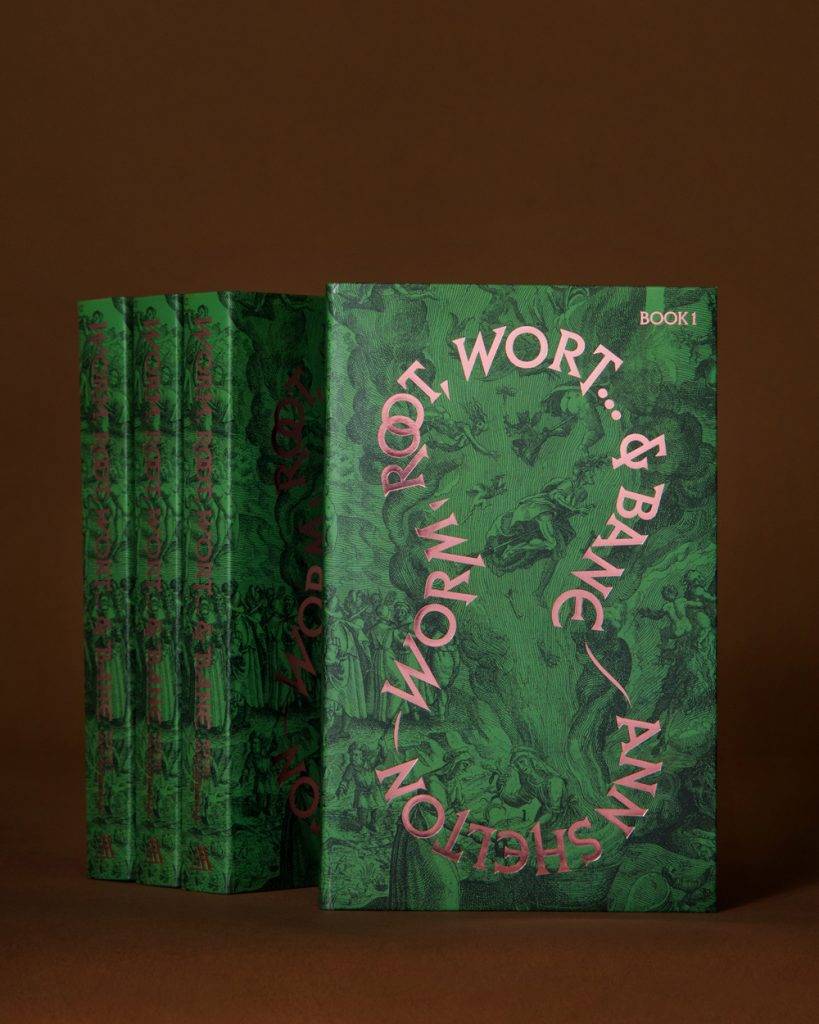
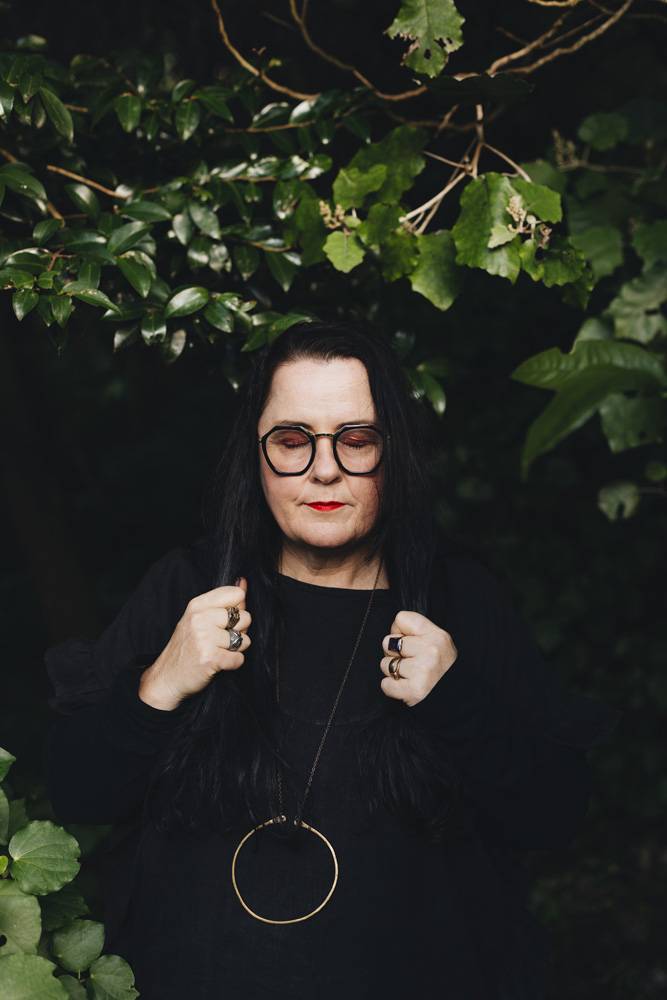
Publication date: March, 2024
Flexicover | 132 x 210 x 25mm | 312 pages |
ISBN 979-8-9888148-0-1
RRP $79
For all wholesale orders and requests info@rimbooks.com

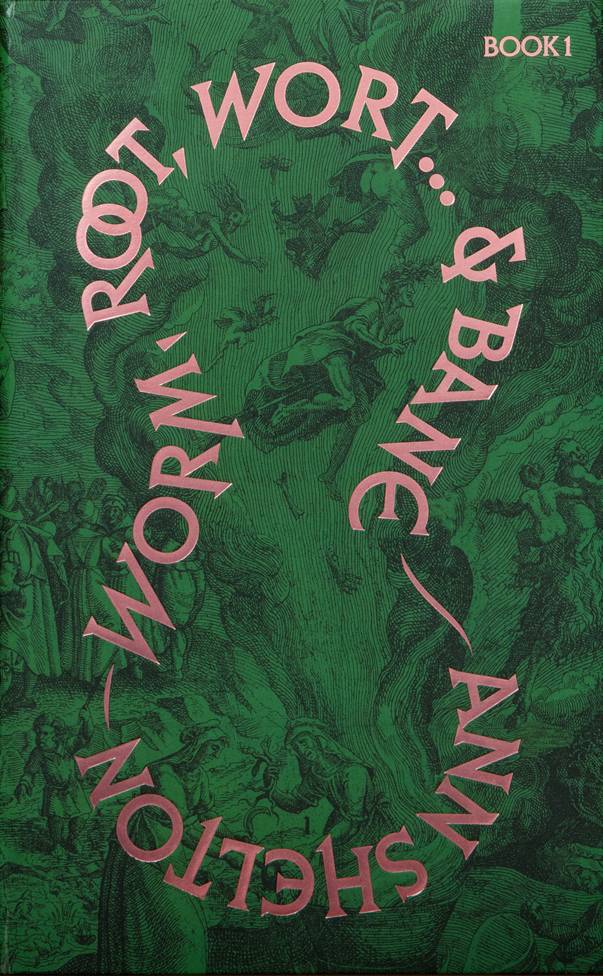
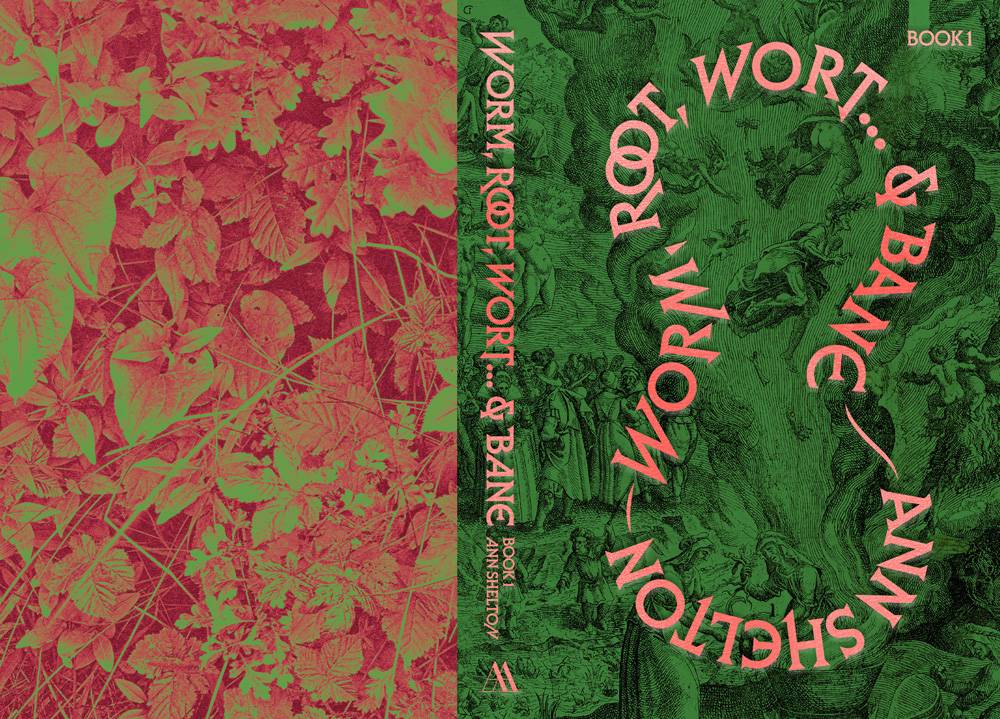
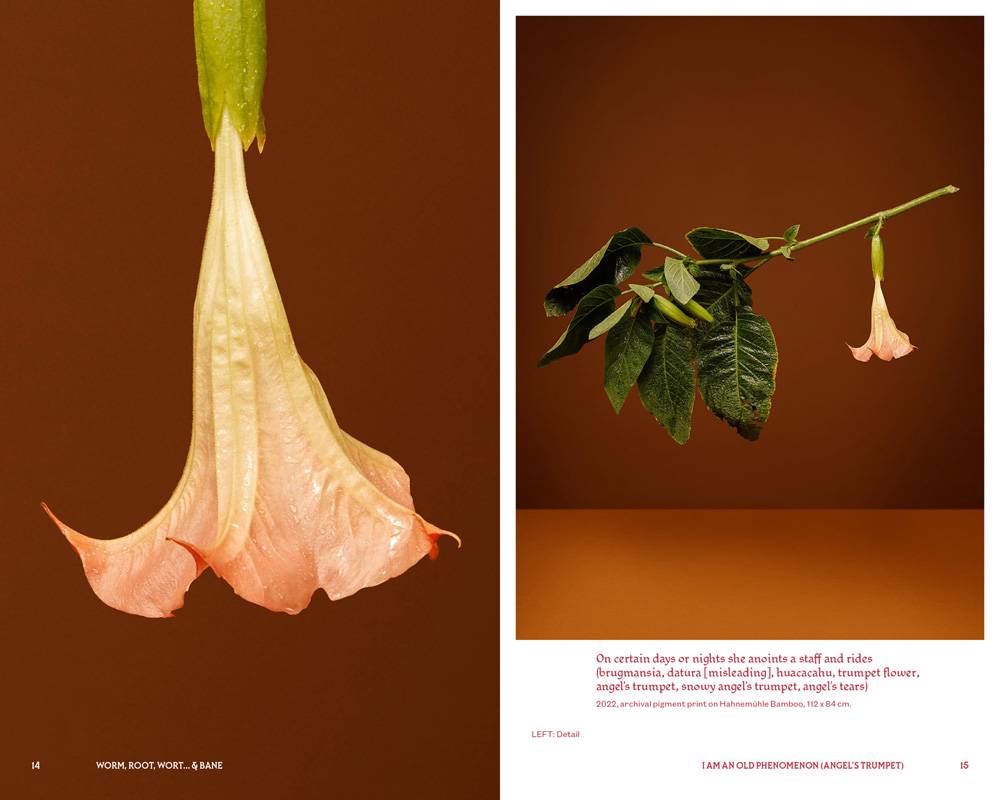
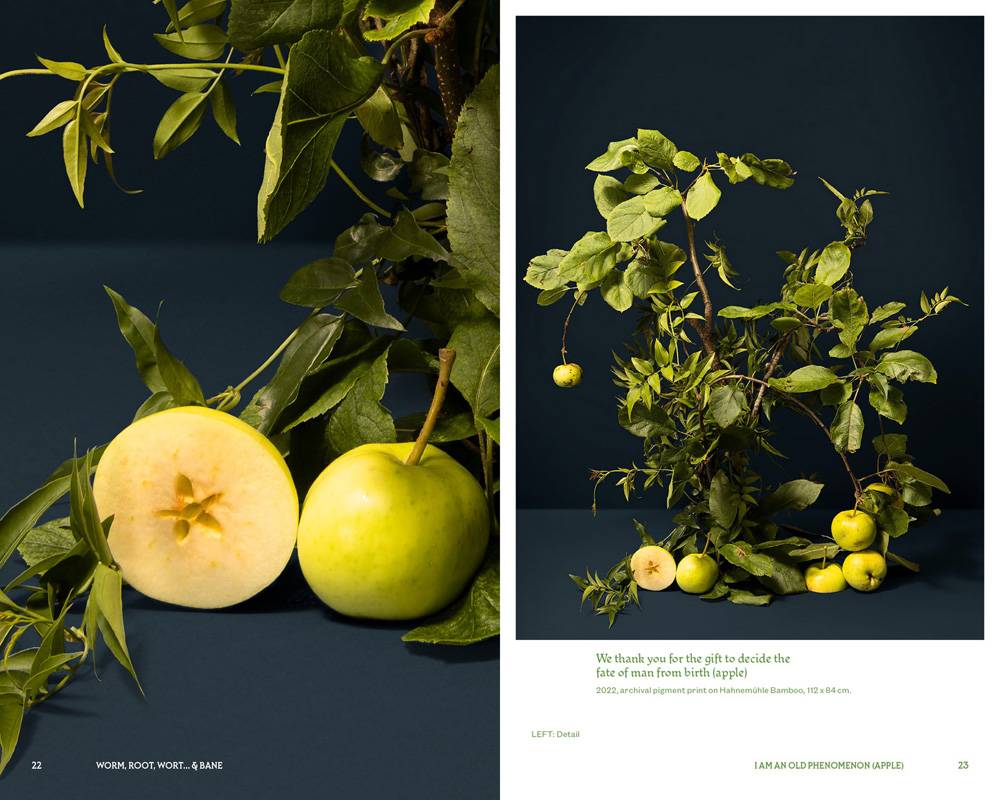
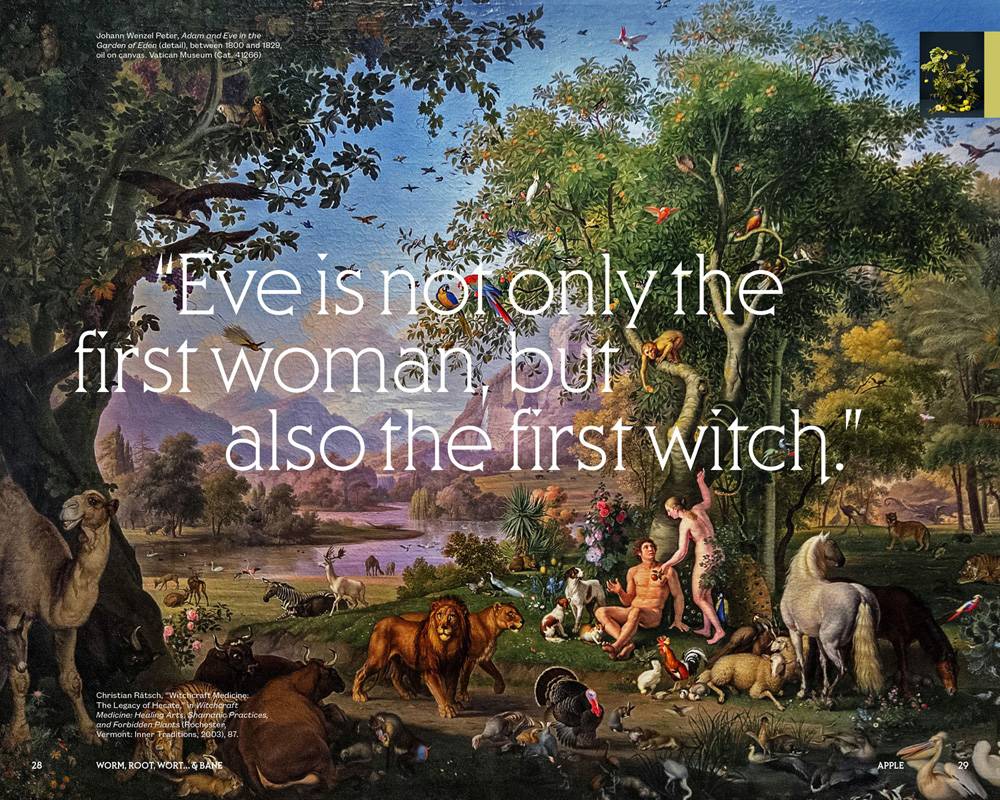
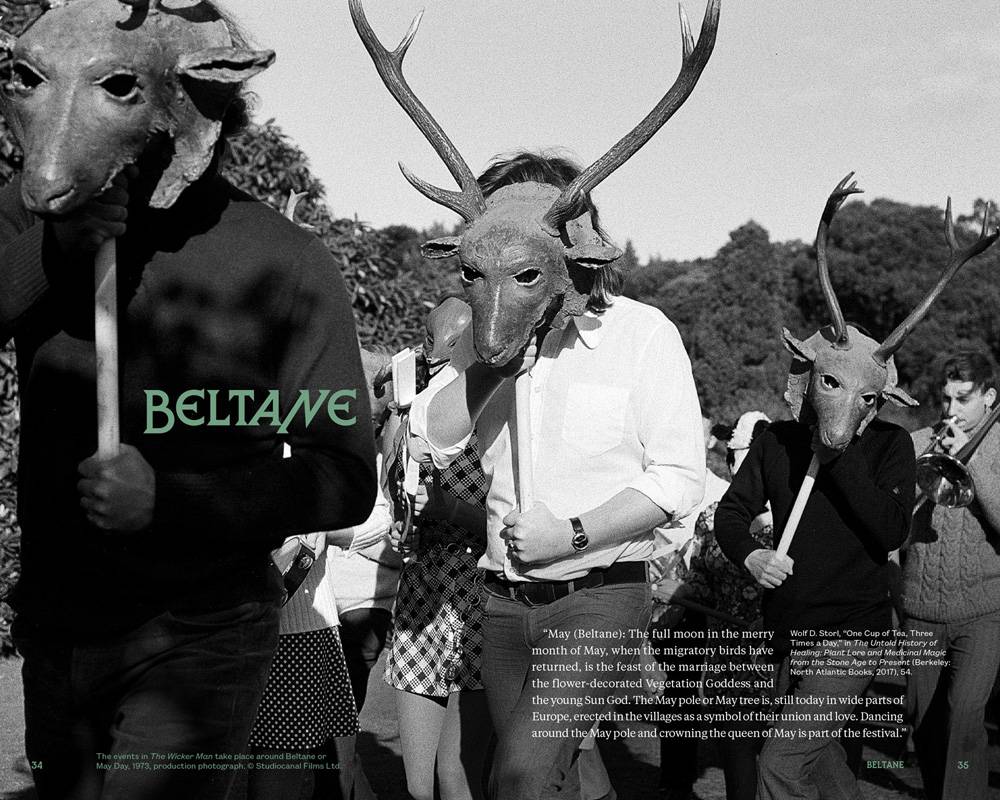
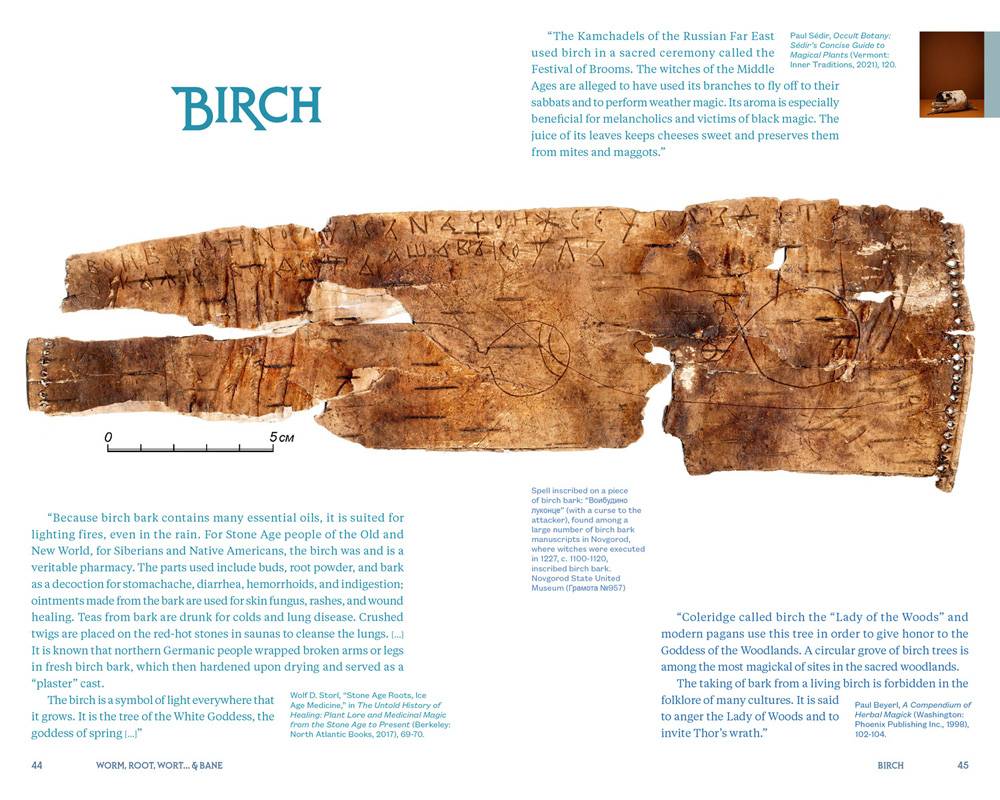
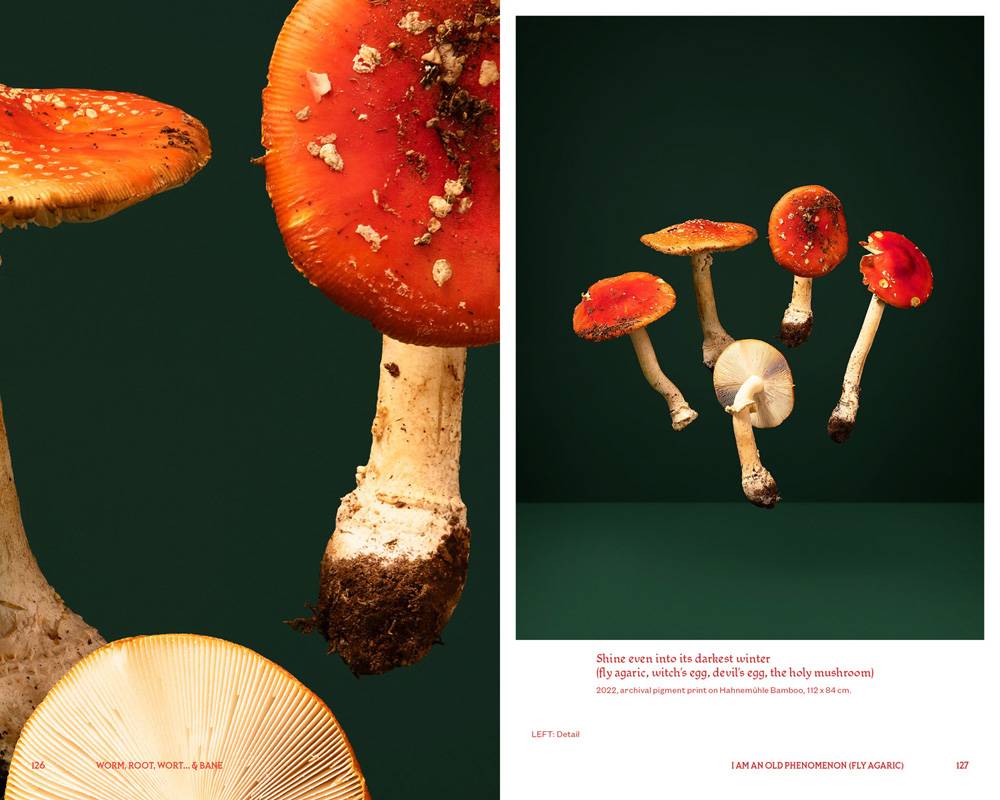
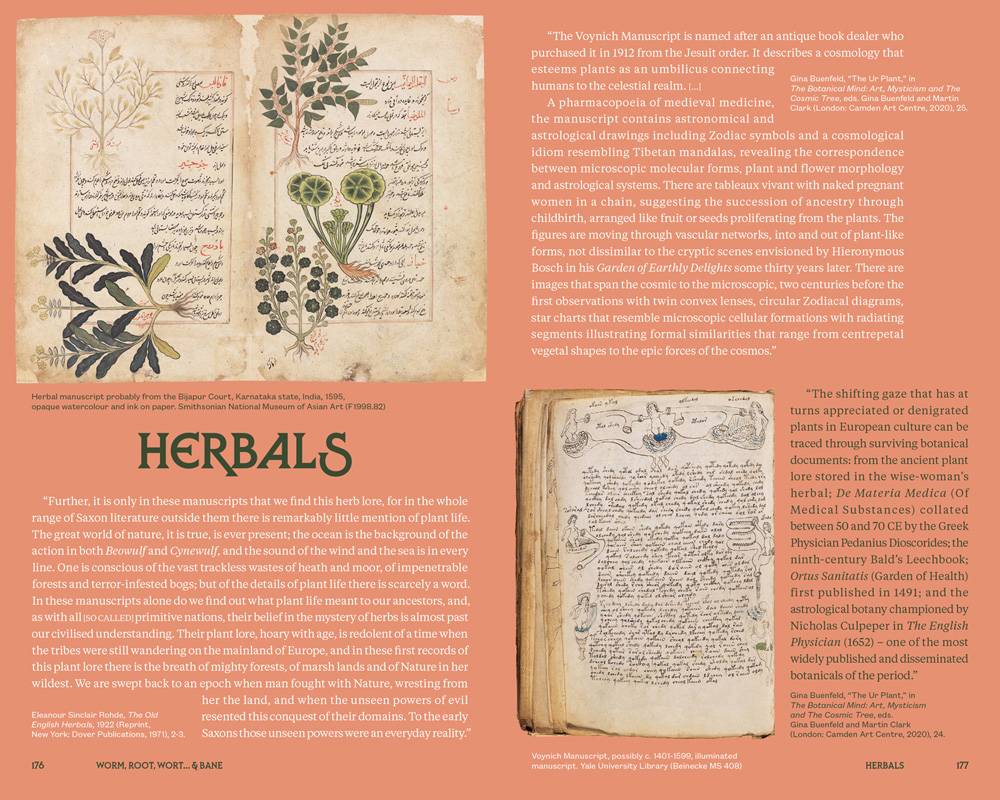
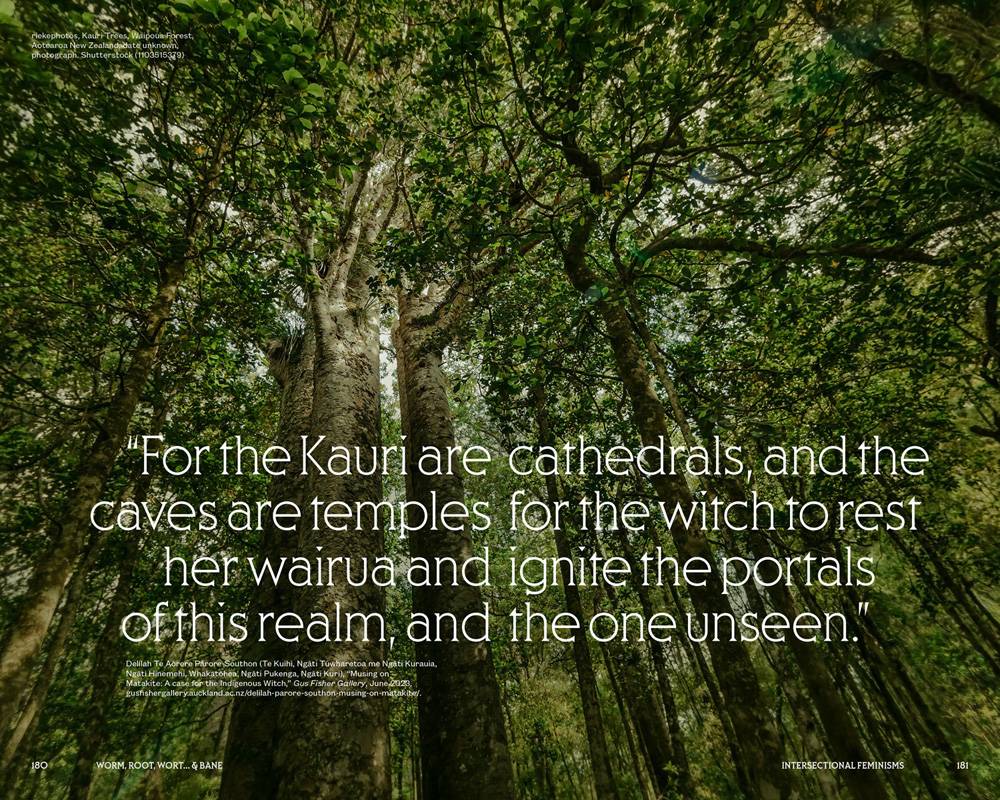
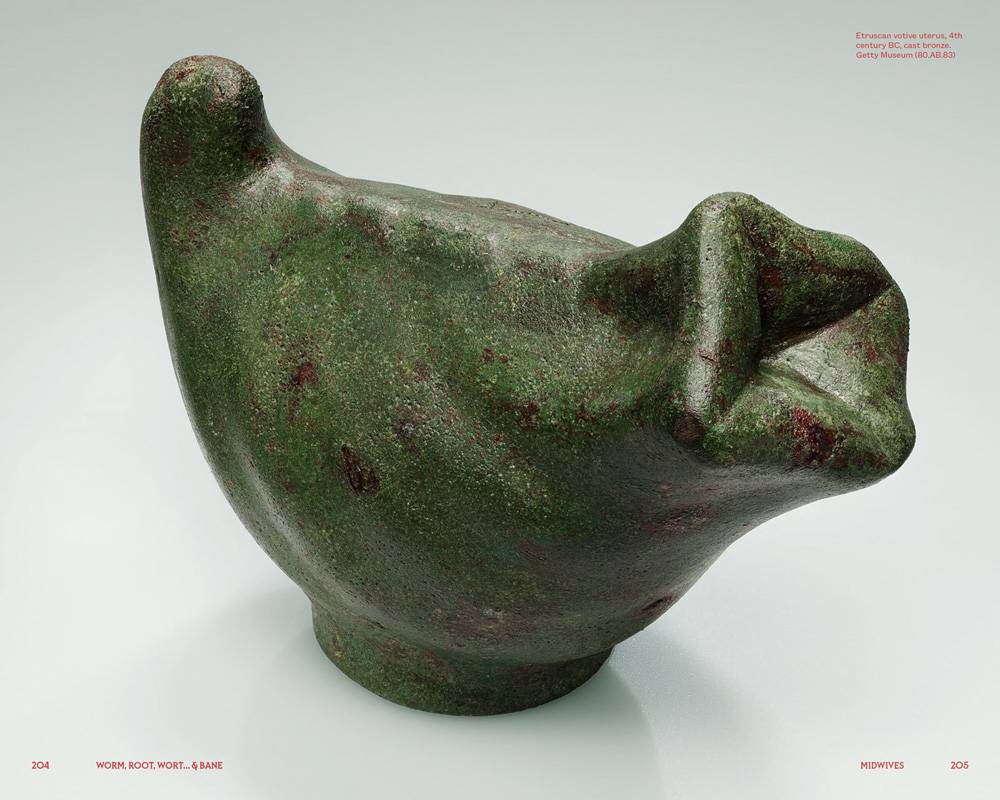
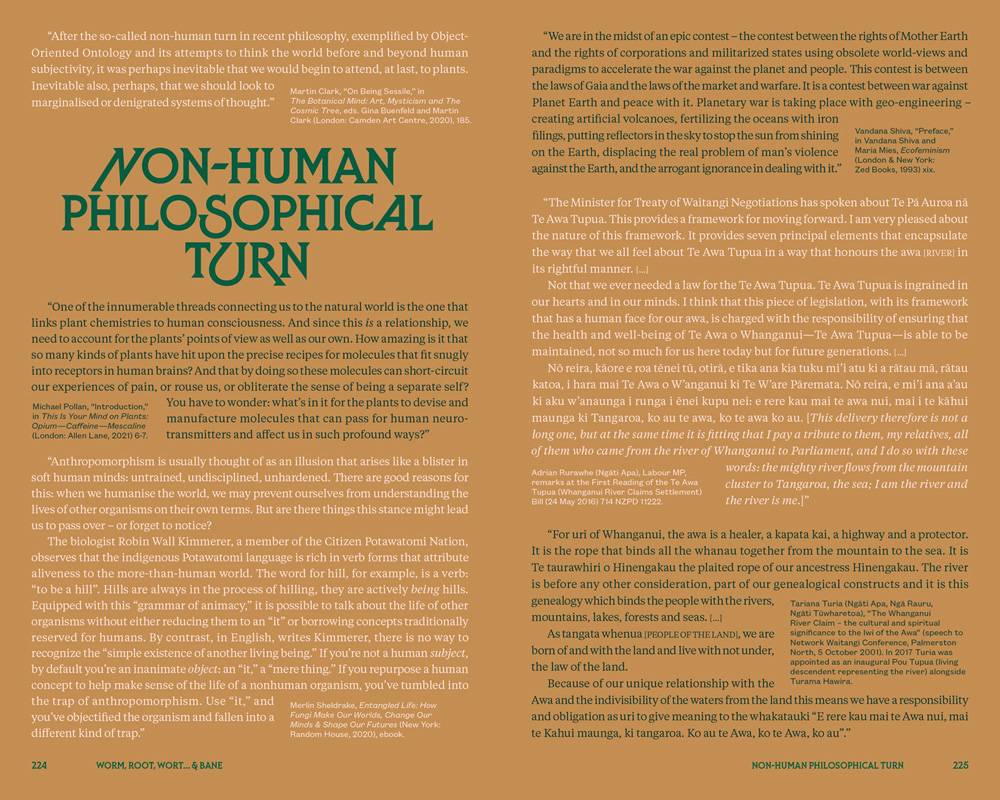
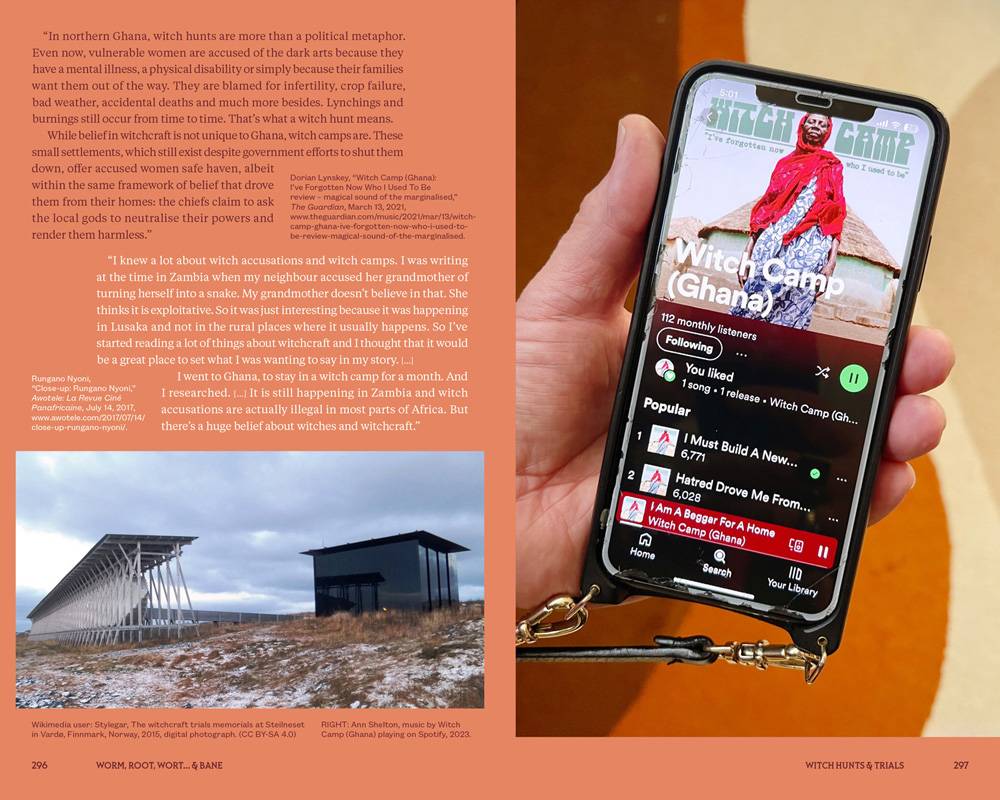
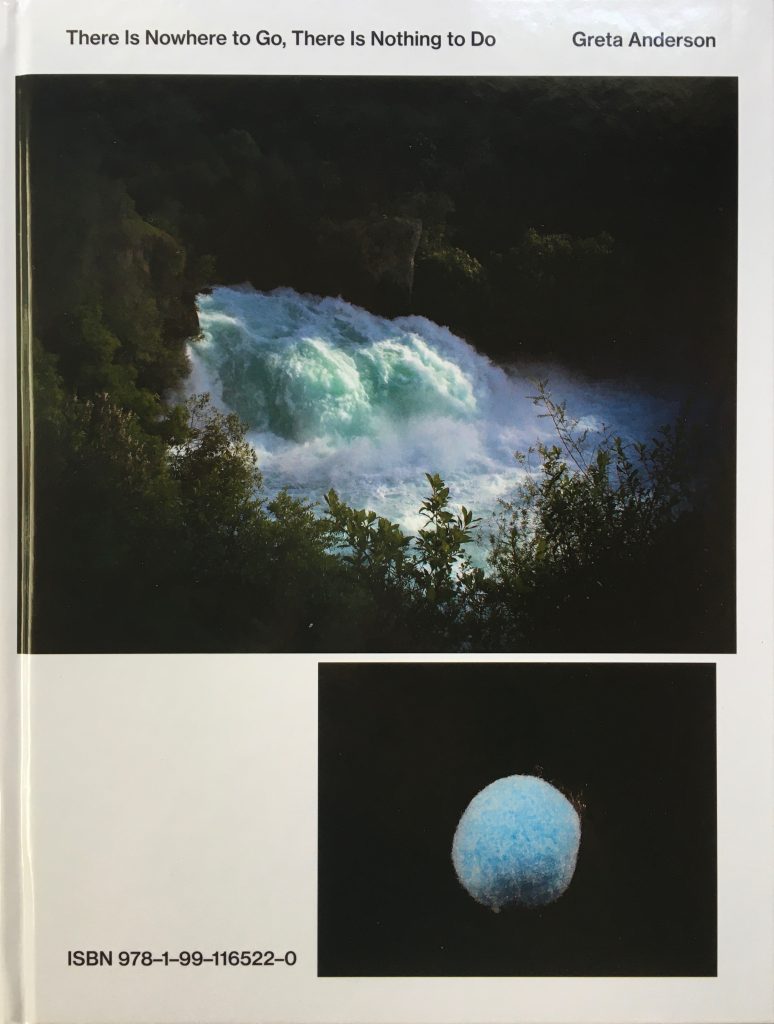
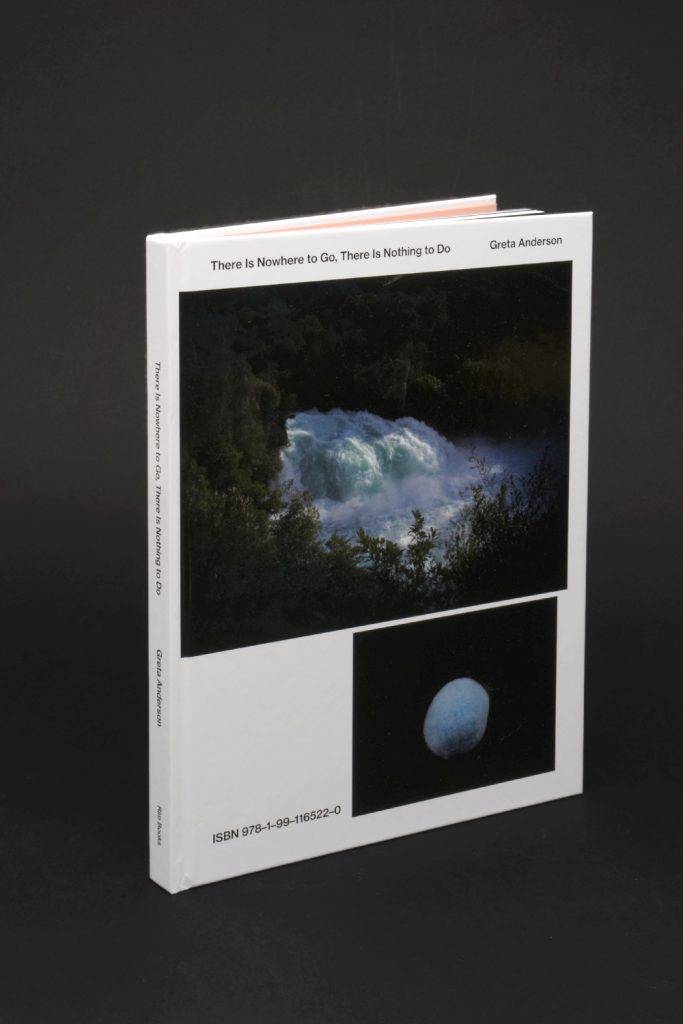
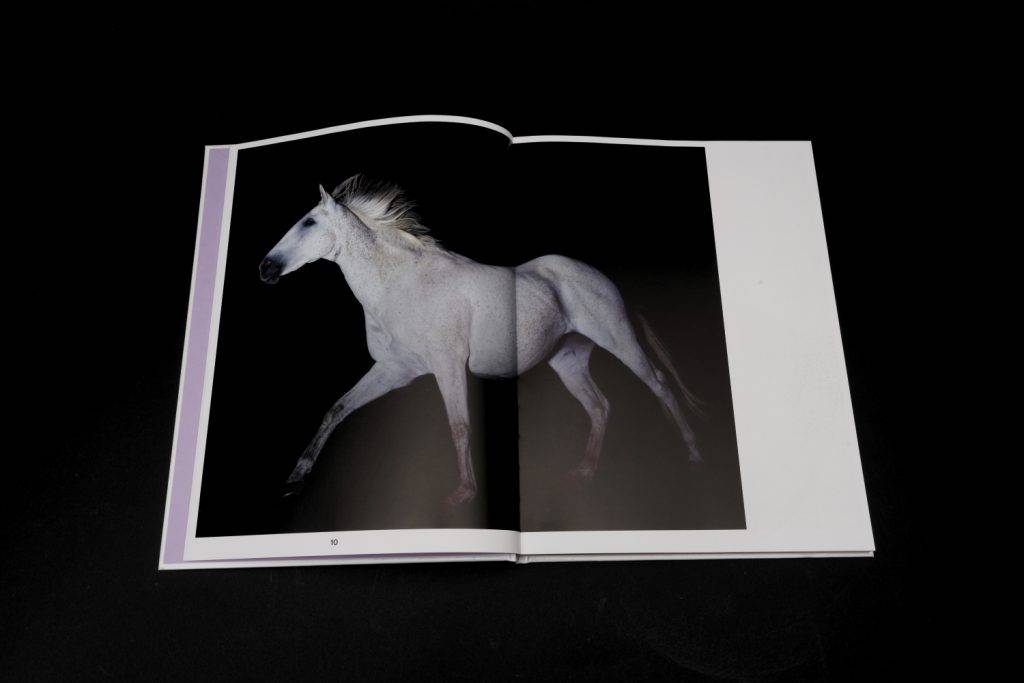
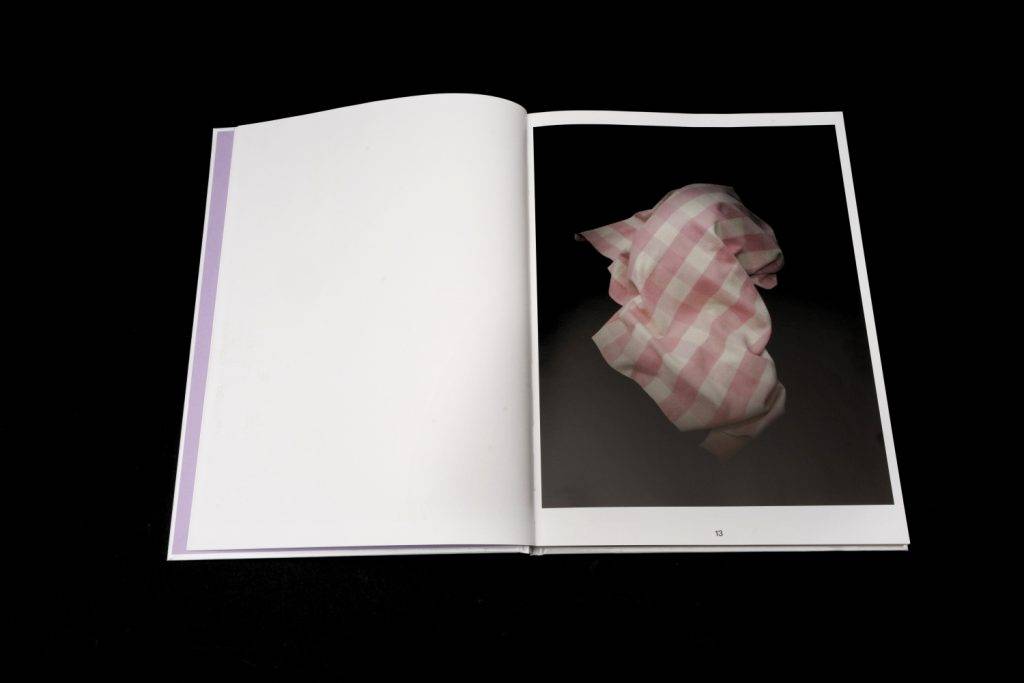
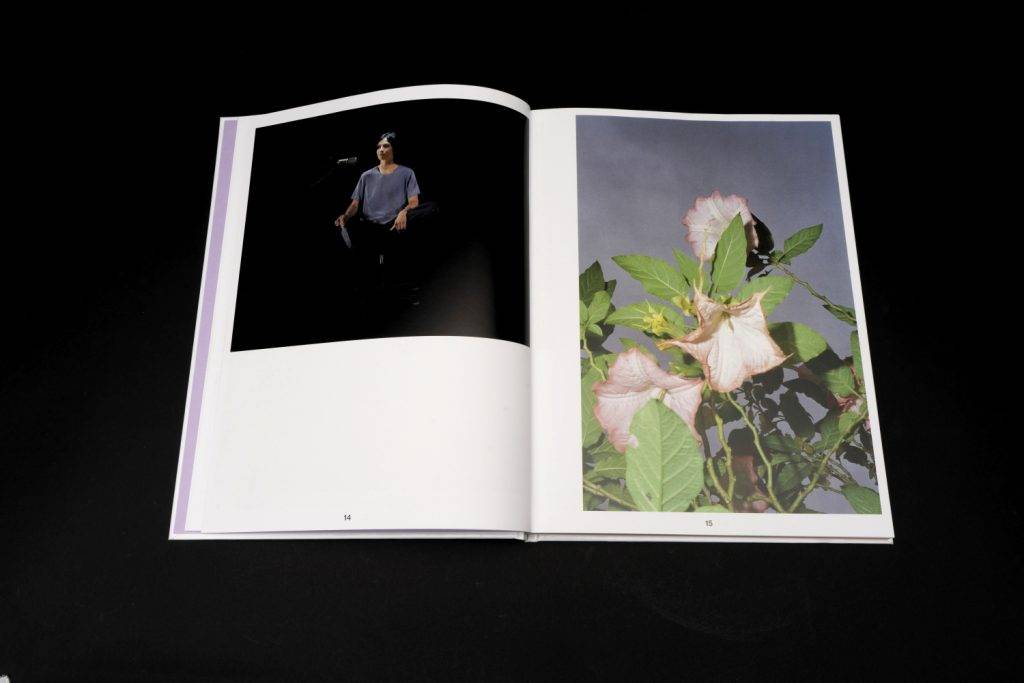
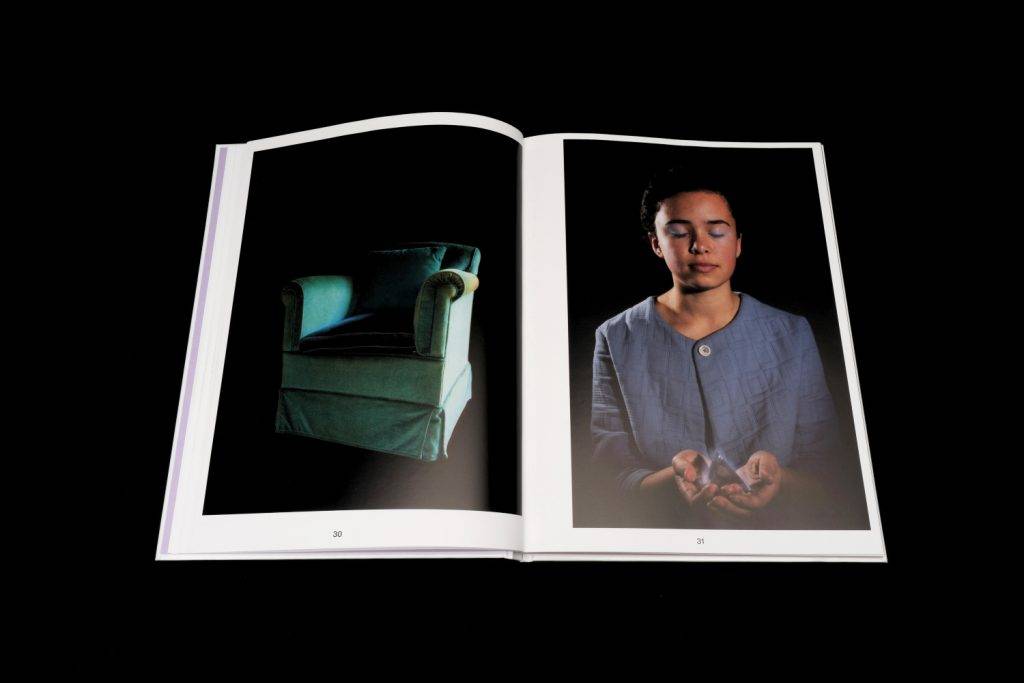
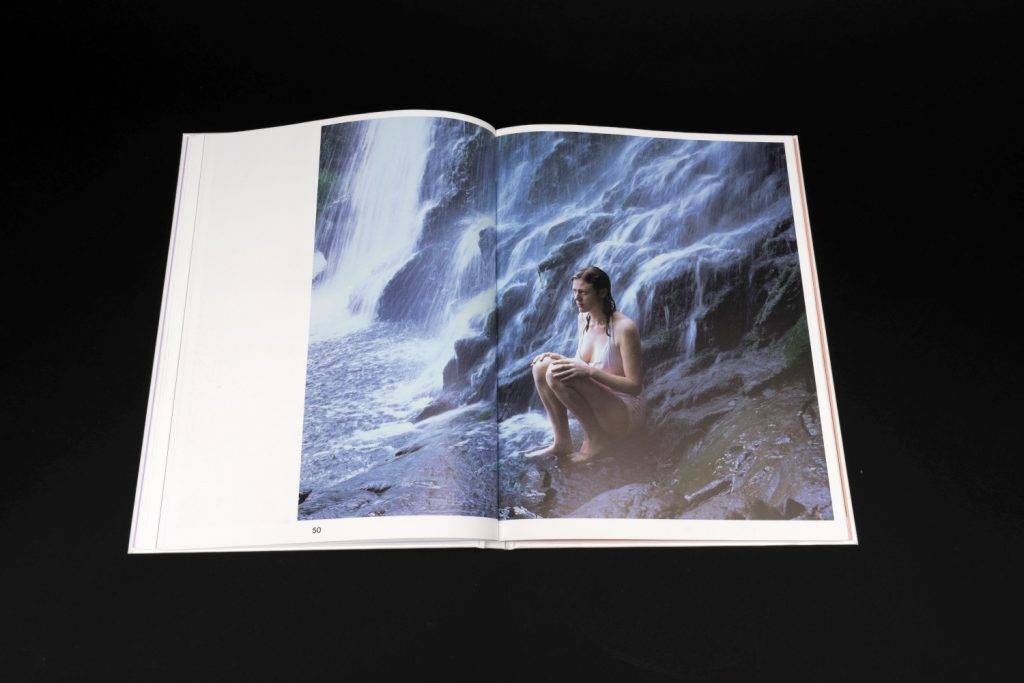
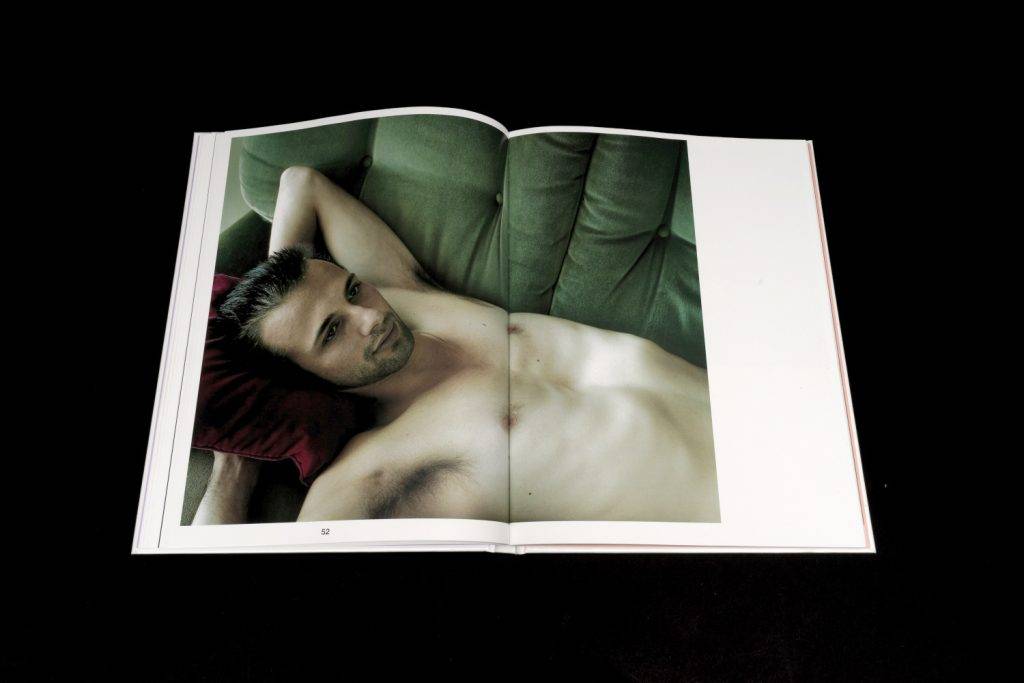
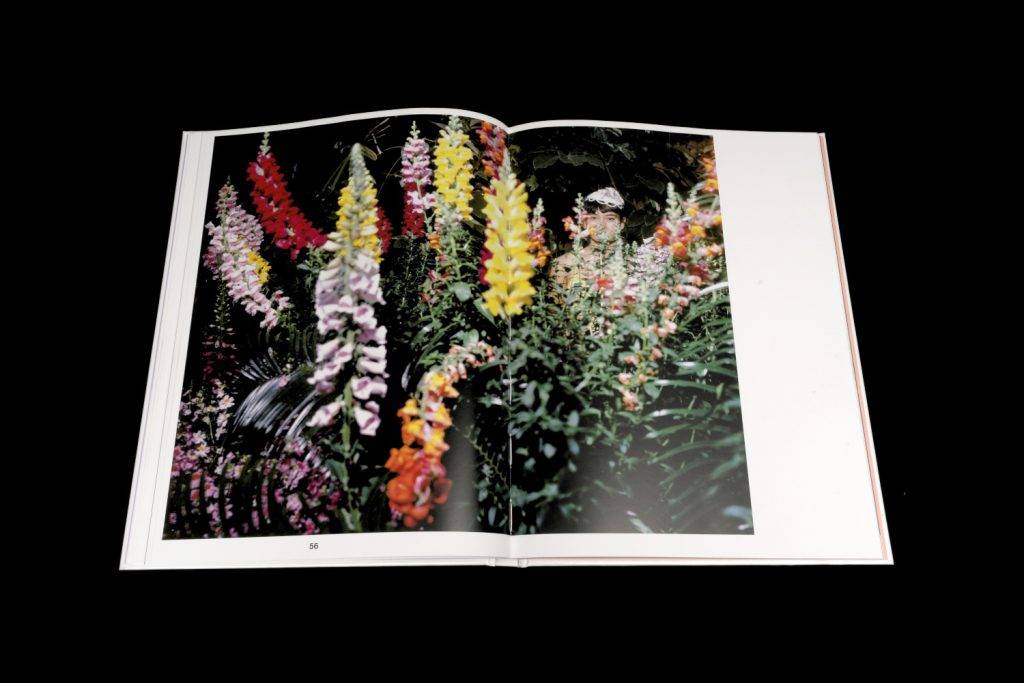
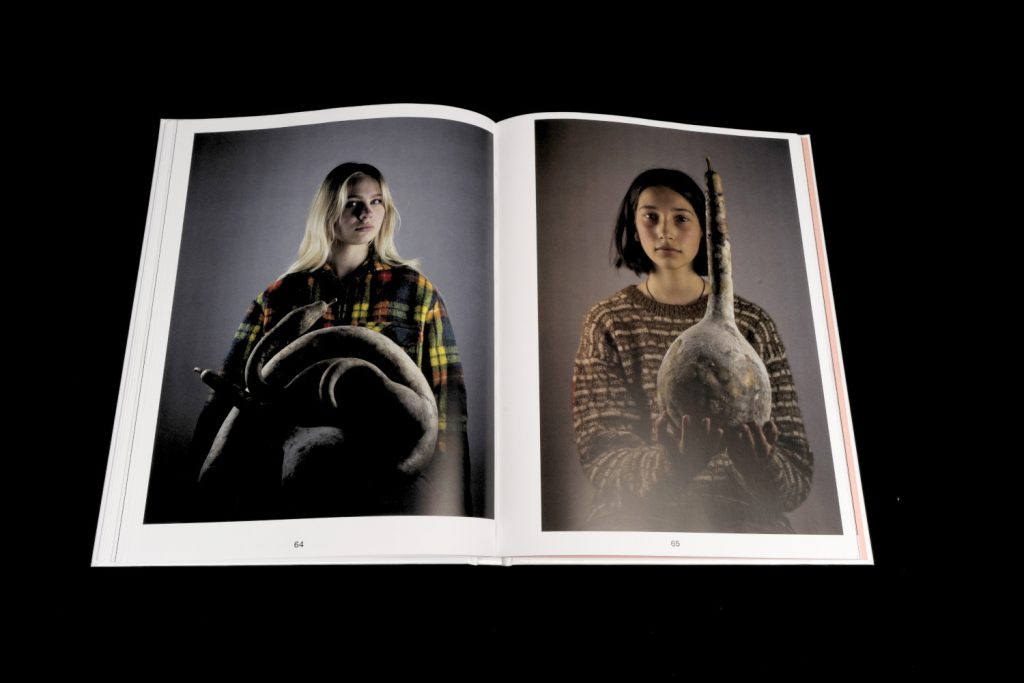
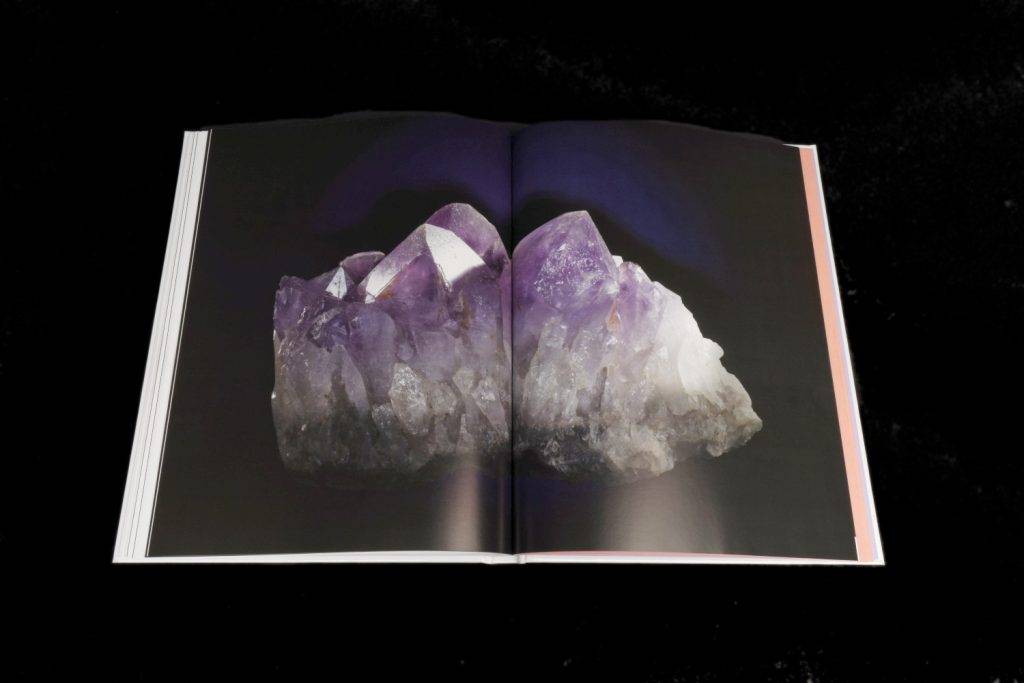
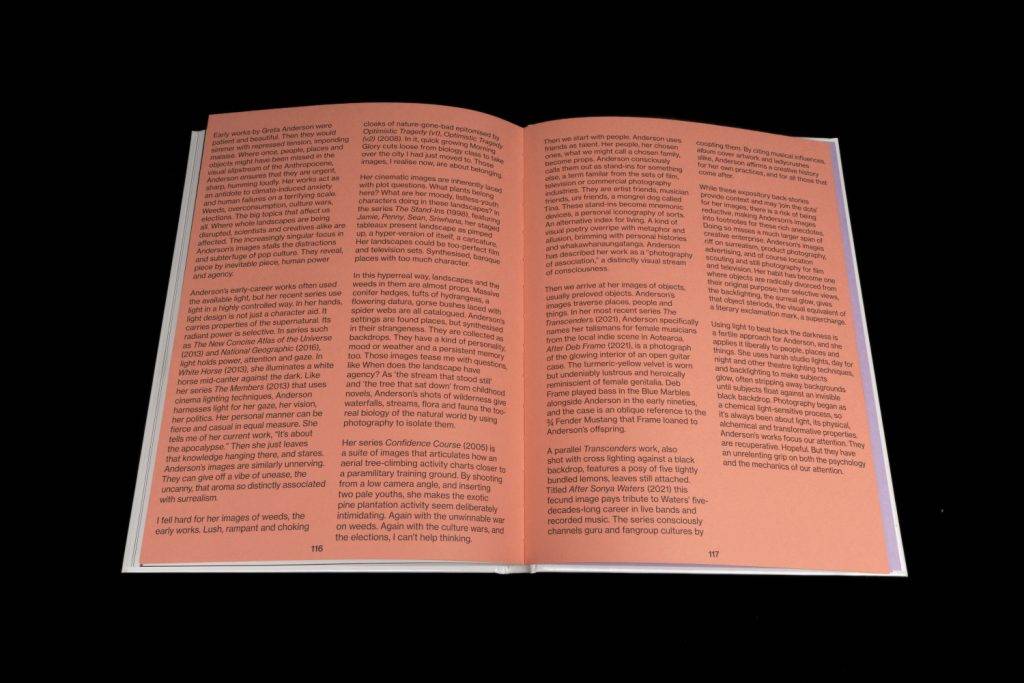
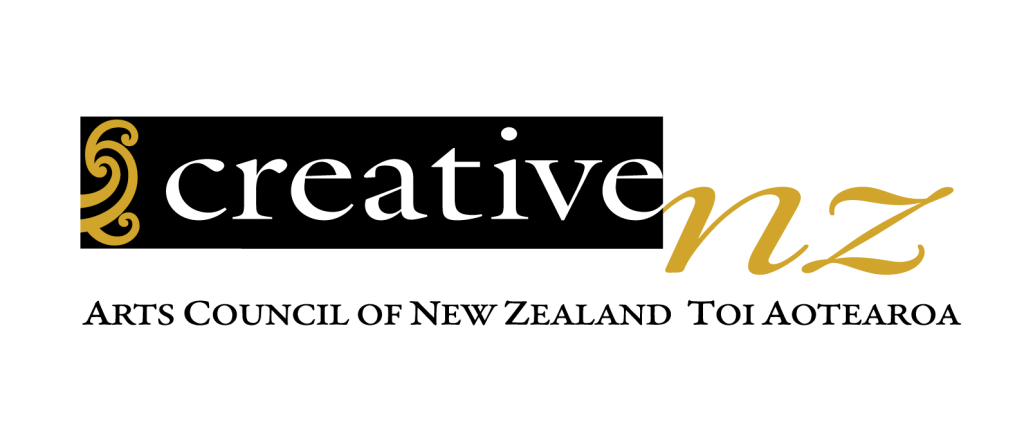
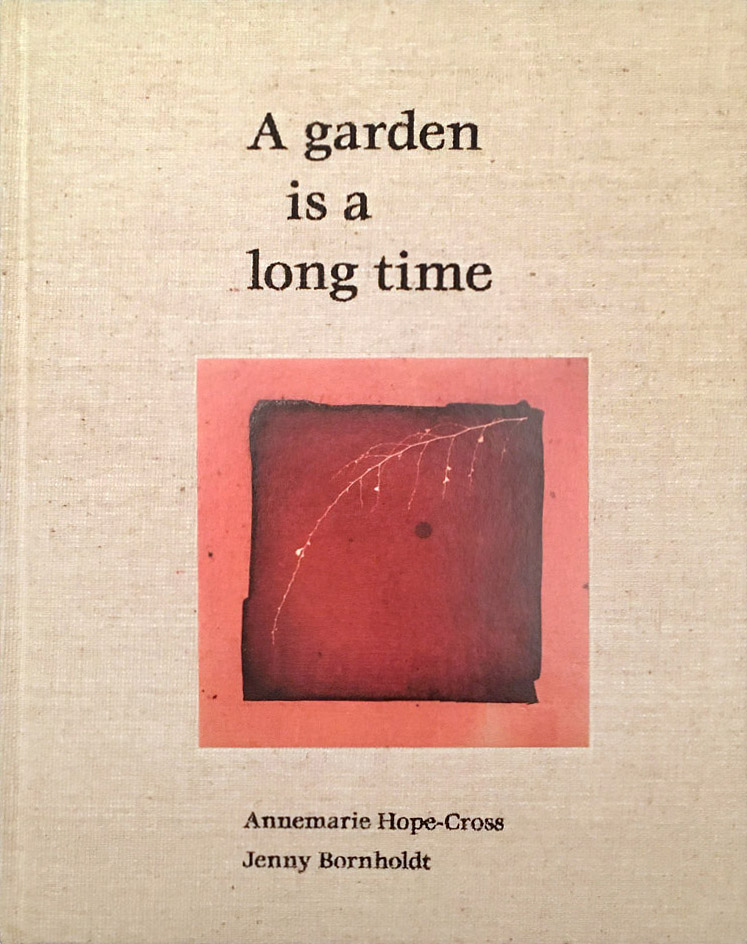

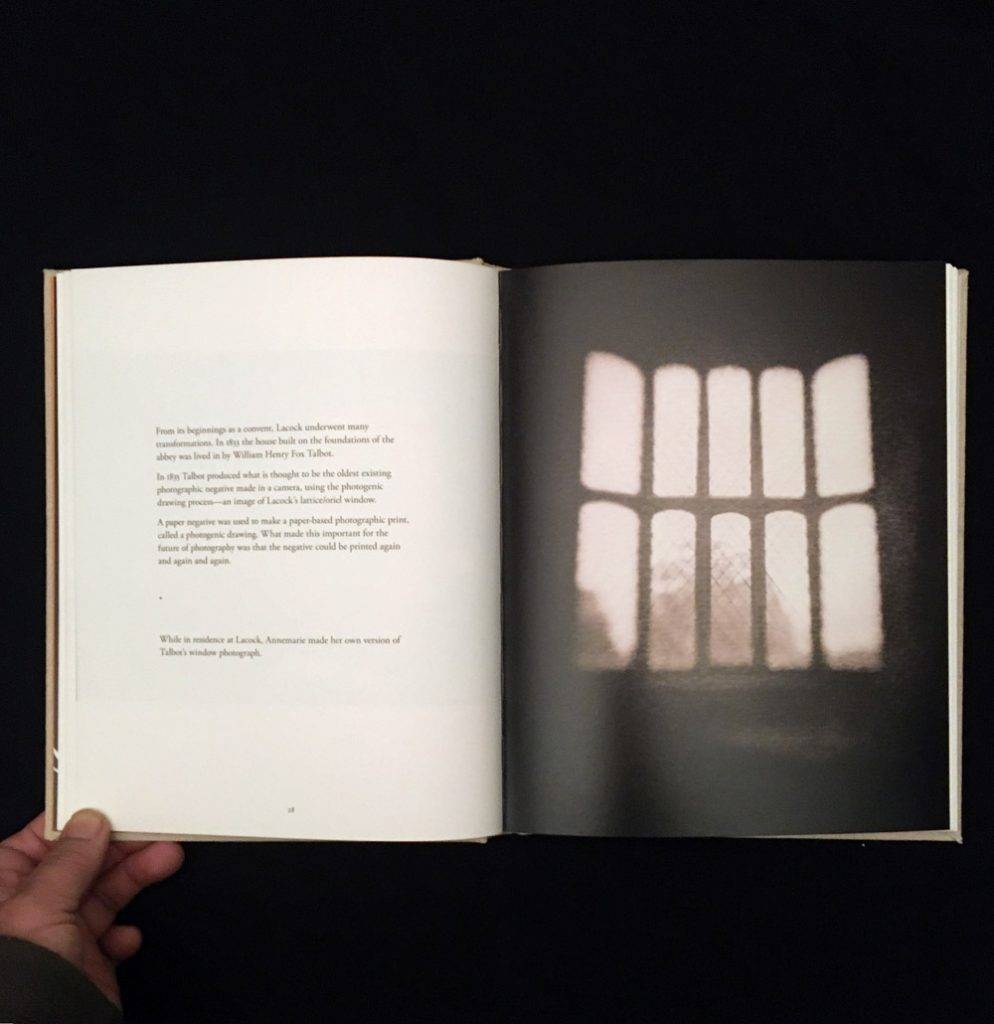








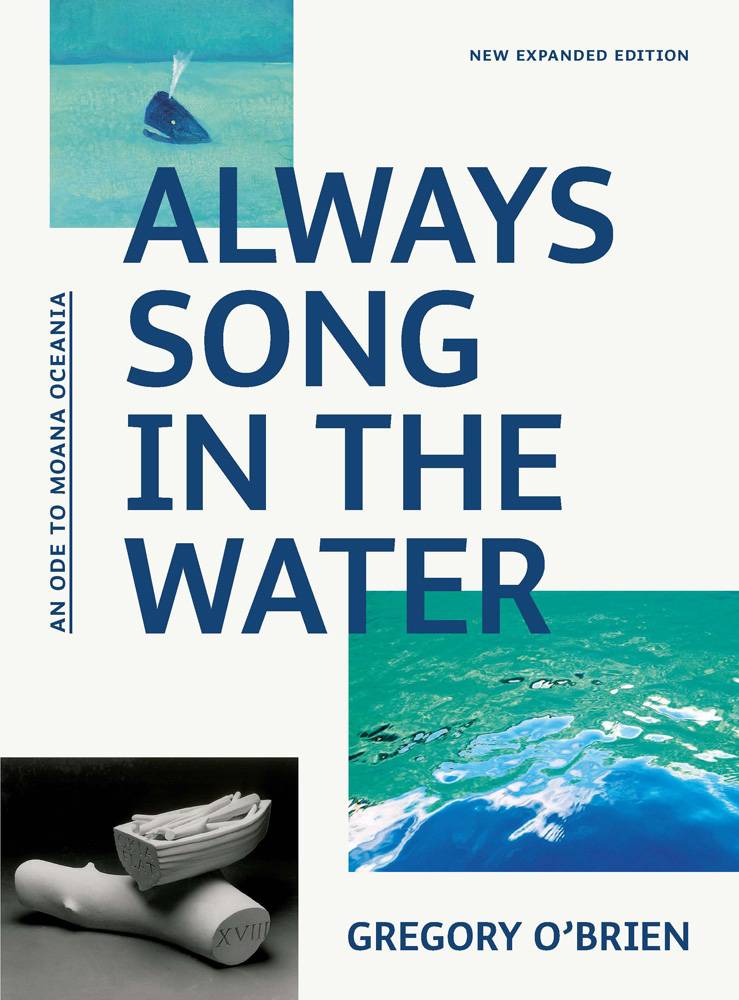
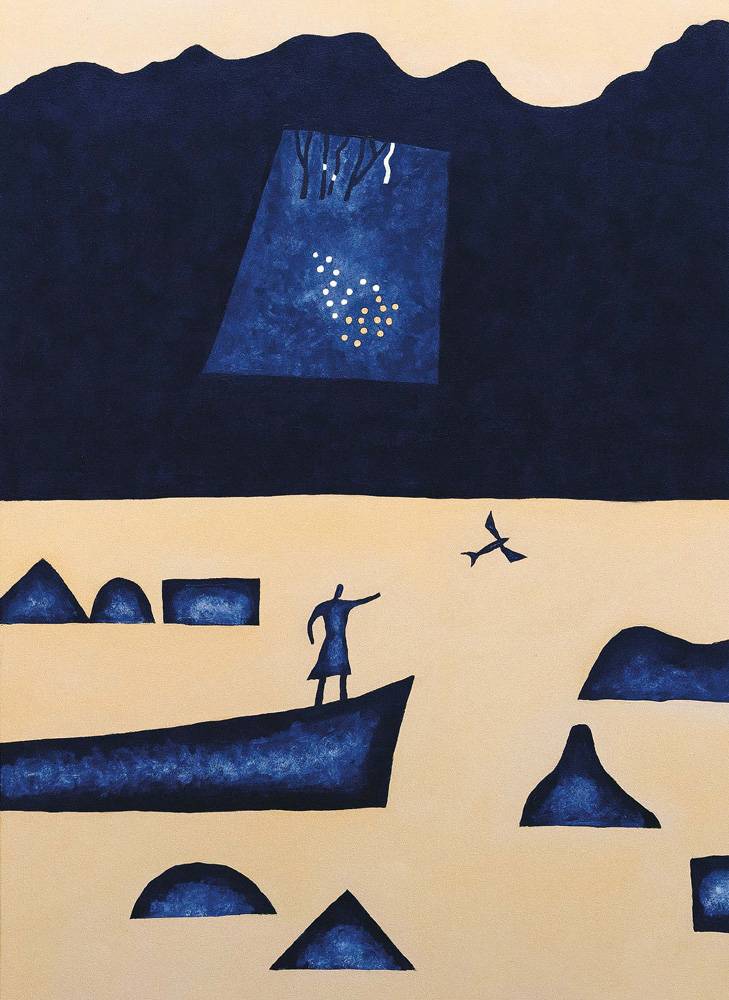
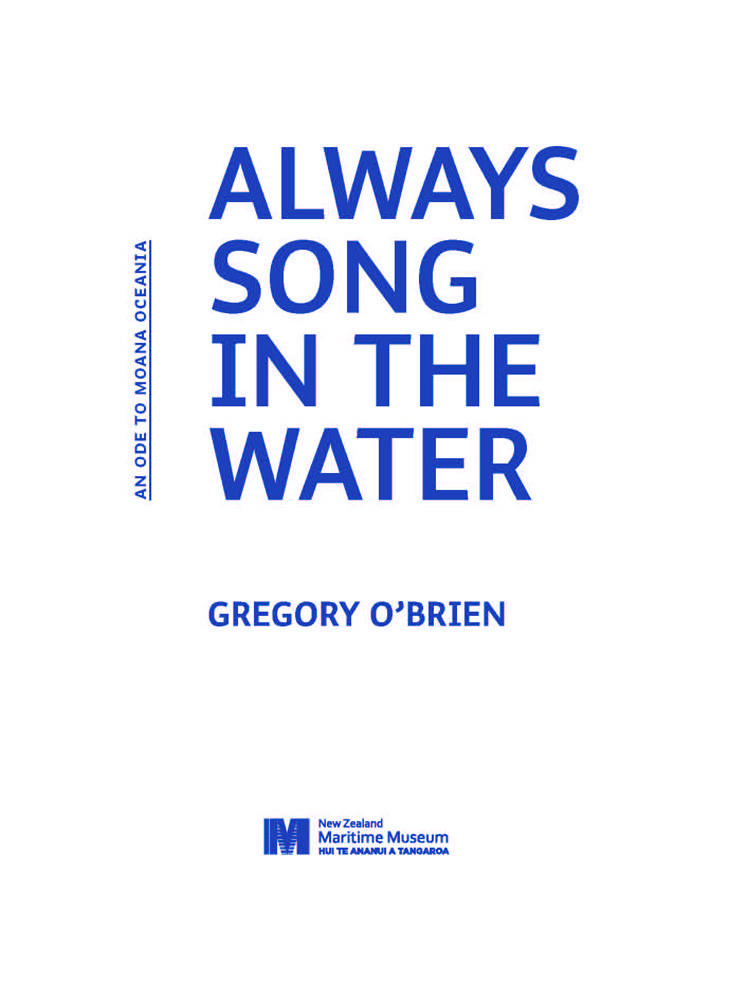
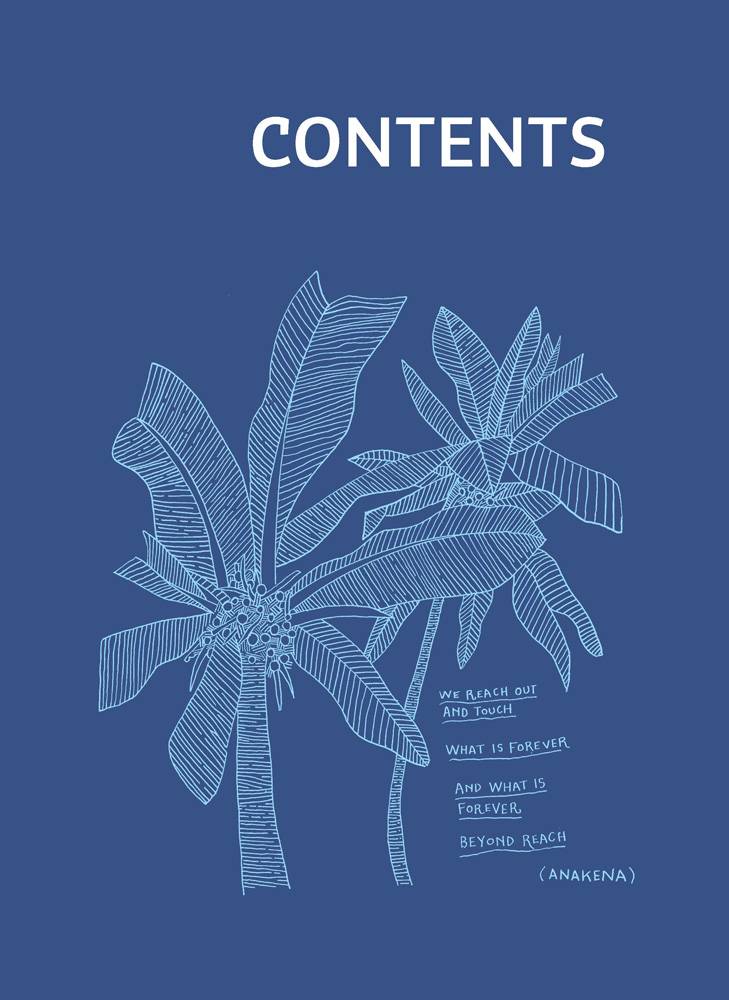
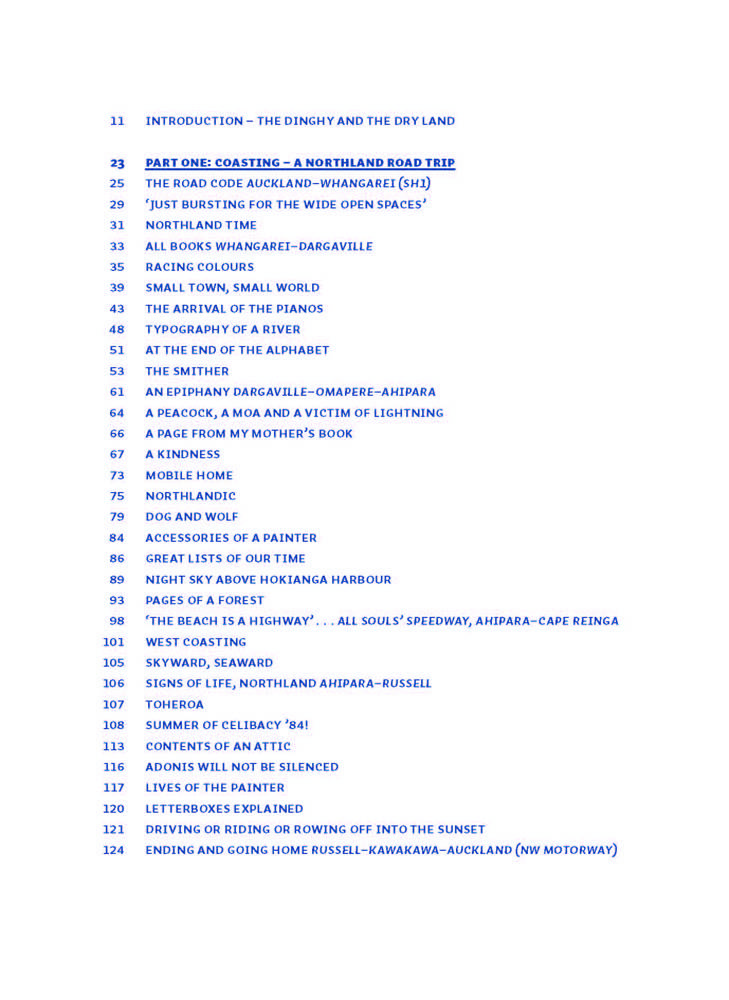
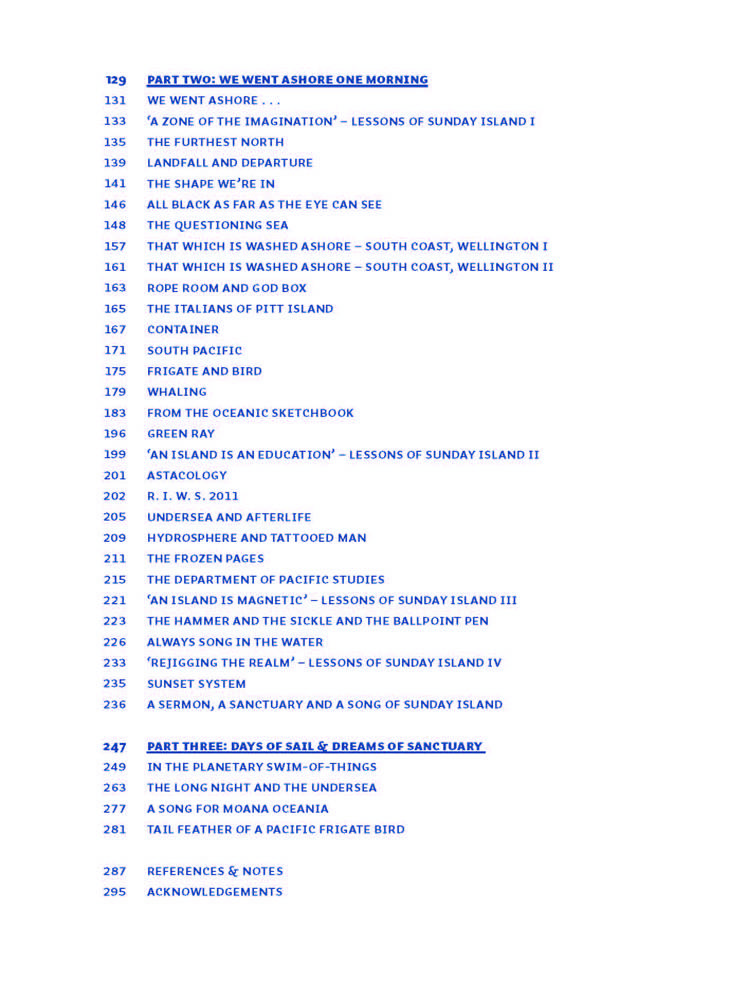
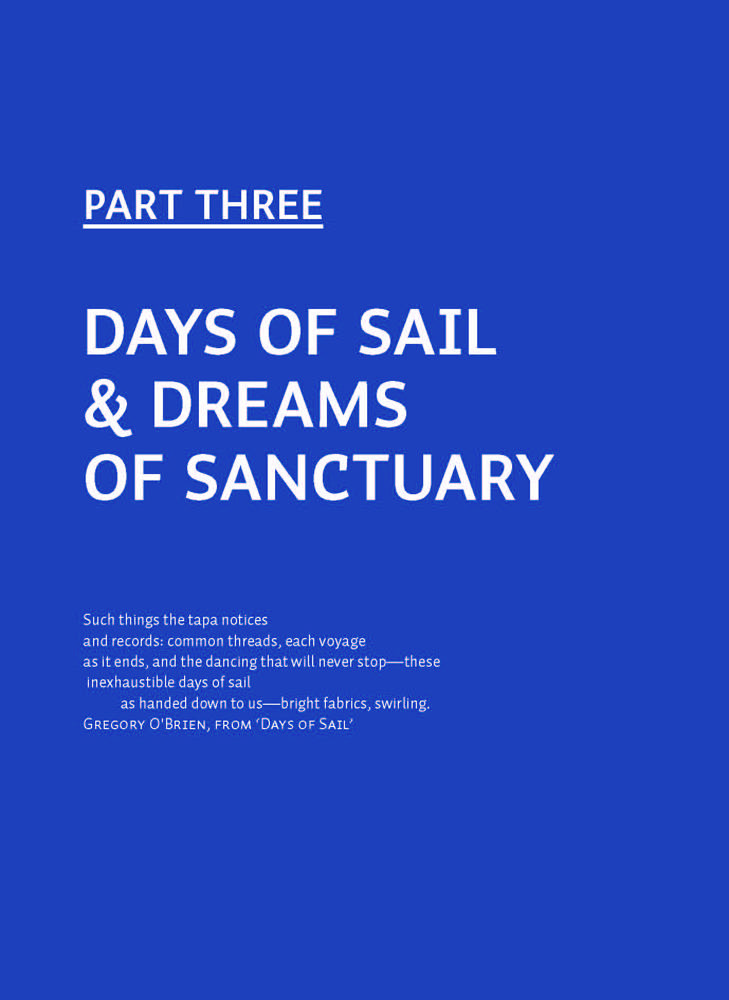
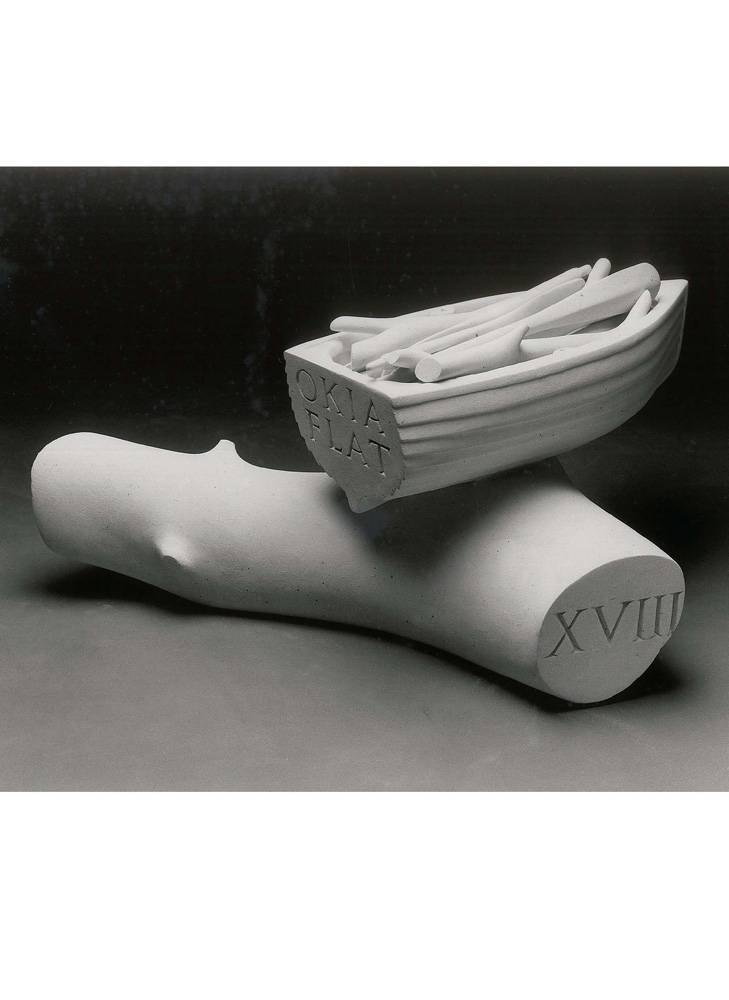
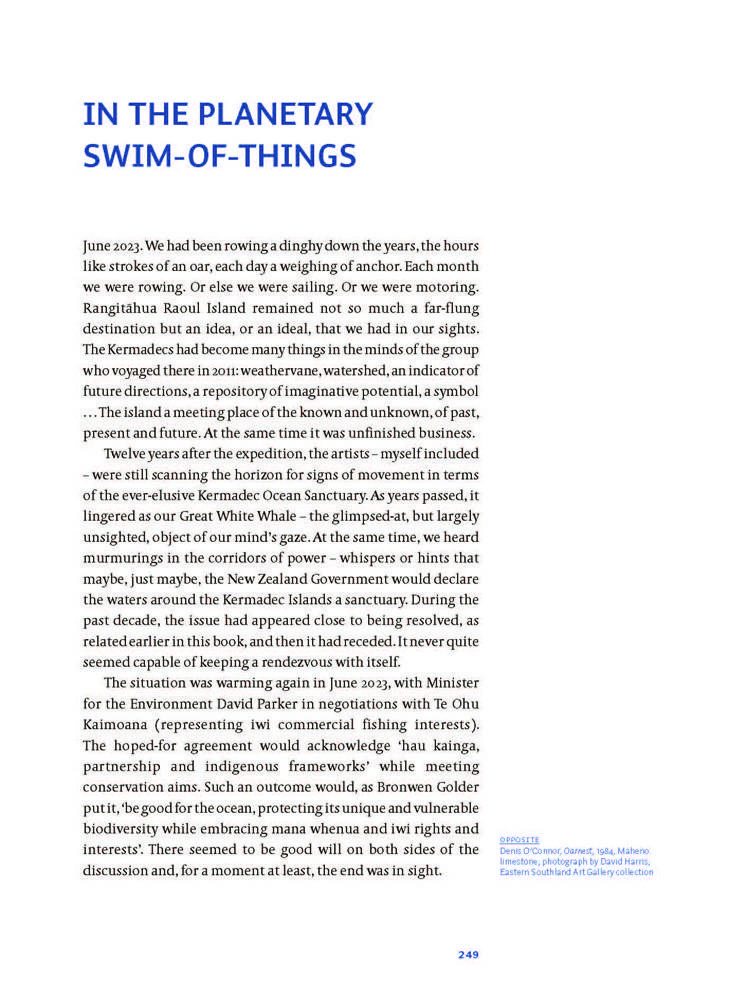
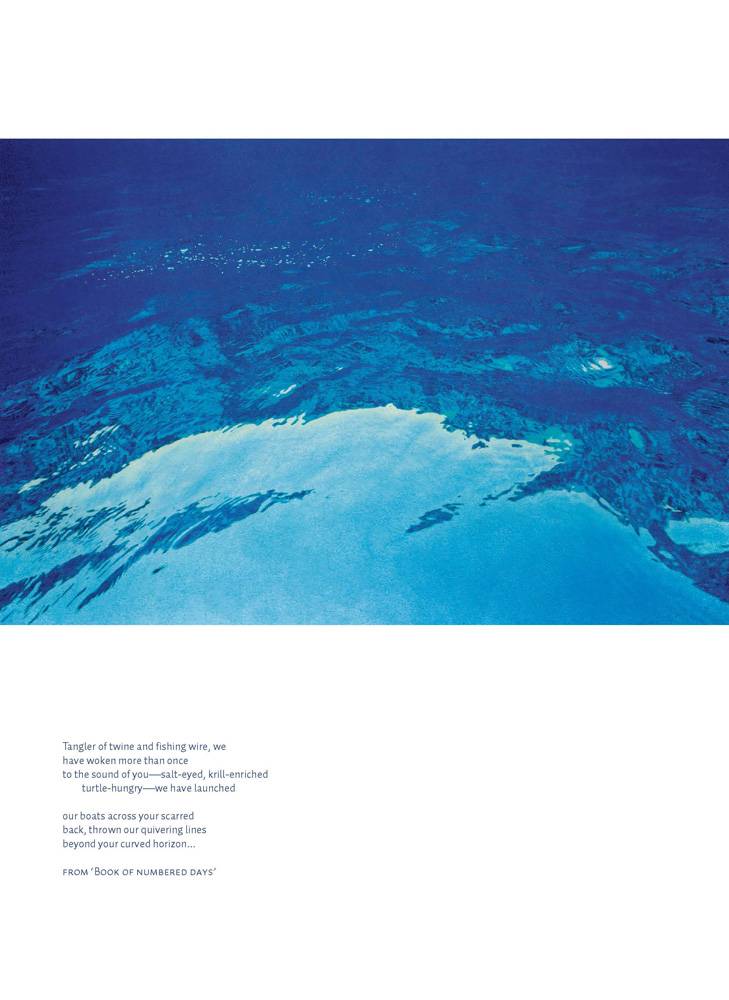
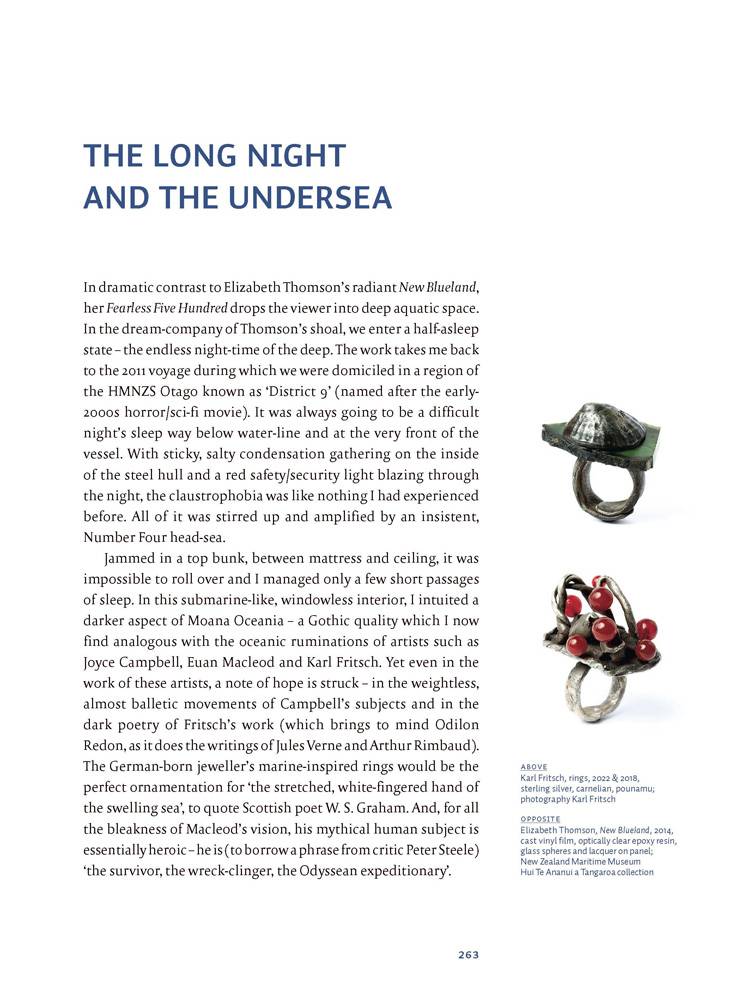
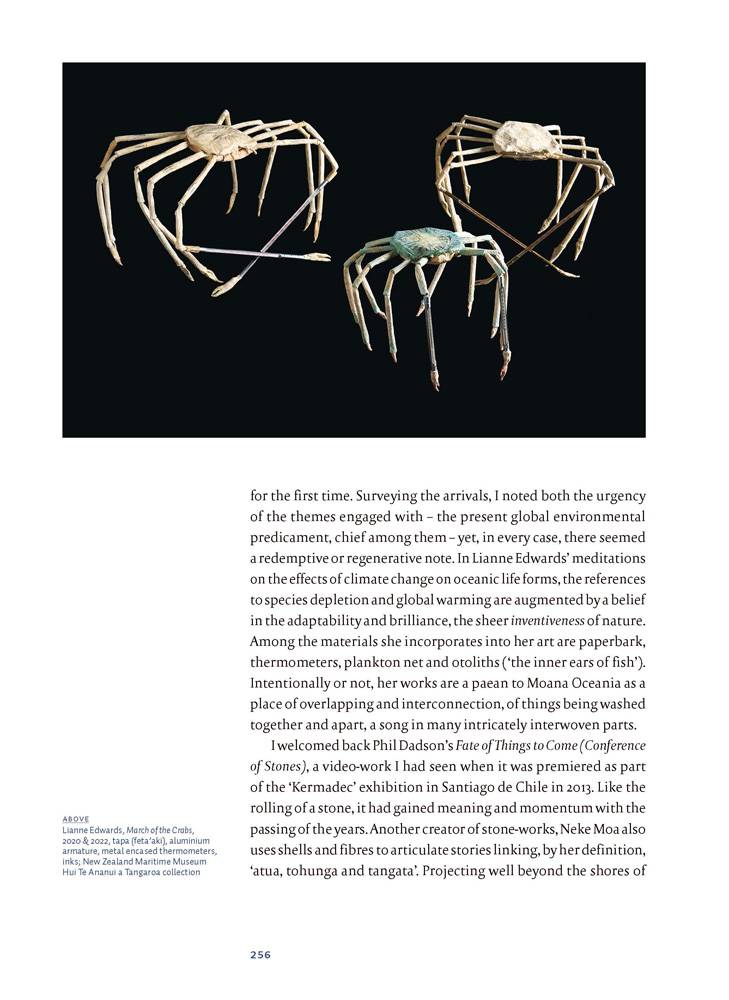
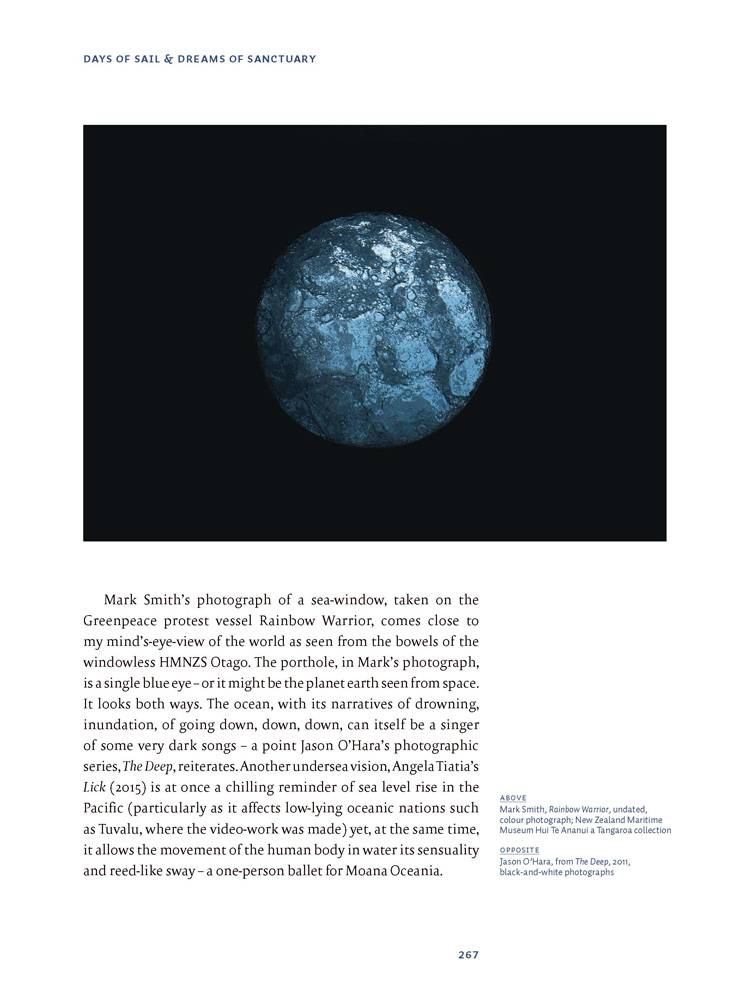
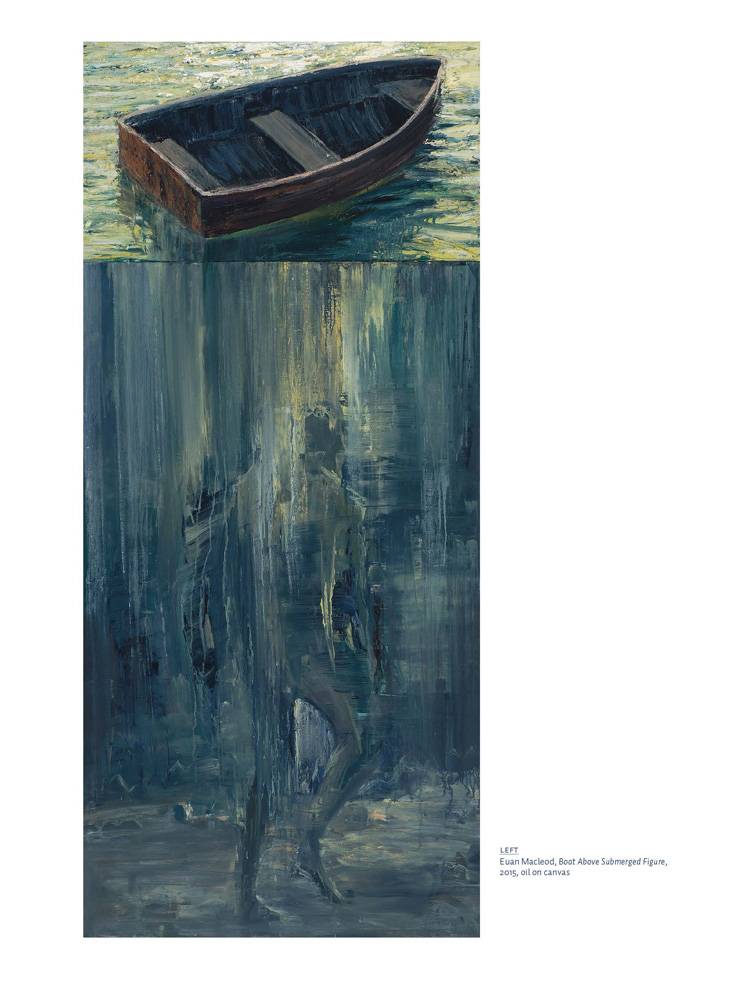
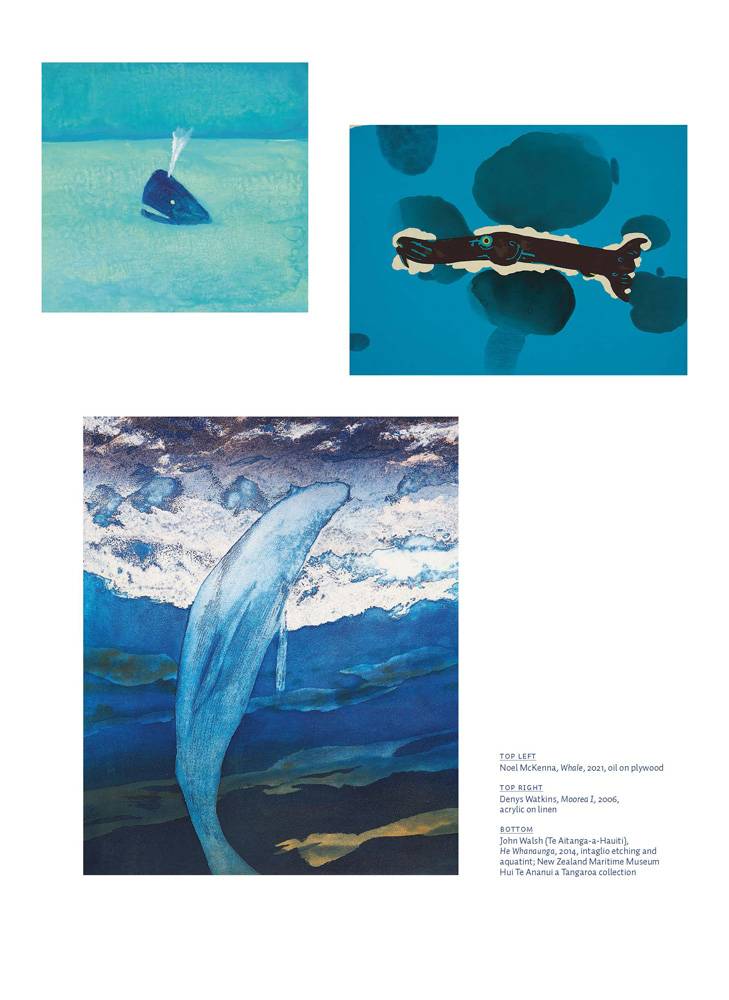
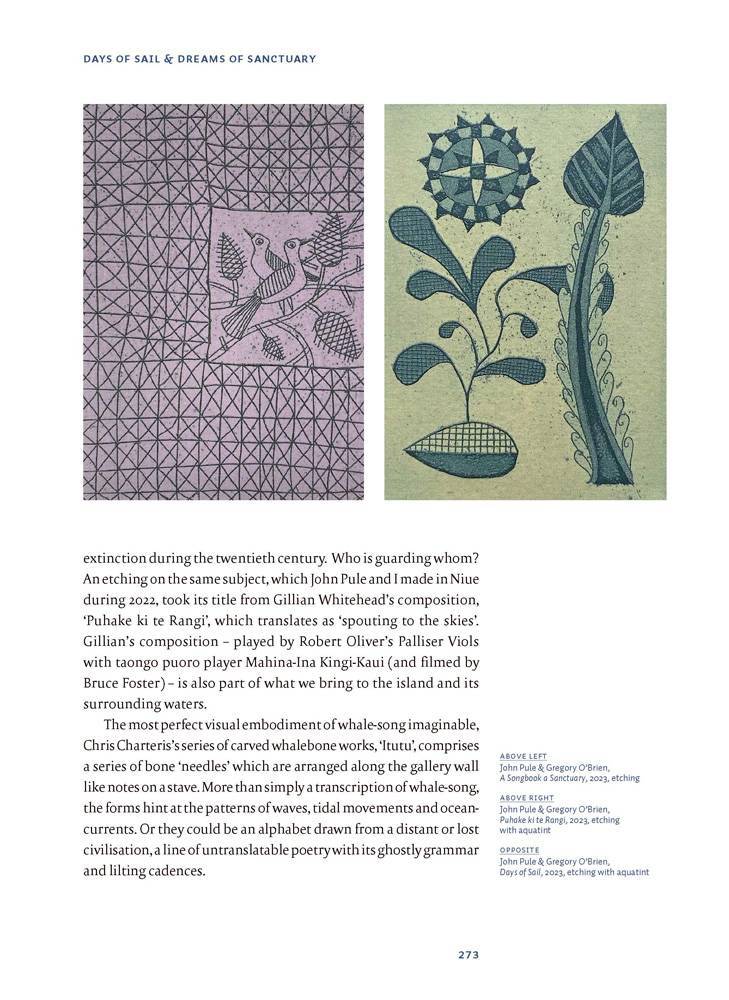
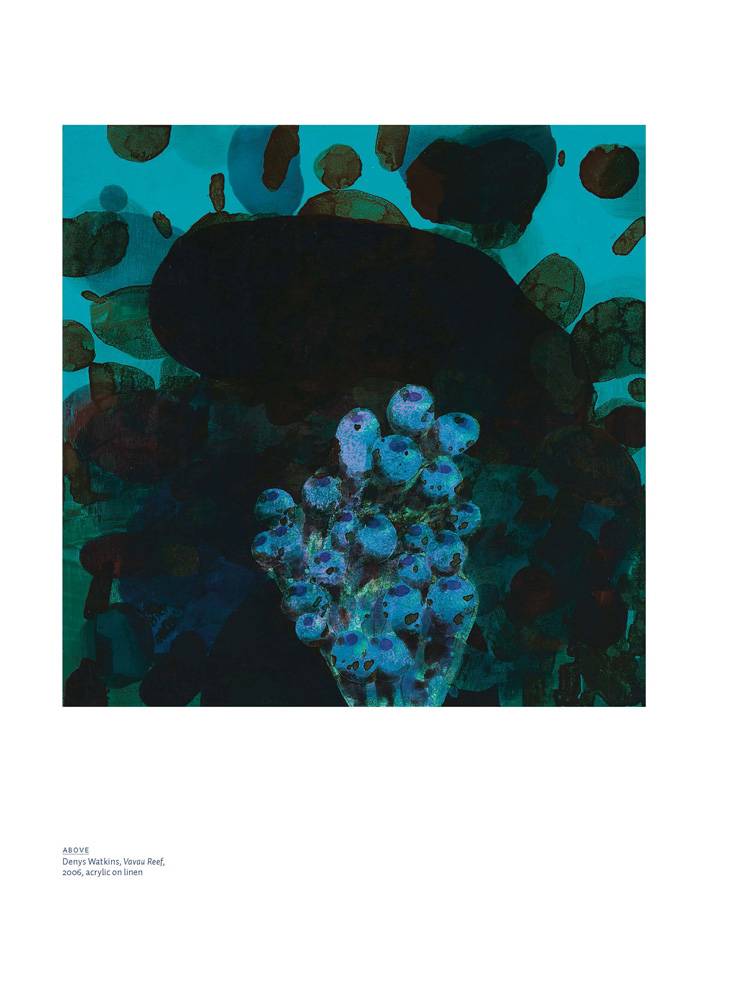
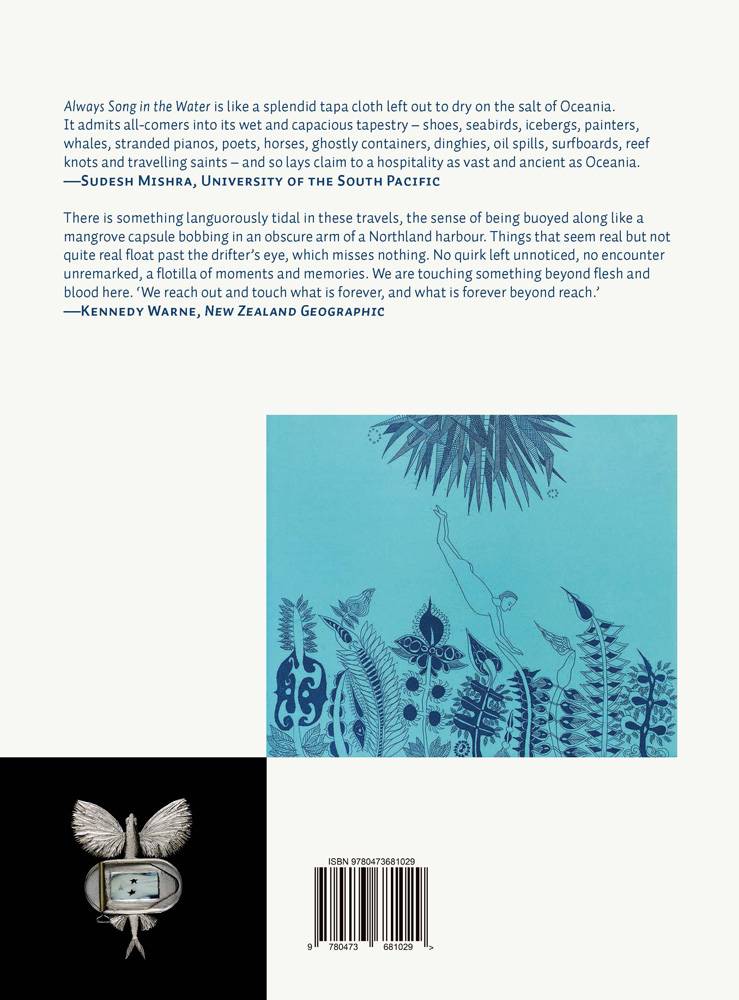
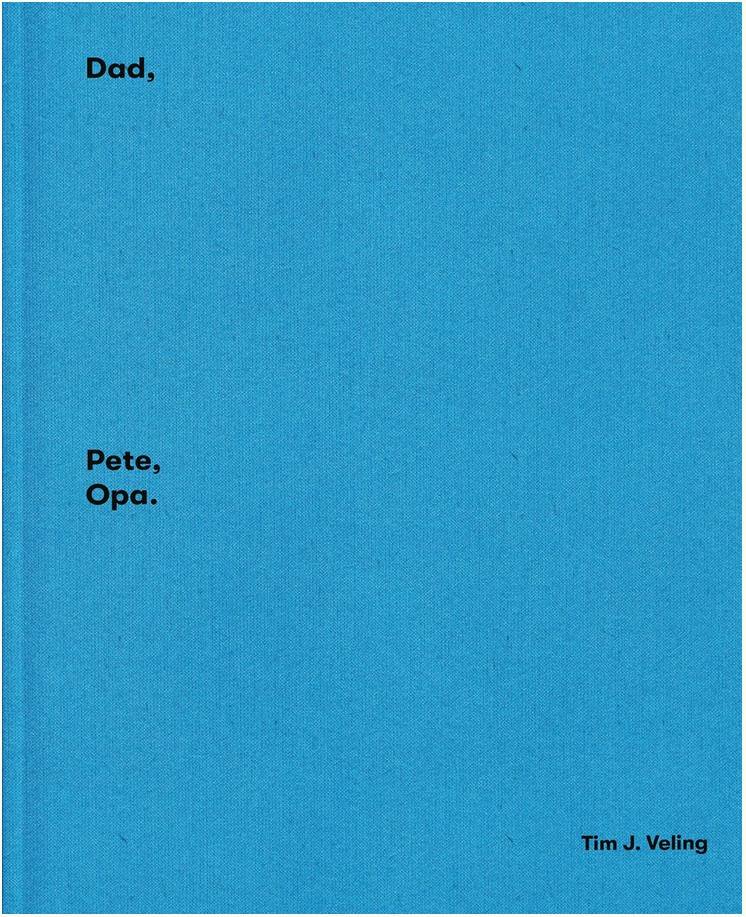
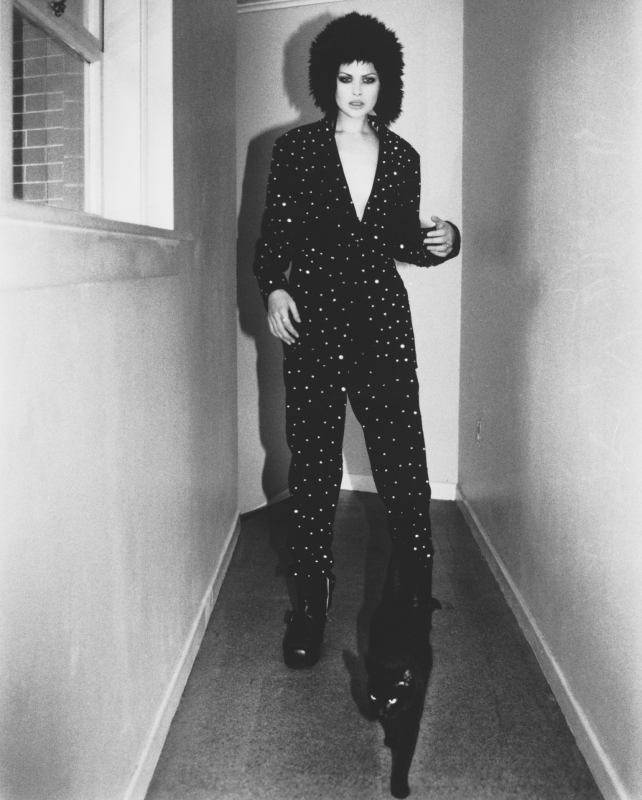 “Everything you read about Los Angeles is true. The city adapts to its own mythology. It’s such a ludicrously discussed place that I always feel slightly idiotic in my attempts to produce a serious discourse about it. Raves in the desert, however, are superb. And ecstasy is a great drug. Also, if you hadn’t heard, music sounds better when you’re high. And the desert surrounding LA is wondrous.” — Giovanni Intra, LA Politics
“Everything you read about Los Angeles is true. The city adapts to its own mythology. It’s such a ludicrously discussed place that I always feel slightly idiotic in my attempts to produce a serious discourse about it. Raves in the desert, however, are superb. And ecstasy is a great drug. Also, if you hadn’t heard, music sounds better when you’re high. And the desert surrounding LA is wondrous.” — Giovanni Intra, LA Politics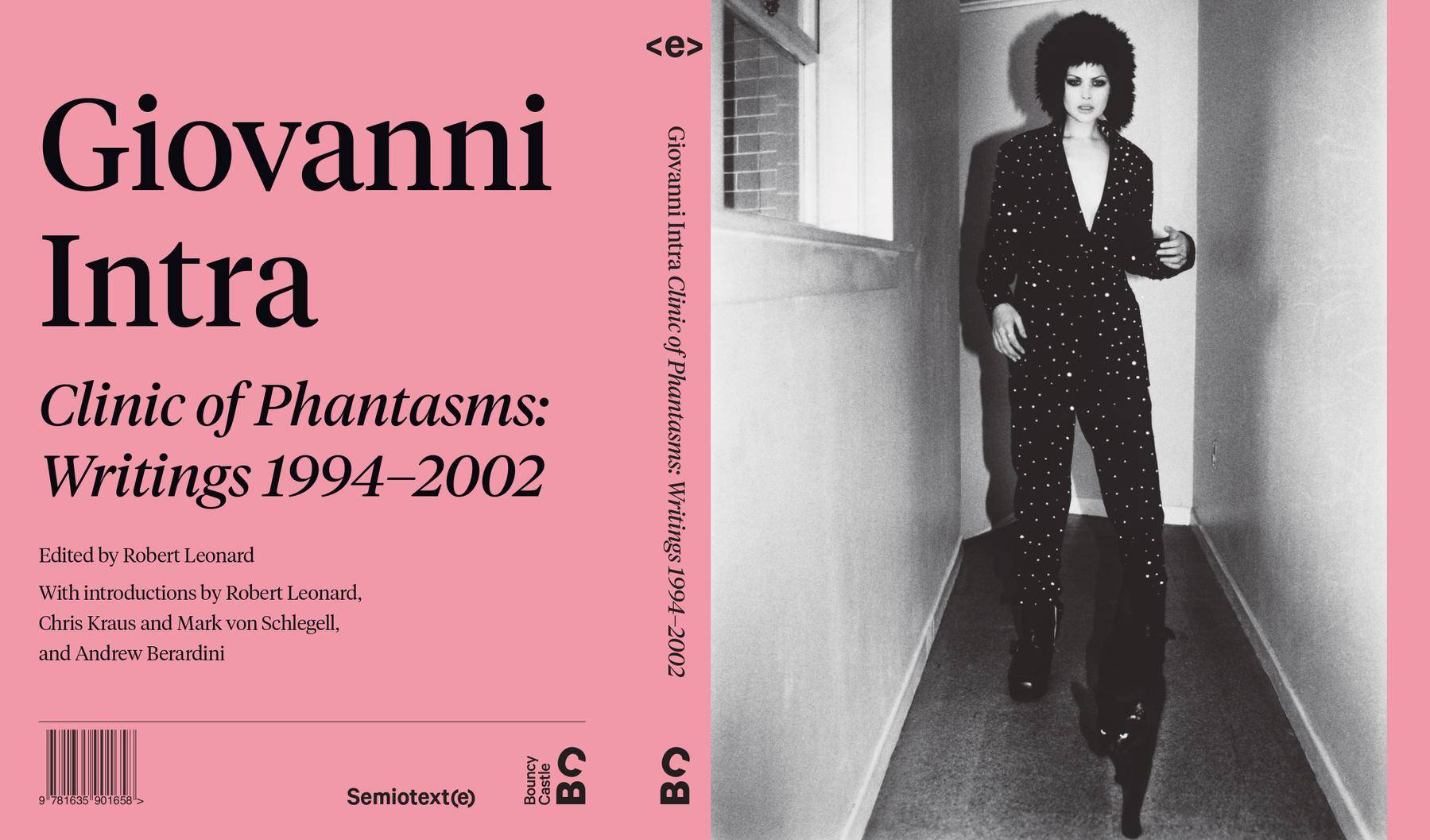
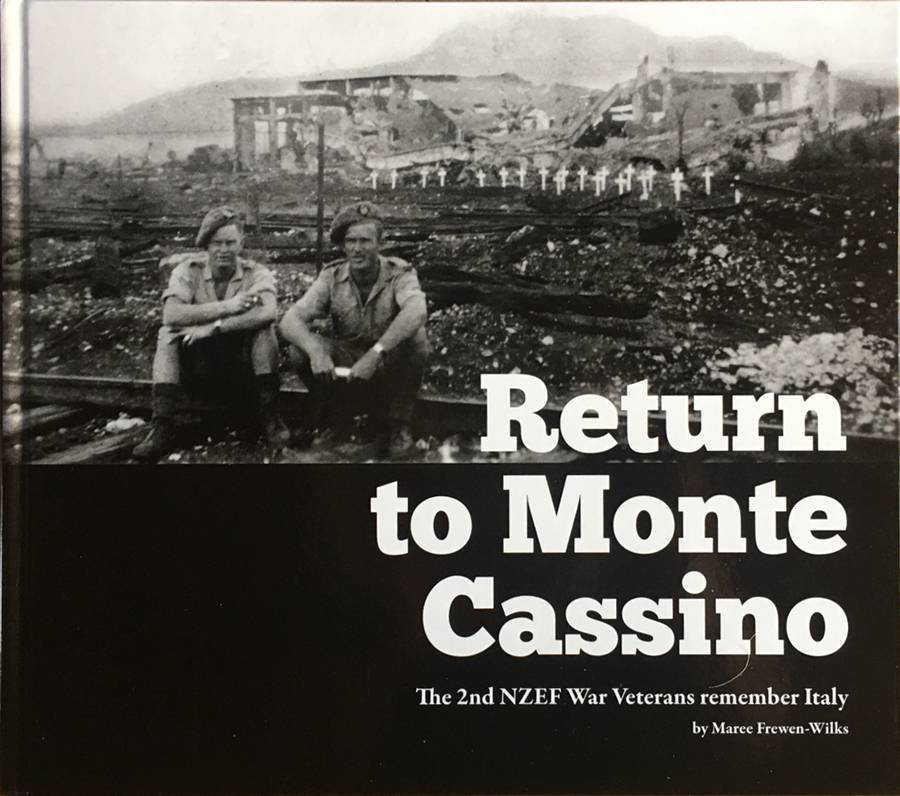
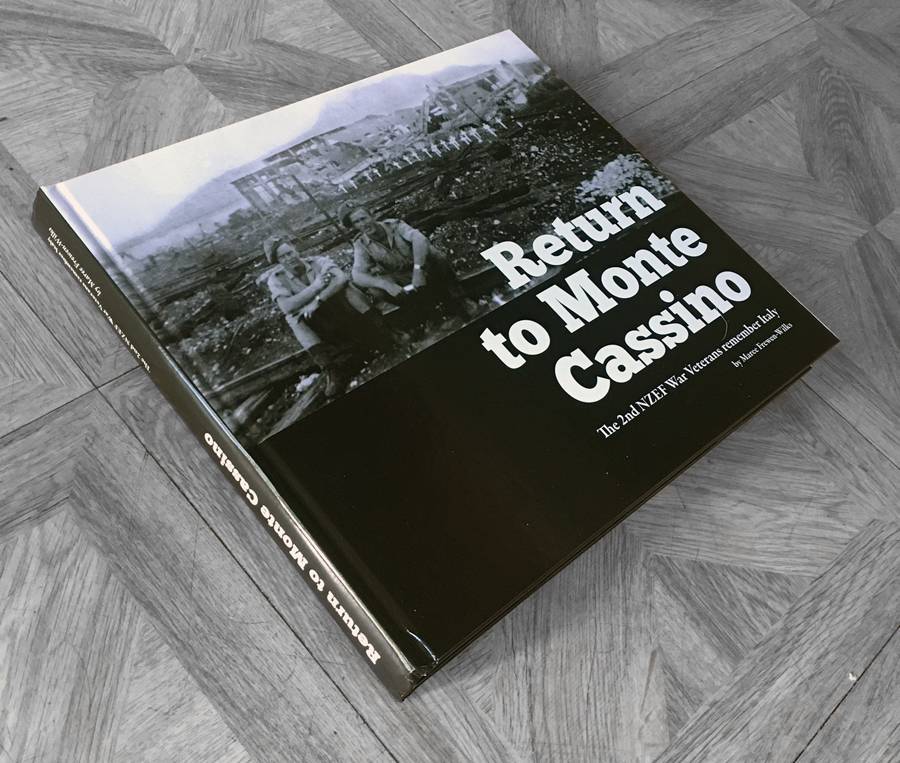
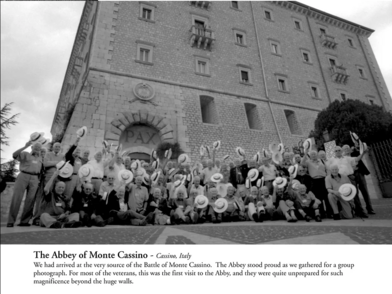
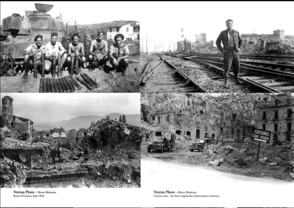
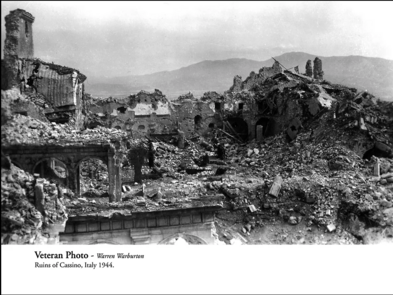
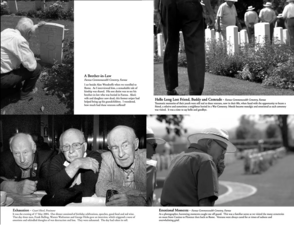
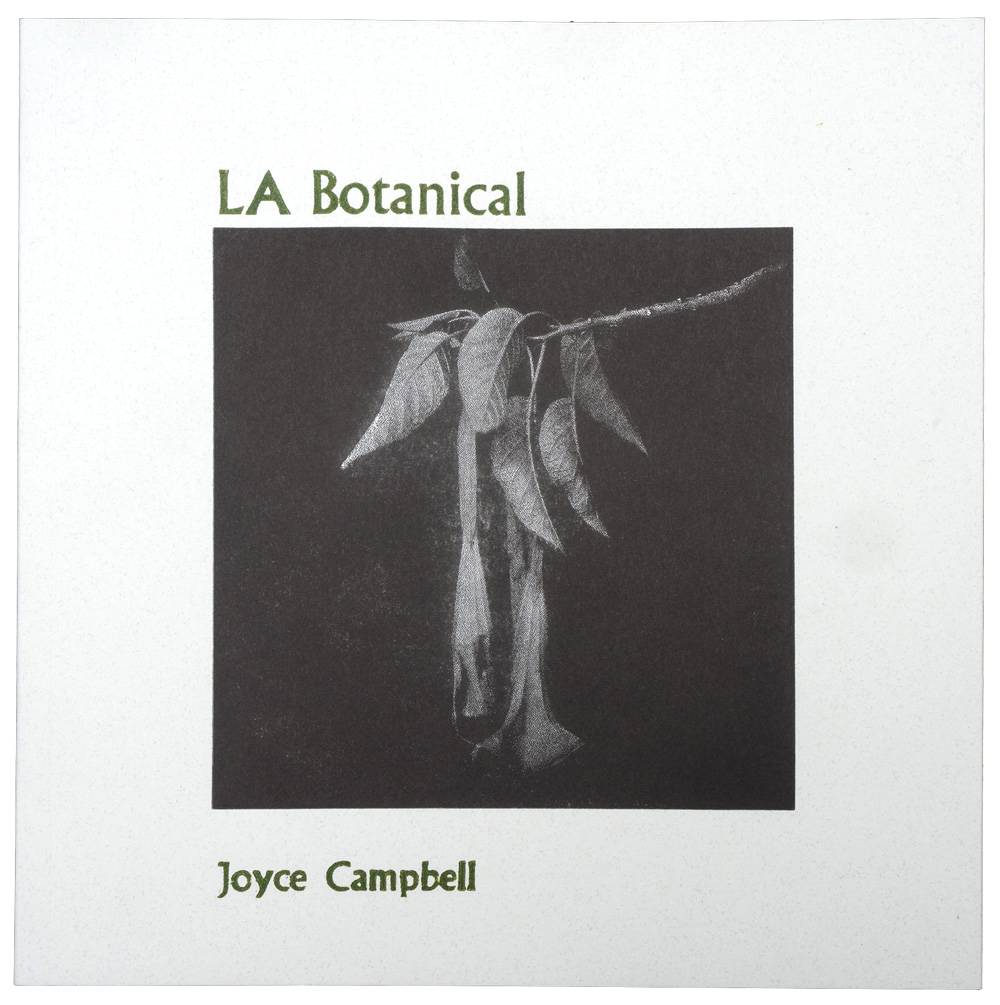 LA Botanical is a series of ambrotype photographs of plant specimens found in the greater Los Angeles area. It was conceived by the multidisciplinary artist Joyce Campbell in the wake of Hurricane Katrina which devastated the Gulf Coast of Louisiana in 2005. The aftermath, particularly the inability and unwillingness of the Federal Government to respond to the crisis in flooded New Orleans, highlighted the vulnerability of a populace stranded in the face of natural, and human induced calamity in the world’s most powerful nation. As a mother raising her young child in a sprawling American city Campbell was compelled to ask: when the supply chain is disrupted and the supermarkets are empty, and there is no sign of aid reaching you, how can ‘art’ be useful?
LA Botanical is a series of ambrotype photographs of plant specimens found in the greater Los Angeles area. It was conceived by the multidisciplinary artist Joyce Campbell in the wake of Hurricane Katrina which devastated the Gulf Coast of Louisiana in 2005. The aftermath, particularly the inability and unwillingness of the Federal Government to respond to the crisis in flooded New Orleans, highlighted the vulnerability of a populace stranded in the face of natural, and human induced calamity in the world’s most powerful nation. As a mother raising her young child in a sprawling American city Campbell was compelled to ask: when the supply chain is disrupted and the supermarkets are empty, and there is no sign of aid reaching you, how can ‘art’ be useful? 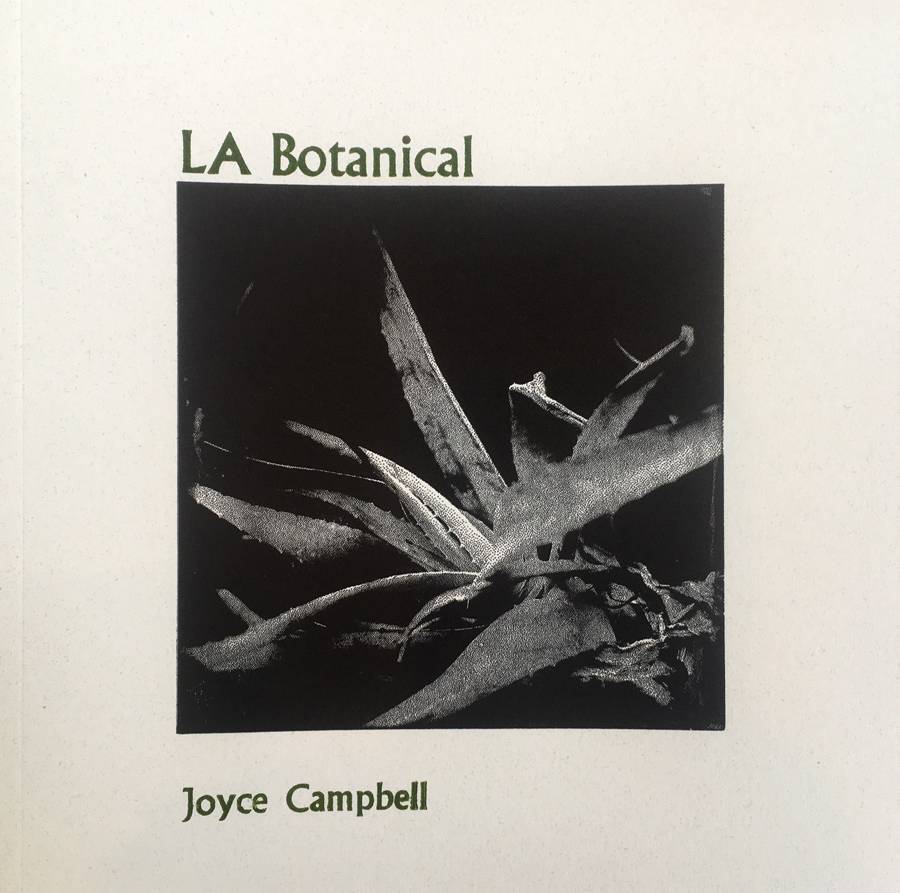
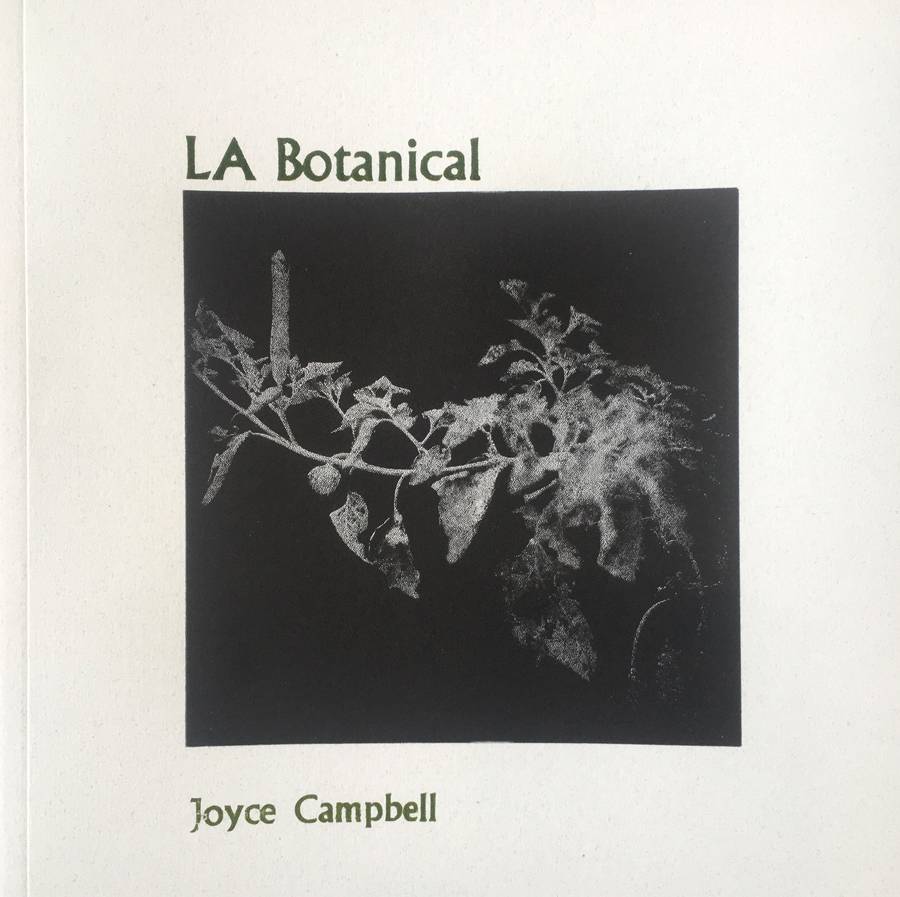
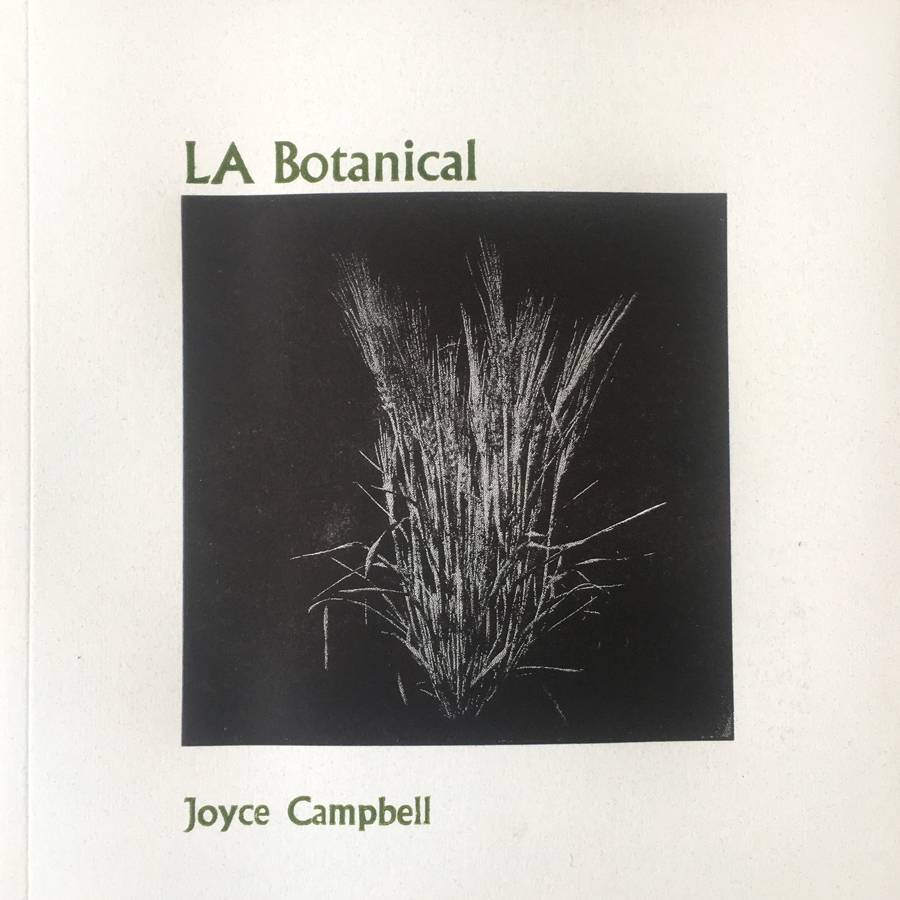
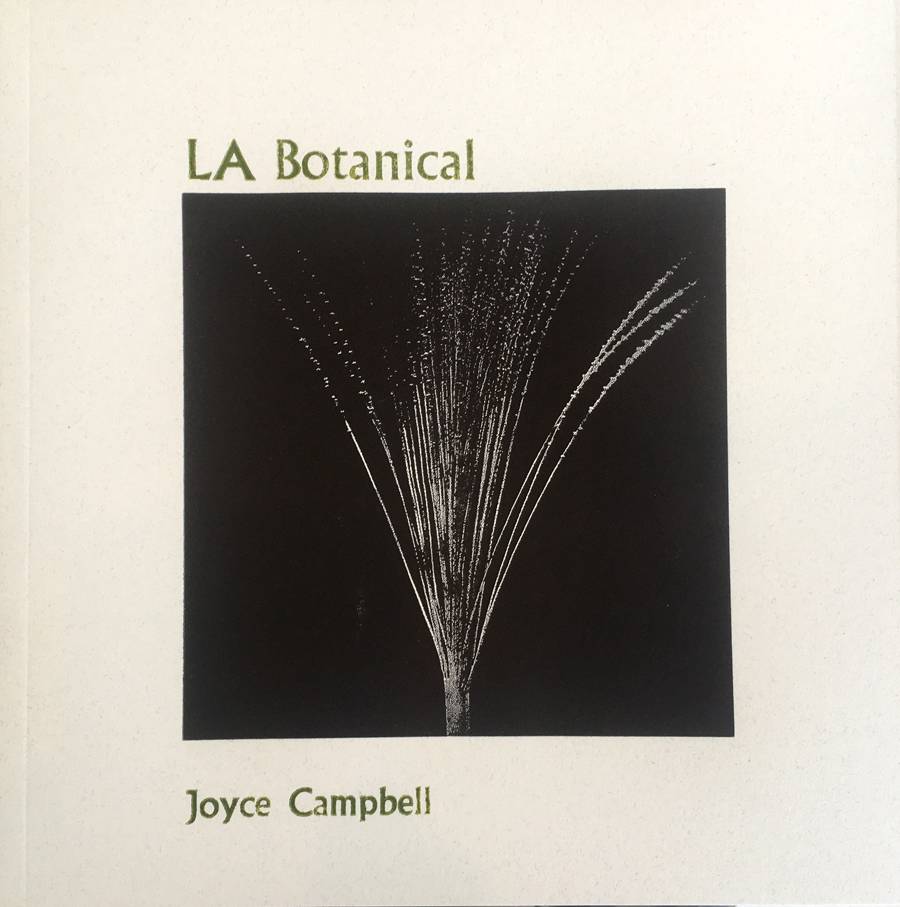
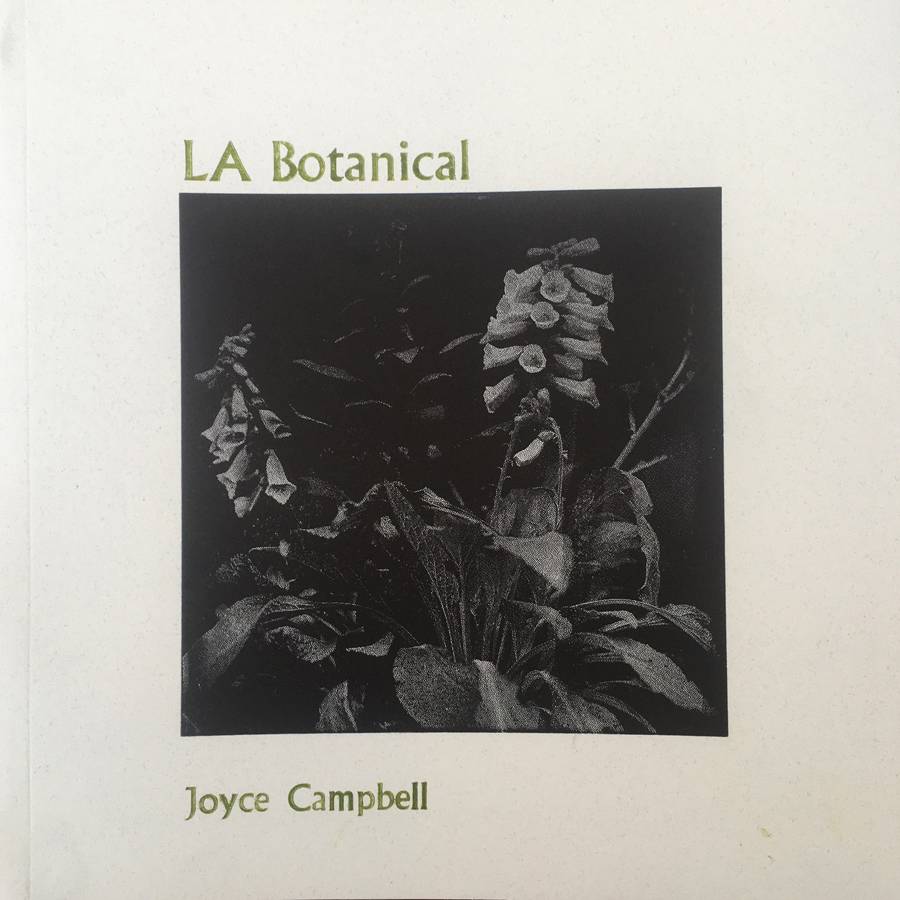
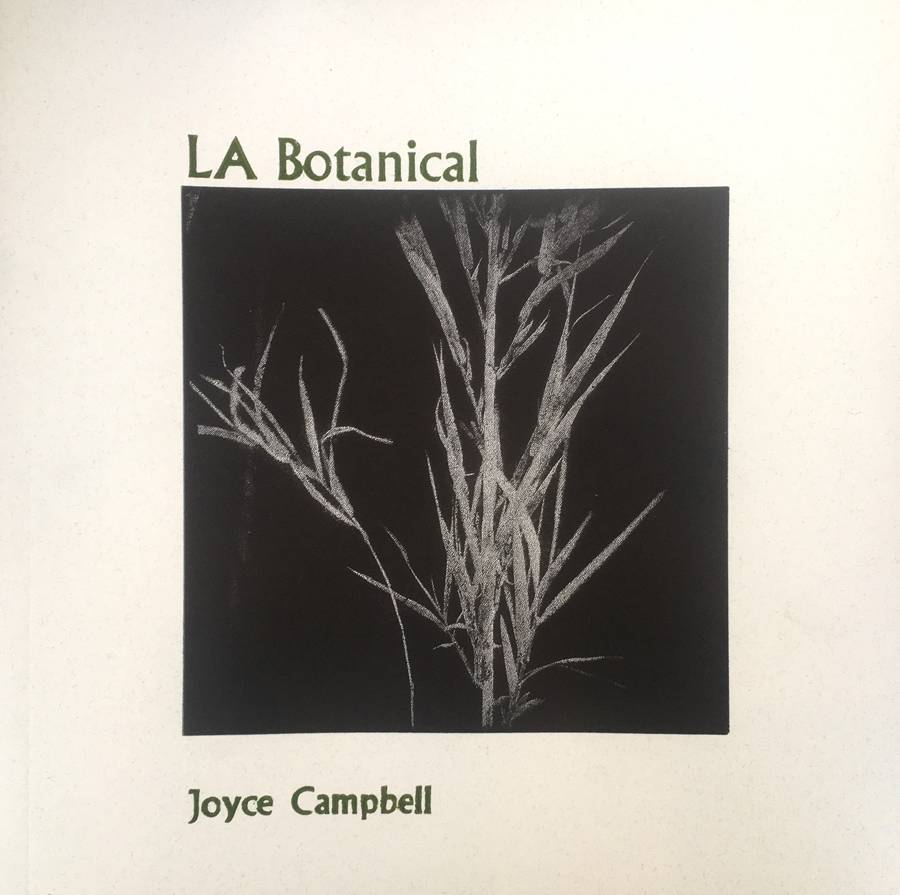
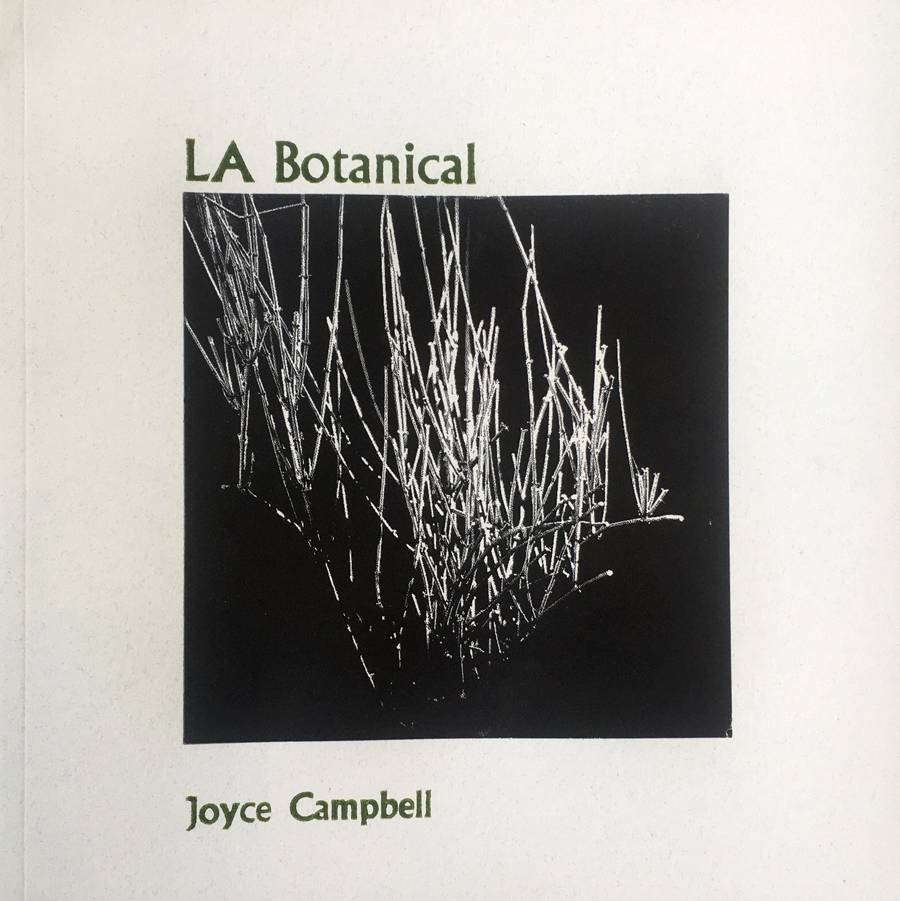
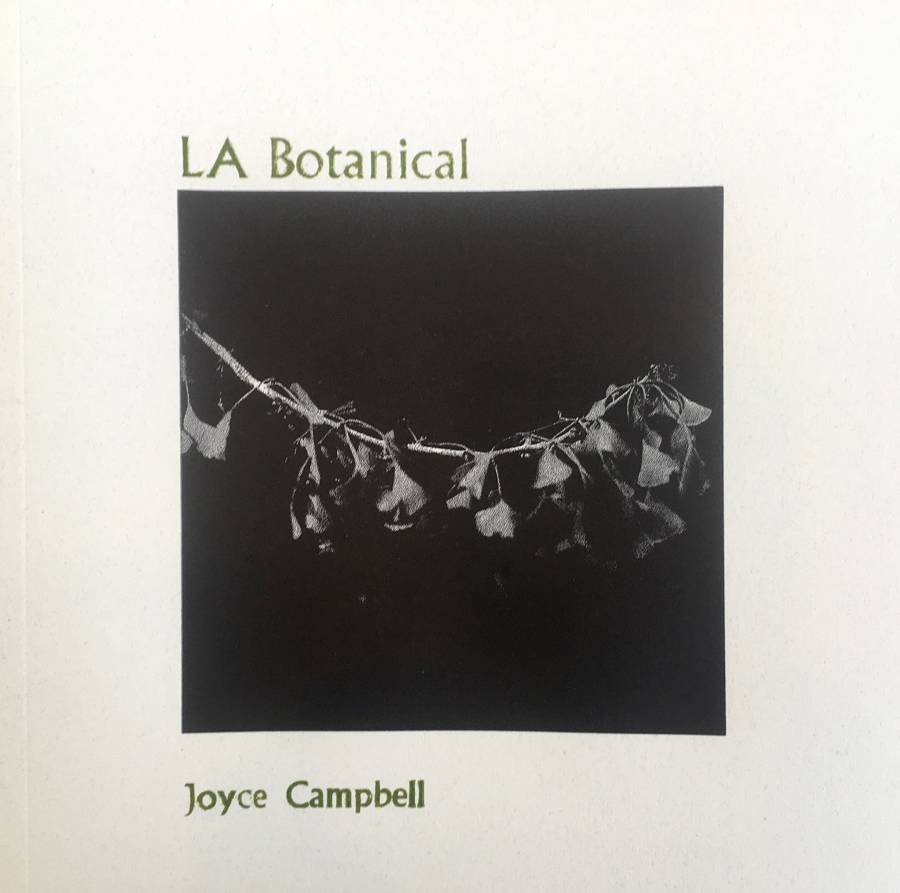
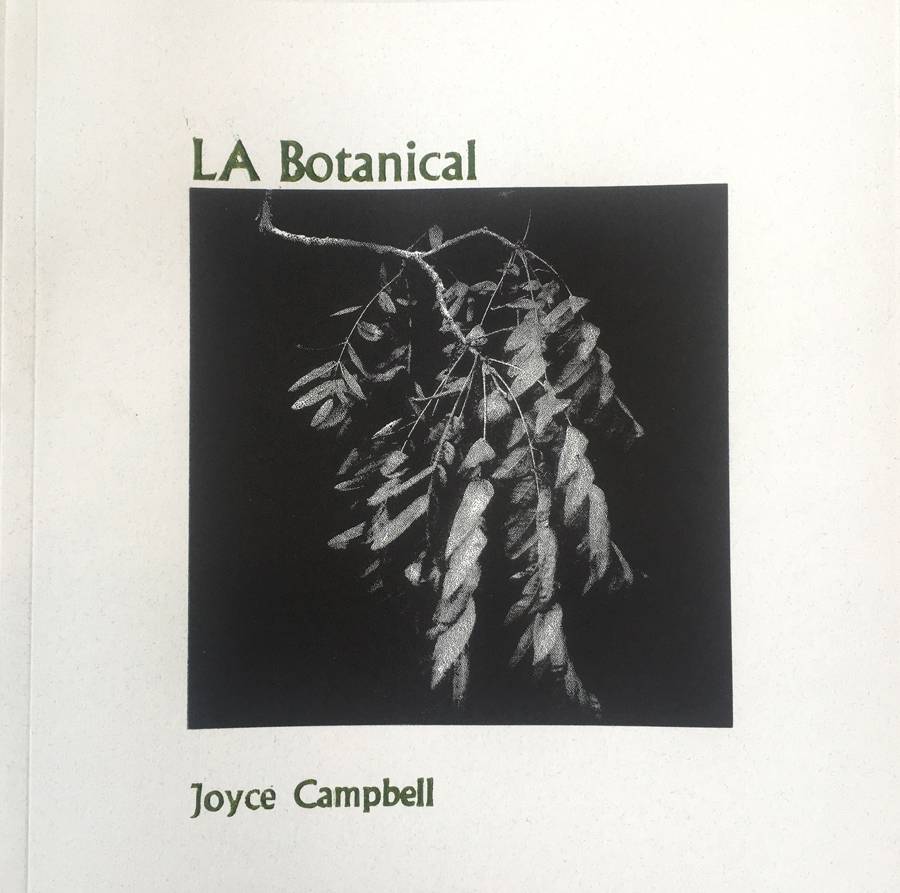
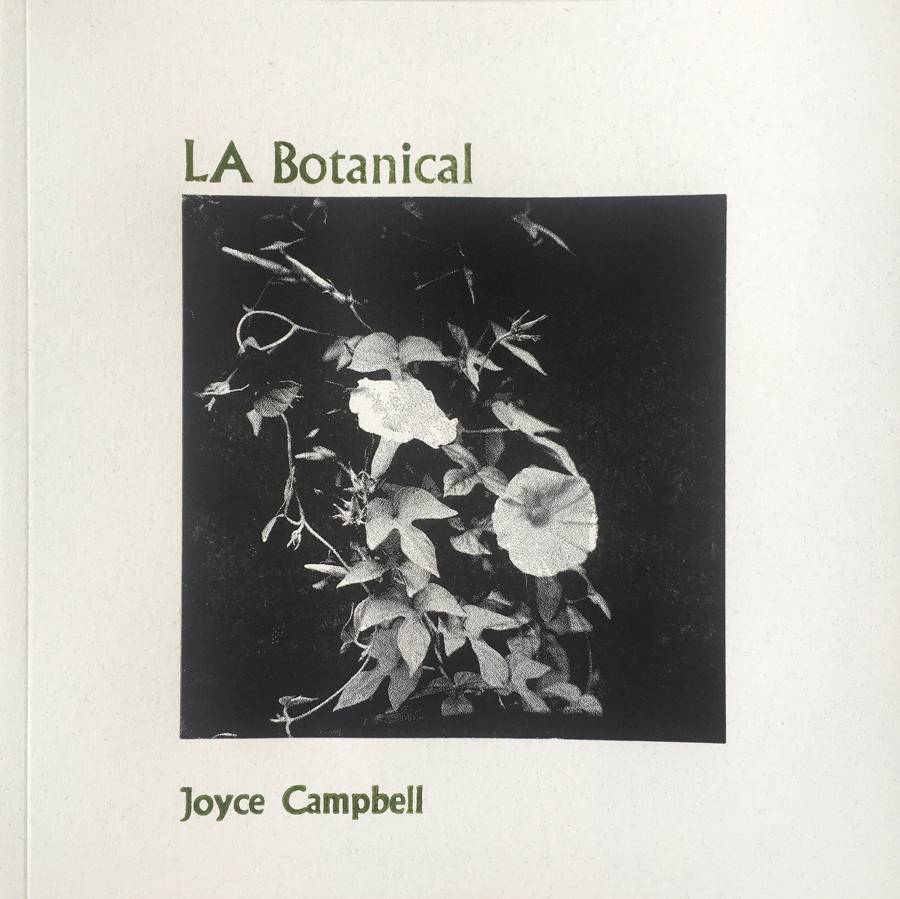
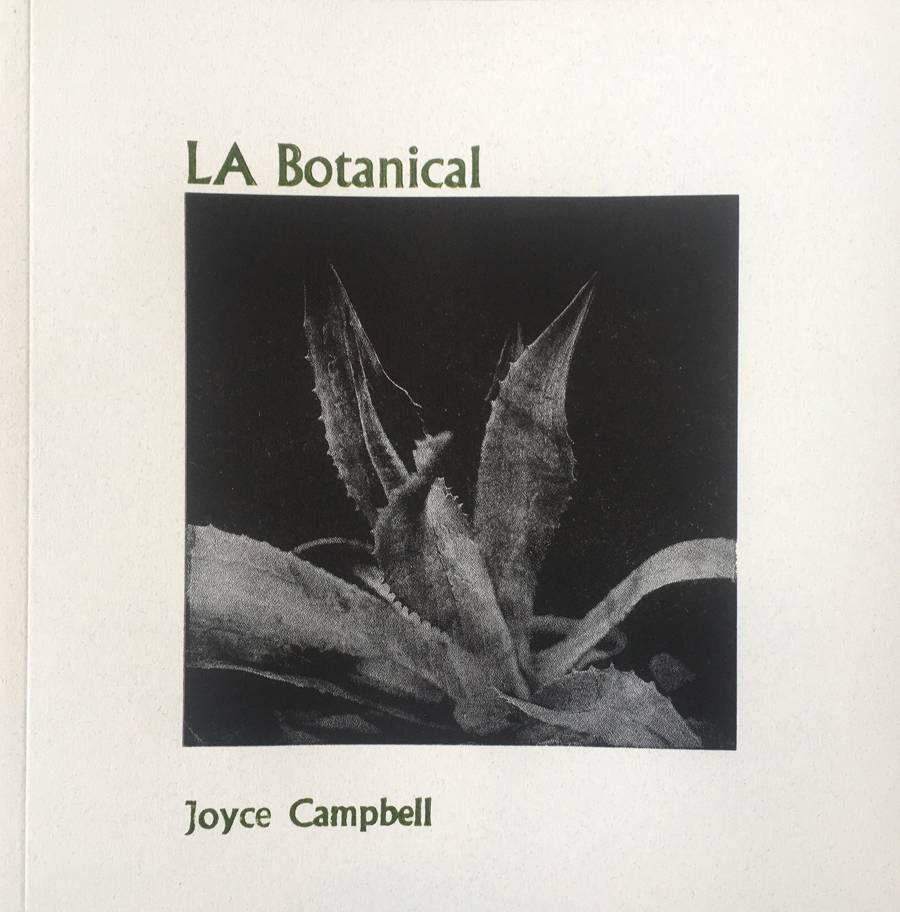
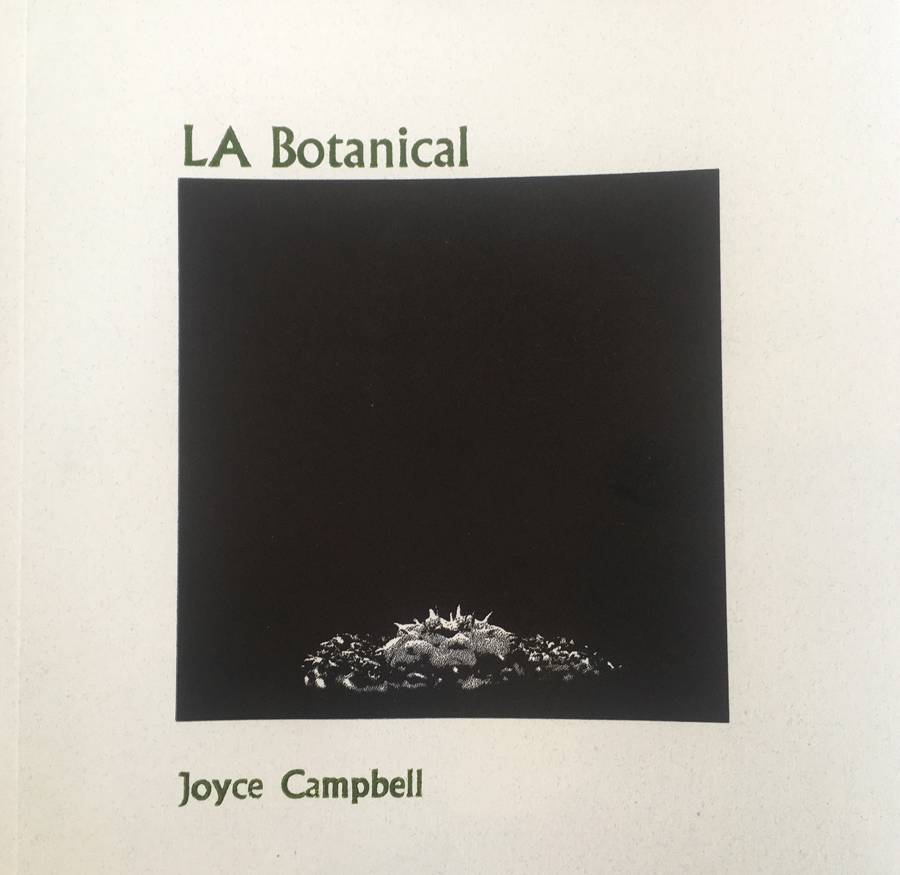
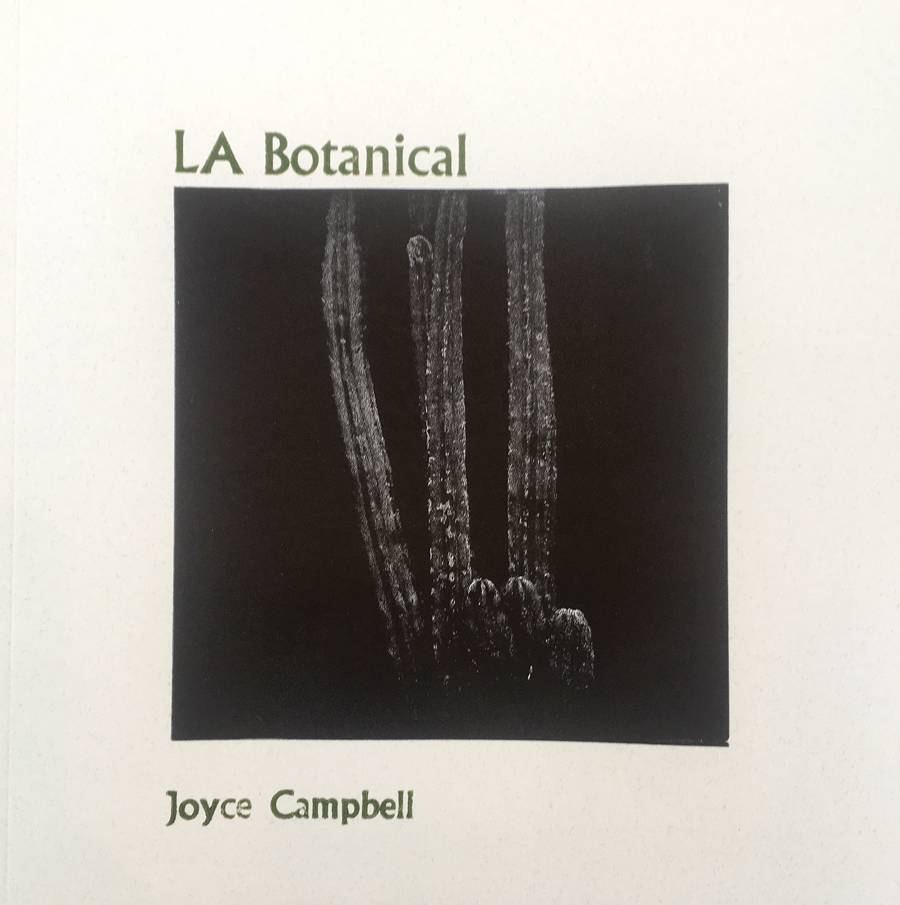
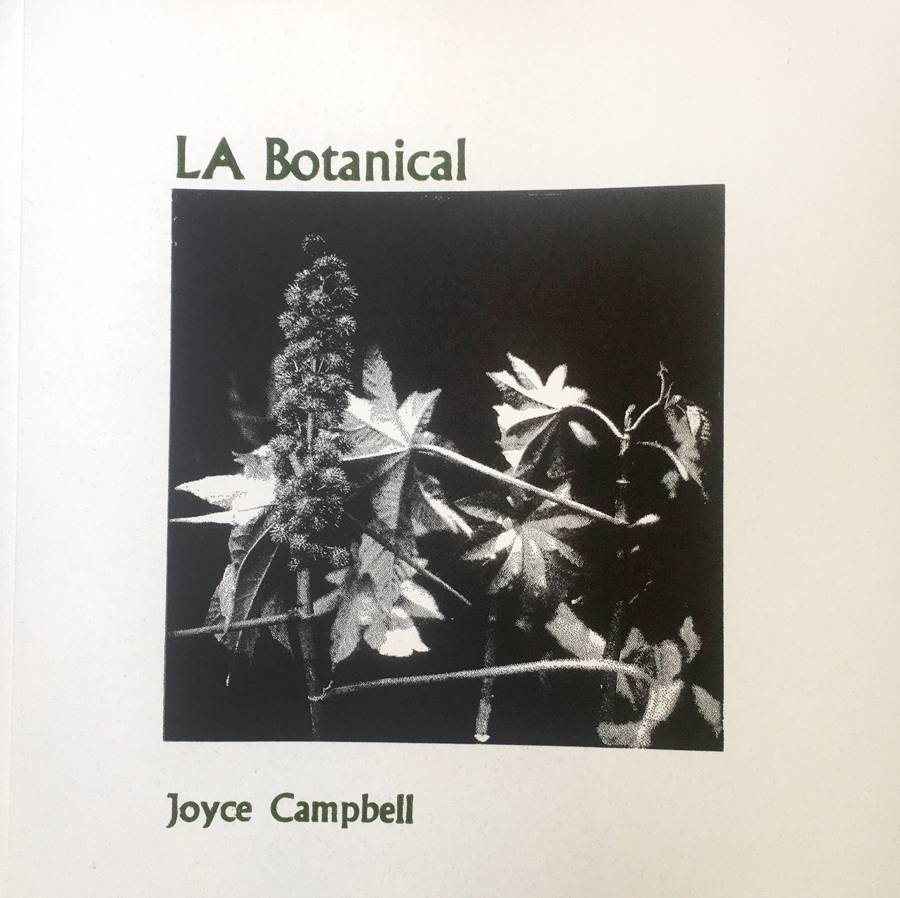
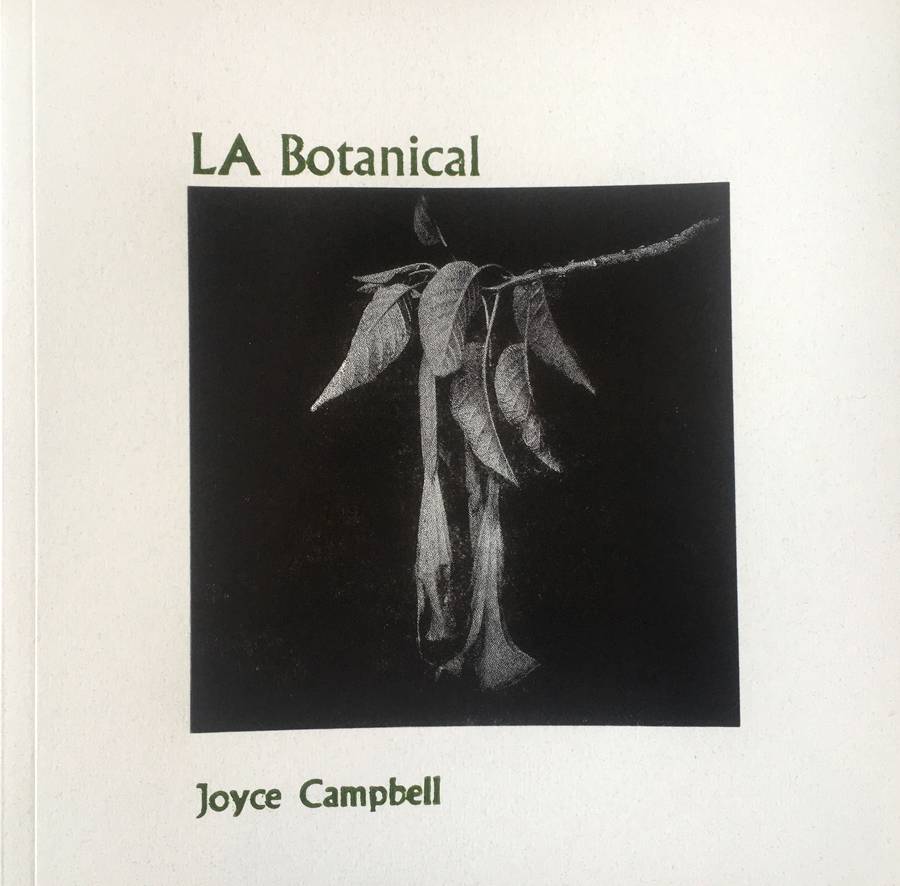
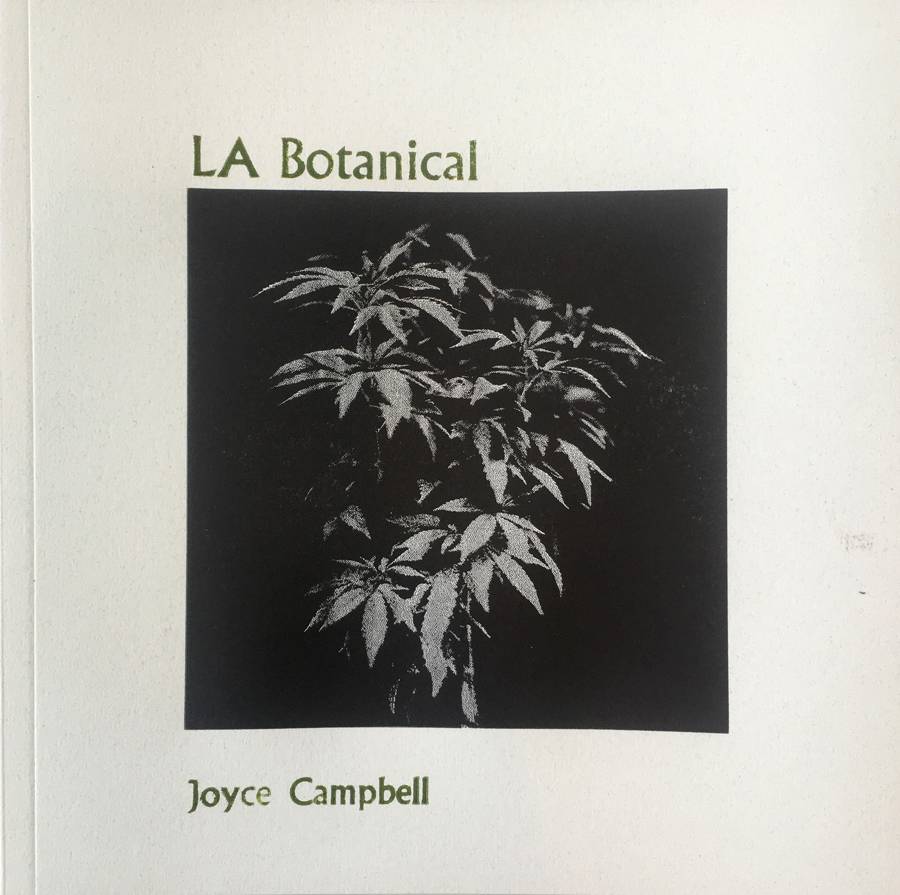
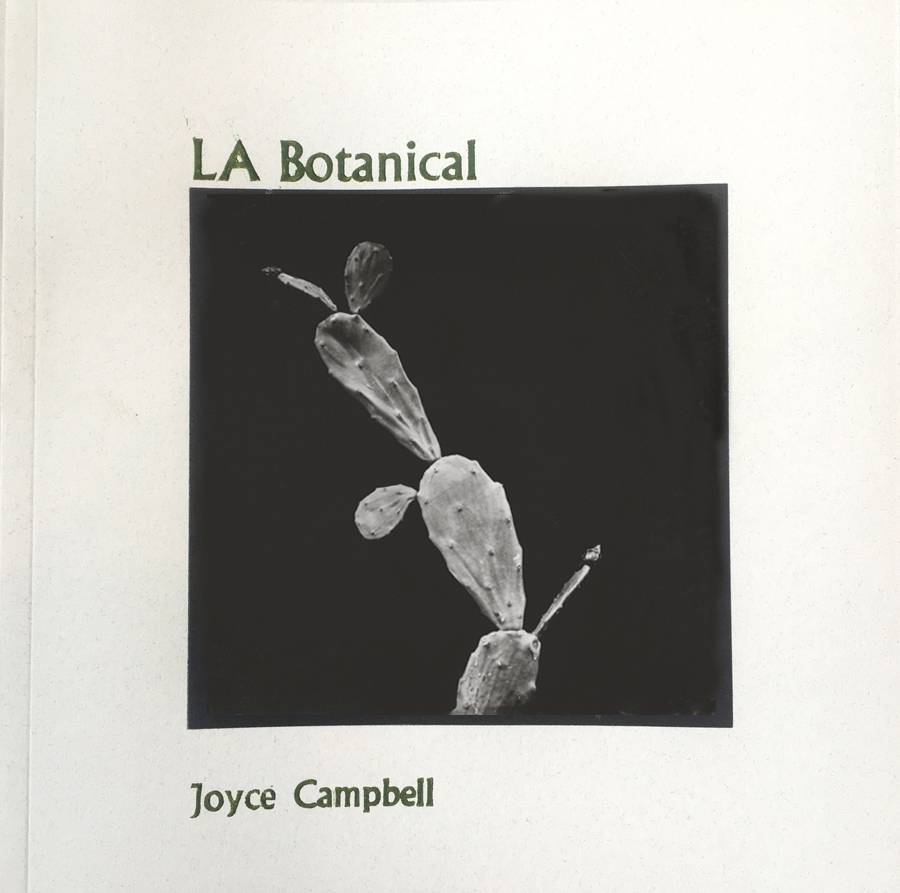
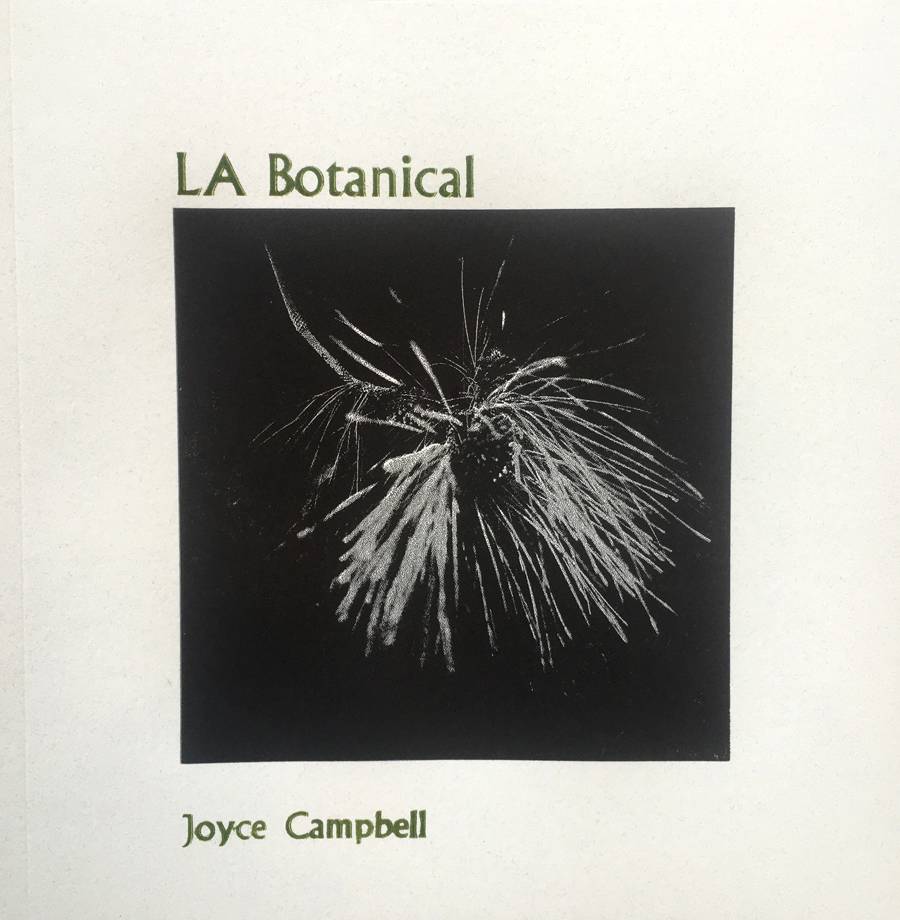
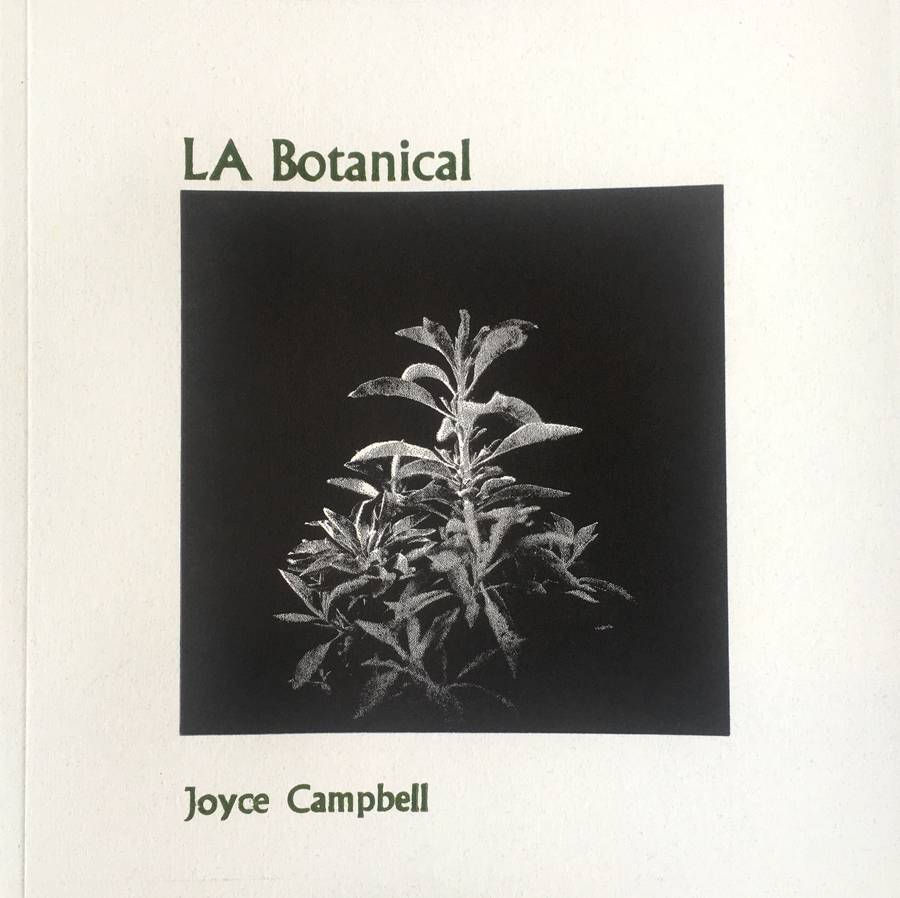
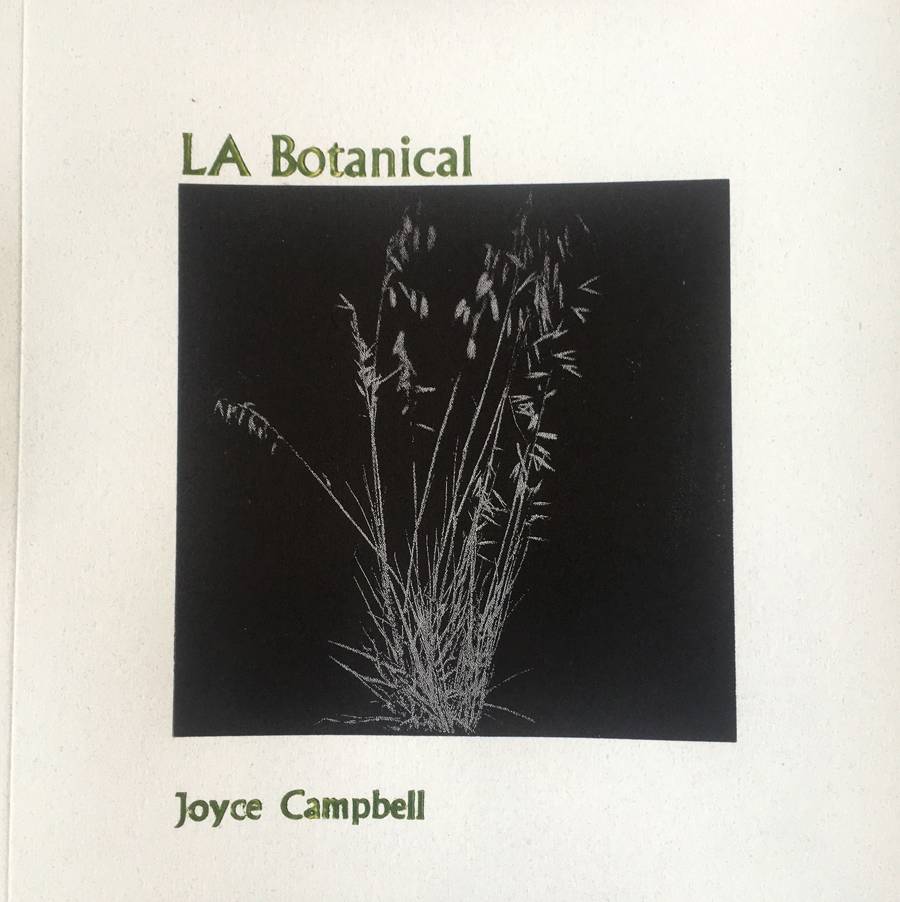

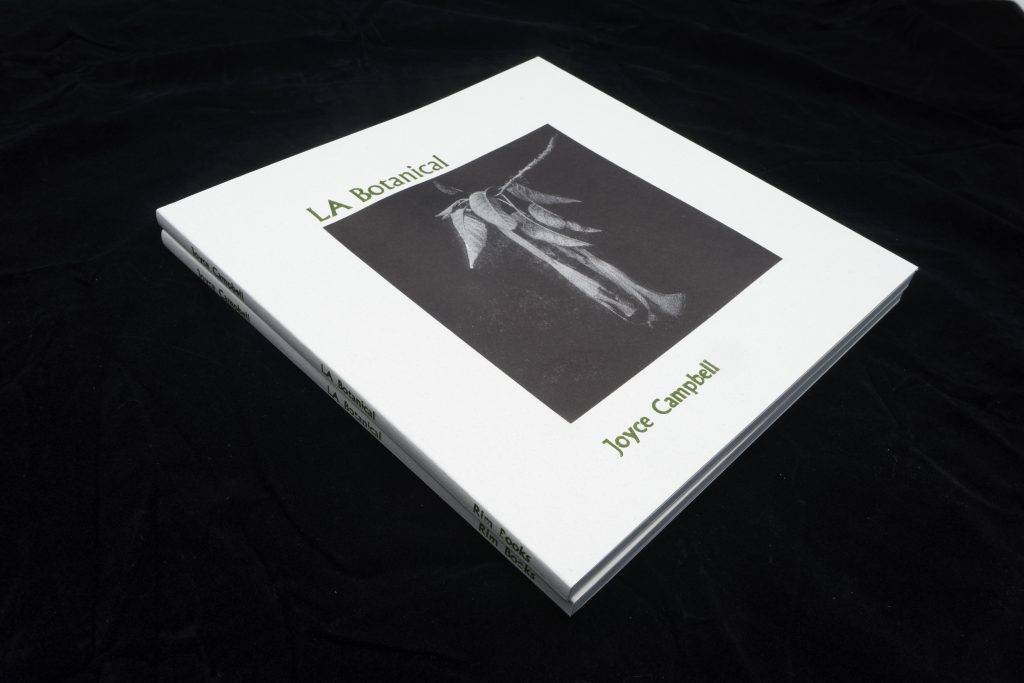
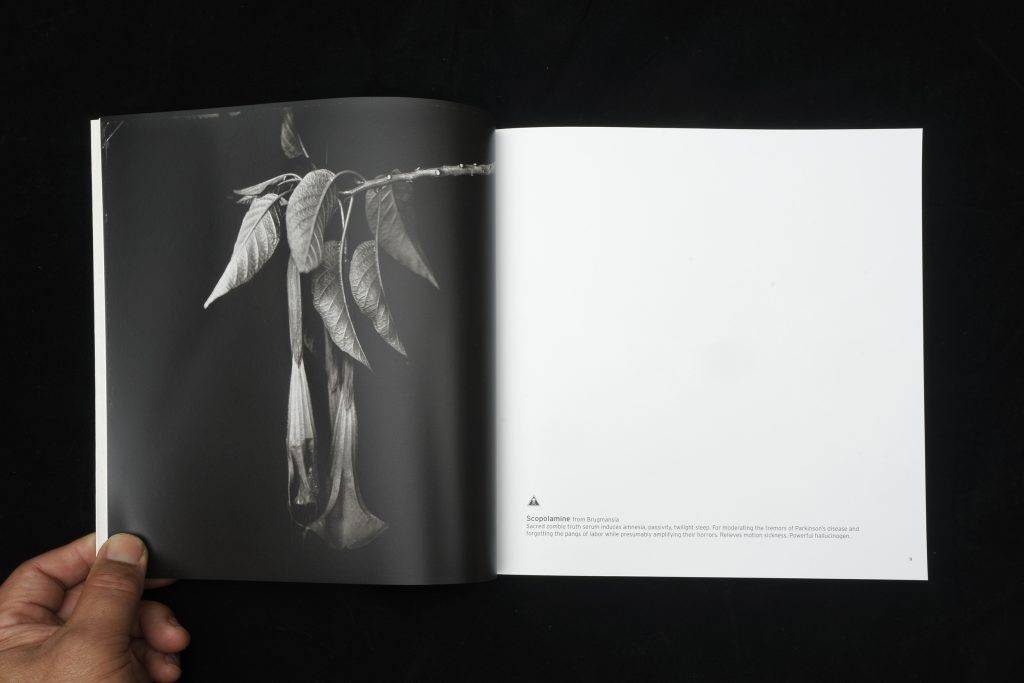
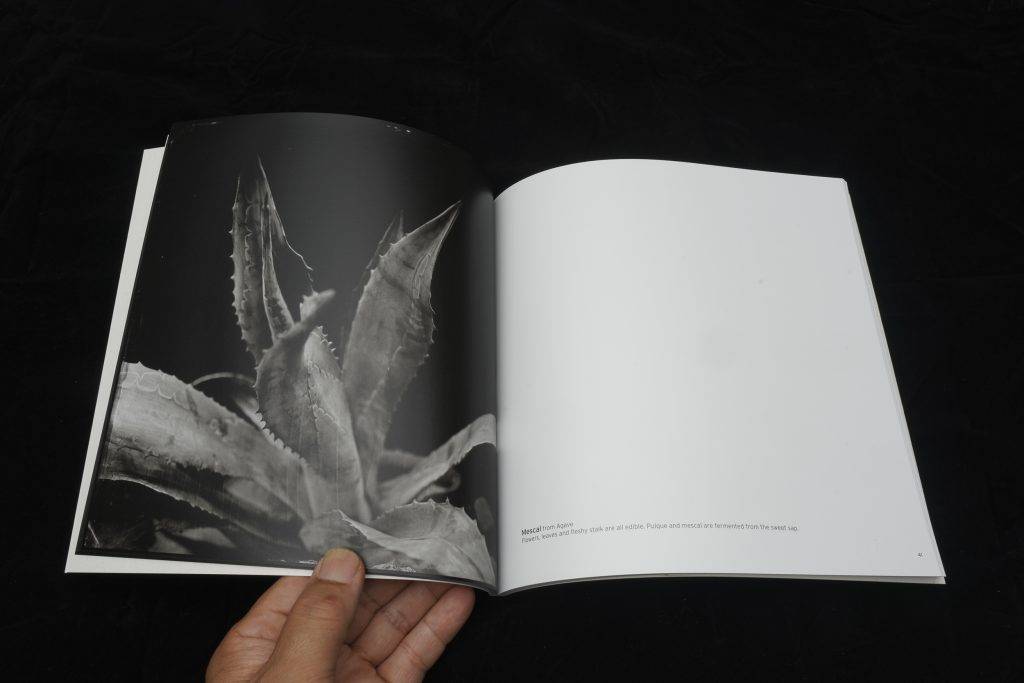
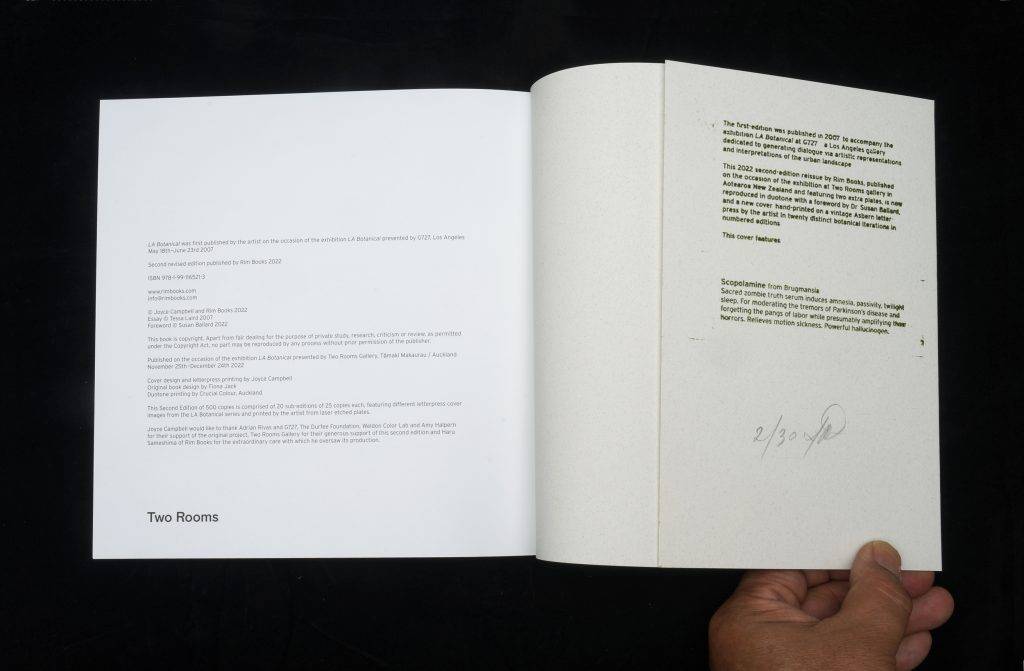
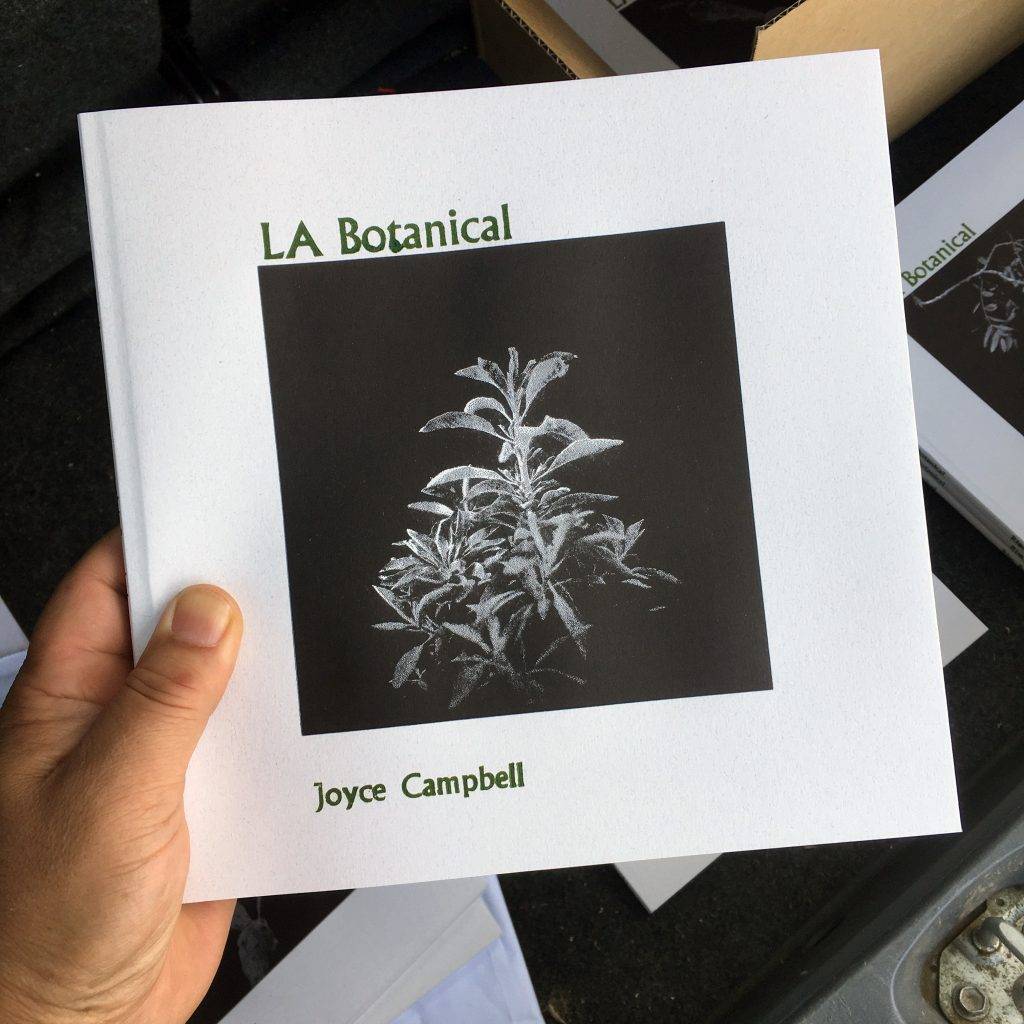


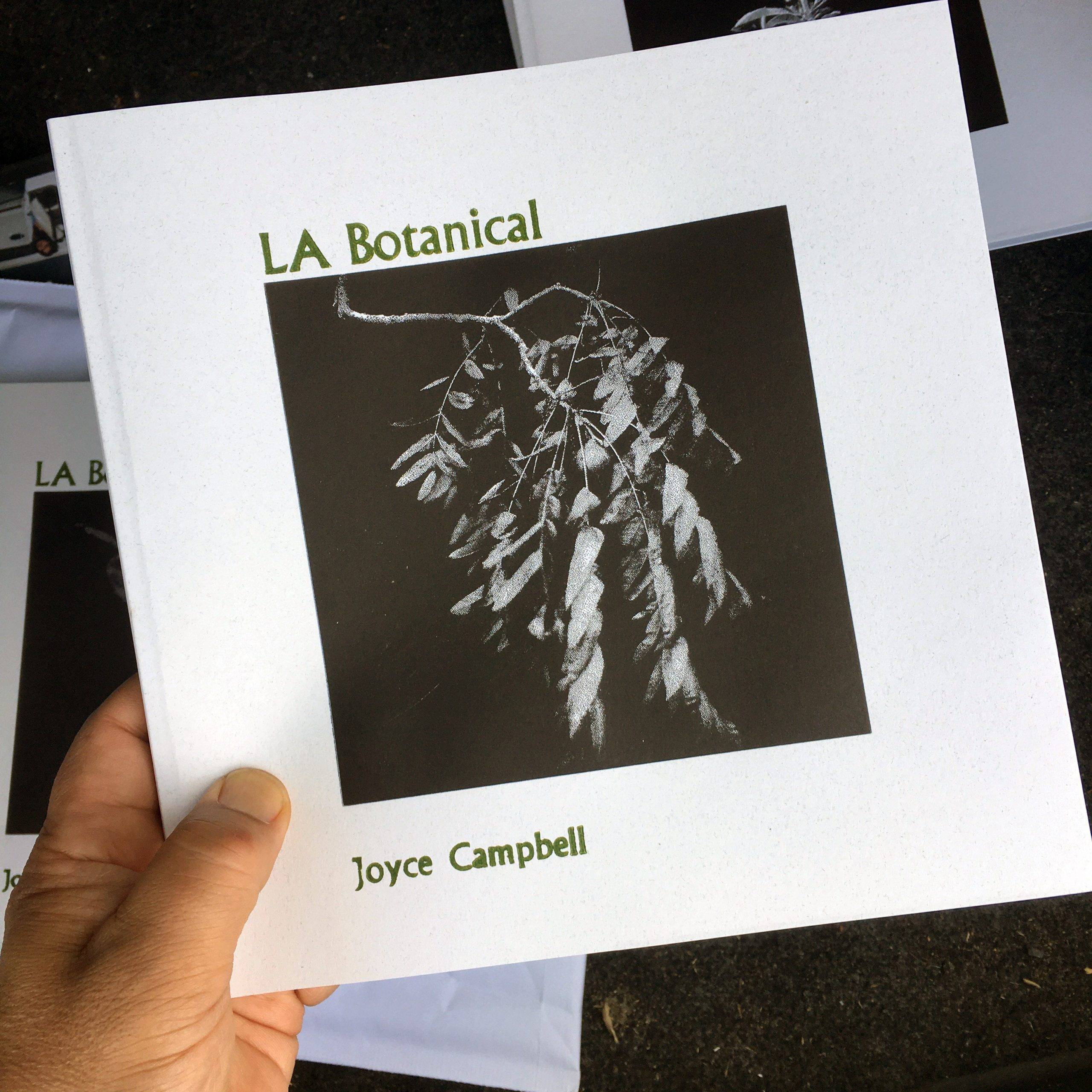
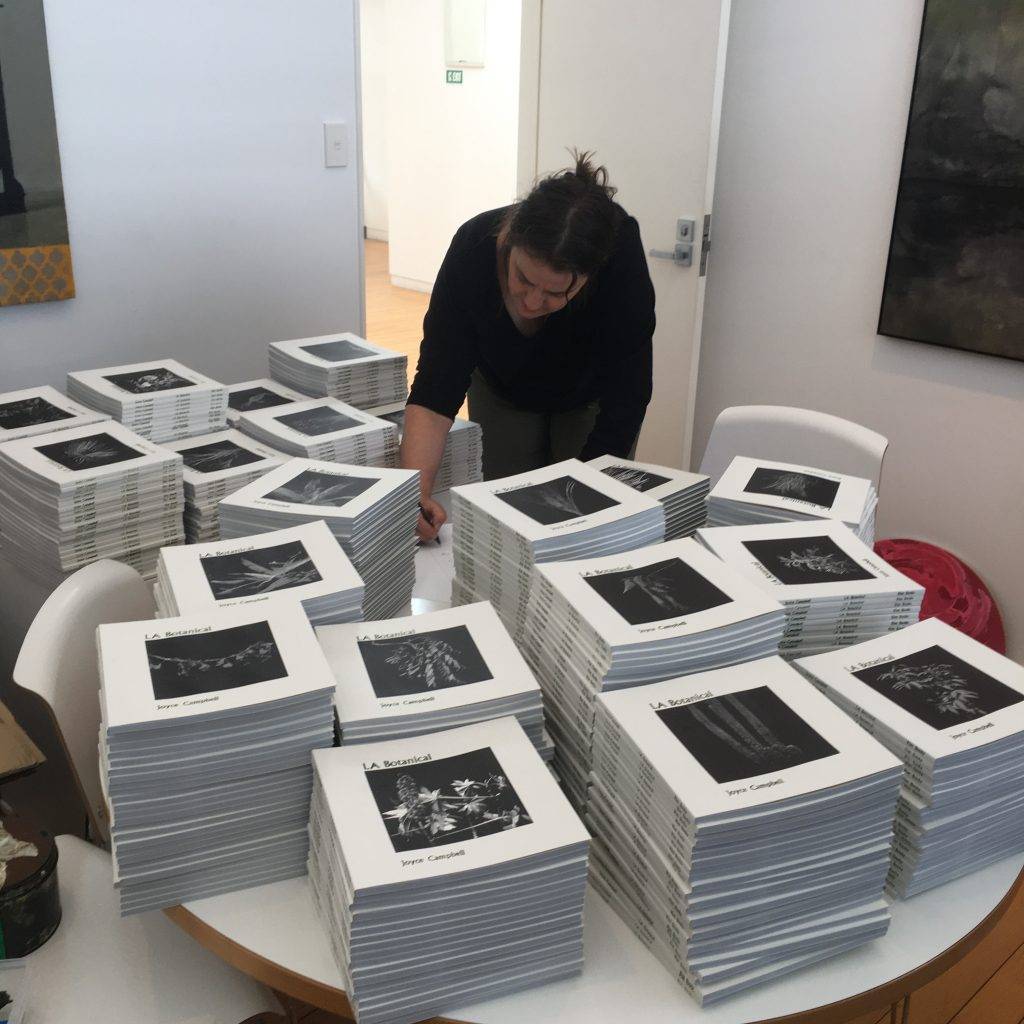
 Presented as an
Presented as an 